Realtek Semiconductor RTL8191SE 802.11b/g/n RTL8191SE miniCard User Manual QW6 MANUAL OK
Realtek Semiconductor Corp. 802.11b/g/n RTL8191SE miniCard QW6 MANUAL OK
Contents
User Manual 1
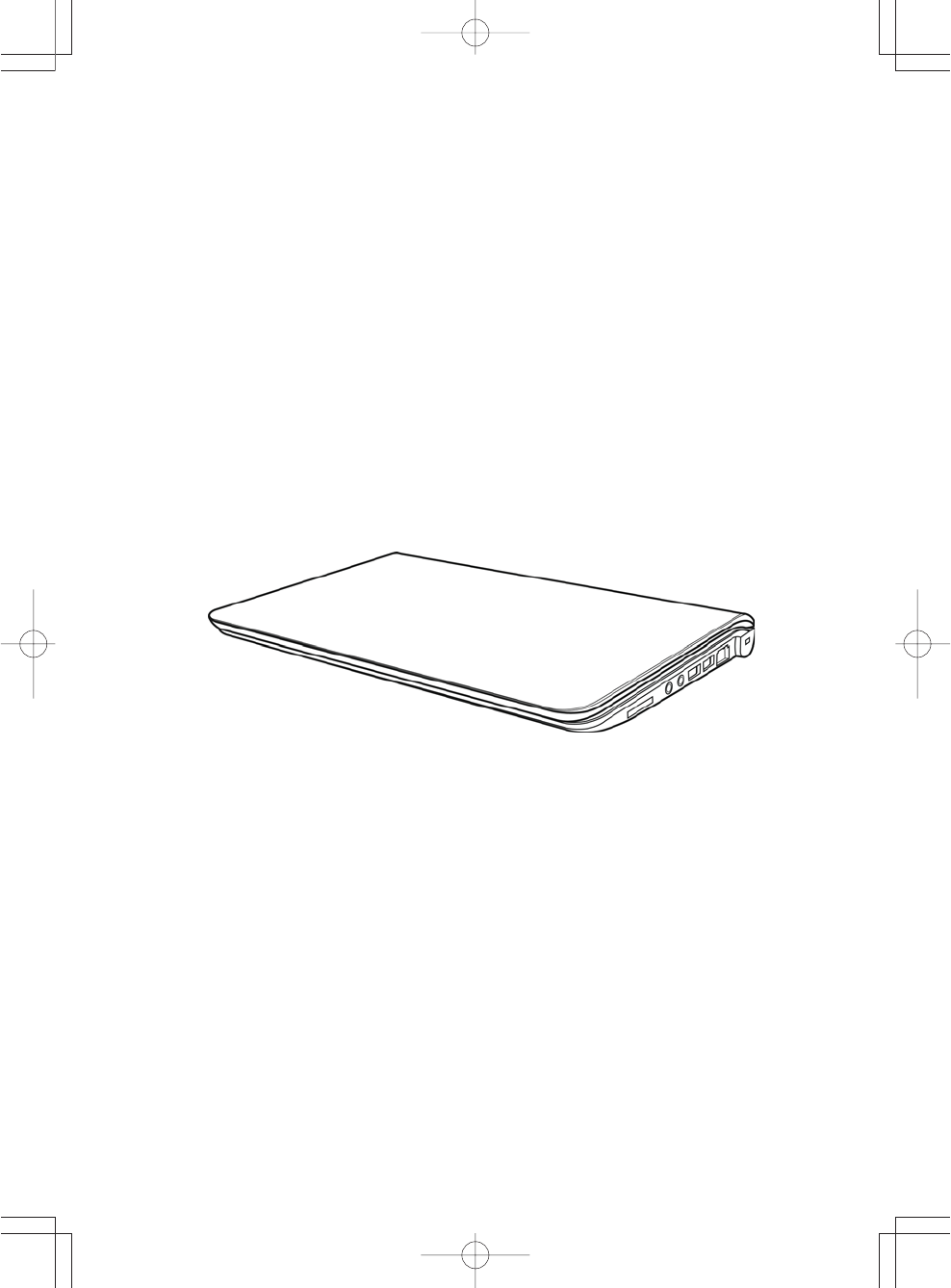
USER'S MANUAL
December 2009
ENGLISH
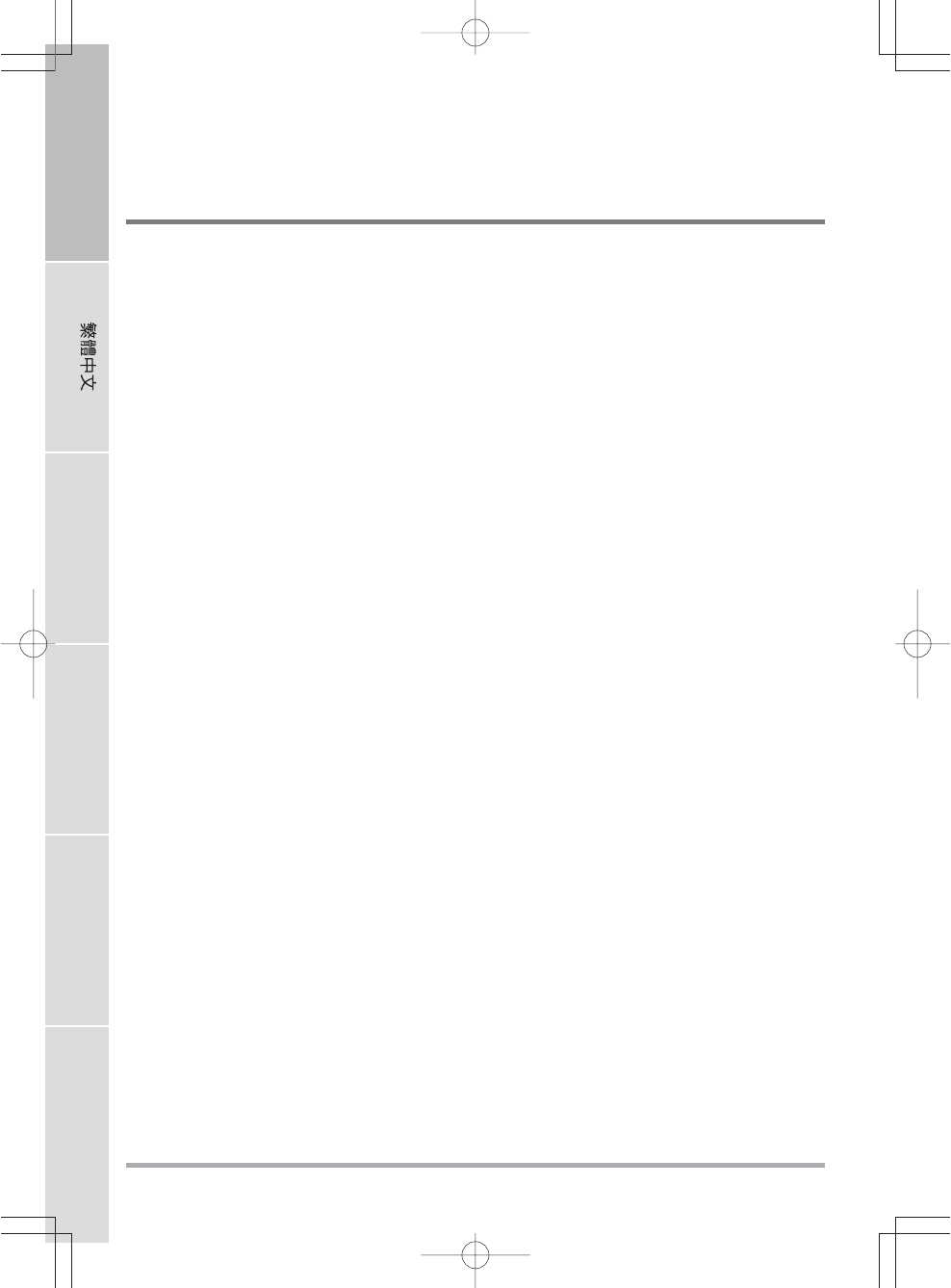
ENGLISH FRANÇAIS DEUTSCH ESPAÑOL ITALIANO
2
CONTENTS
BEFORE YOU START ............................................................................................. 5
Make sure you have everything ..................................................................................... 5
Familiarize yourself with the computer ........................................................................ 6
OPENING THE DISPLAY PANEL ................................................................................ 6
FRONT OVERVIEW .................................................................................................... 7
LEFT SIDE OVERVIEW .............................................................................................. 9
RIGHT SIDE OVERVIEW .......................................................................................... 10
BACK OVERVIEW ..................................................................................................... 11
BOTTOM OVERVIEW ................................................................................................ 12
GETTING STARTED ............................................................................................. 13
Power Sources ............................................................................................................. 13
CONNECTING THE POWER ADAPTERS ............................................................... 13
RECHARGING THE BATTERY ................................................................................. 14
Starting Your Notebook................................................................................................. 15
POWER ON .............................................................................................................. 15
Status Indicators ...................................................................................................... 16
Using Function Keys ................................................................................................ 18
Using the TouchPad................................................................................................. 19
TROUBLESHOOTING ........................................................................................... 20
Identifying the Problem................................................................................................. 20
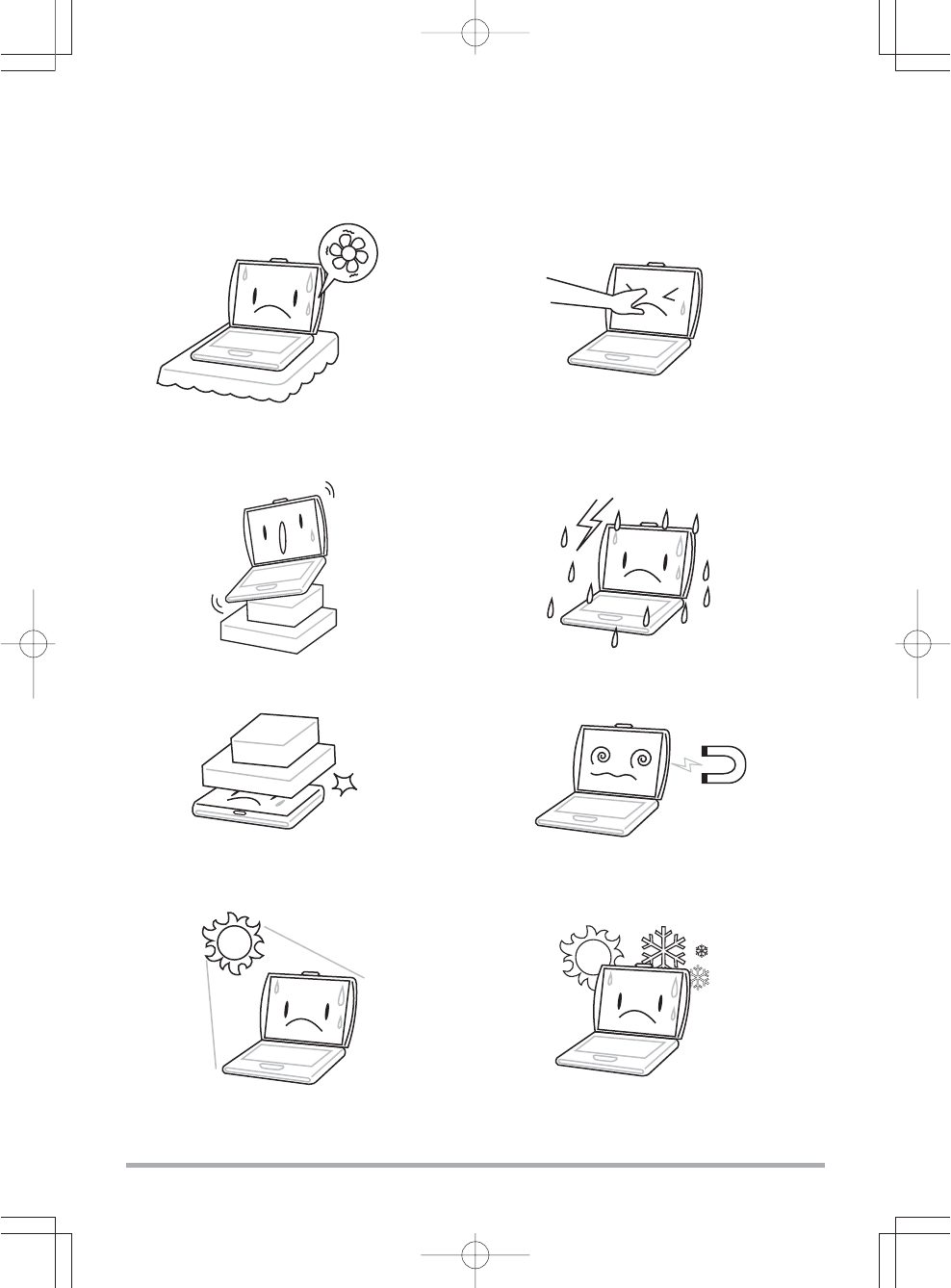
3
TAKING CARE OF YOUR NOTEBOOK PC
DO NOT place or drop objects on the computer
and DO NOT apply heavy pressure on it.
DO NOT subject the computer to magnetic
fields.
To prevent possible overheating of the computer's
processor, make sure you don't block the open-
ings provided for ventilation.
DO NOT press or touch the display panel.
DO NOT place on uneven or unstable work
surfaces.
DO NOT use your notebook computer under
harsh conditions.
DO NOT expose to direct sunlight. DO NOT use or store in extreme temperatures.
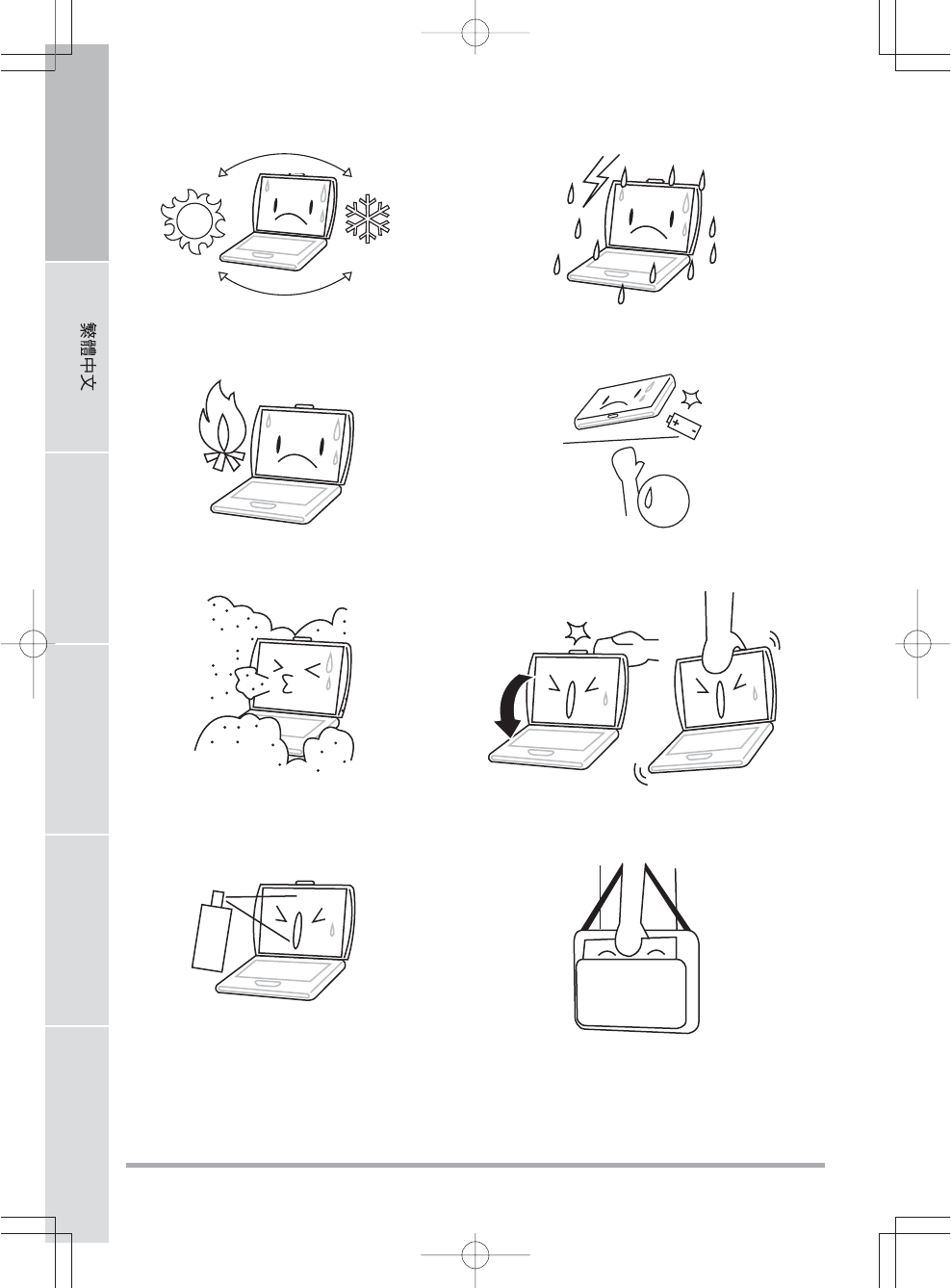
ENGLISH FRANÇAIS DEUTSCH ESPAÑOL ITALIANO
4
DO NOT expose to dust and/or corrosive
chemicals.
DO NOT spray water or any other cleaning fluids
directly on the display.
DO NOT slam your notebook shut and never
pick up or hold your notebook by the display.
If you are traveling with your computer, remem-
ber to carry it as hand luggage. Do not check it in
as baggage.
DO NOT place near fire or other sources of heat. DO NOT tamper with the batteries. Keep them
away from children.
Avoid sudden changes in temperature or humidity
by keeping it away from A/C and heating vents.
DO NOT expose the computer to rain or
moisture.
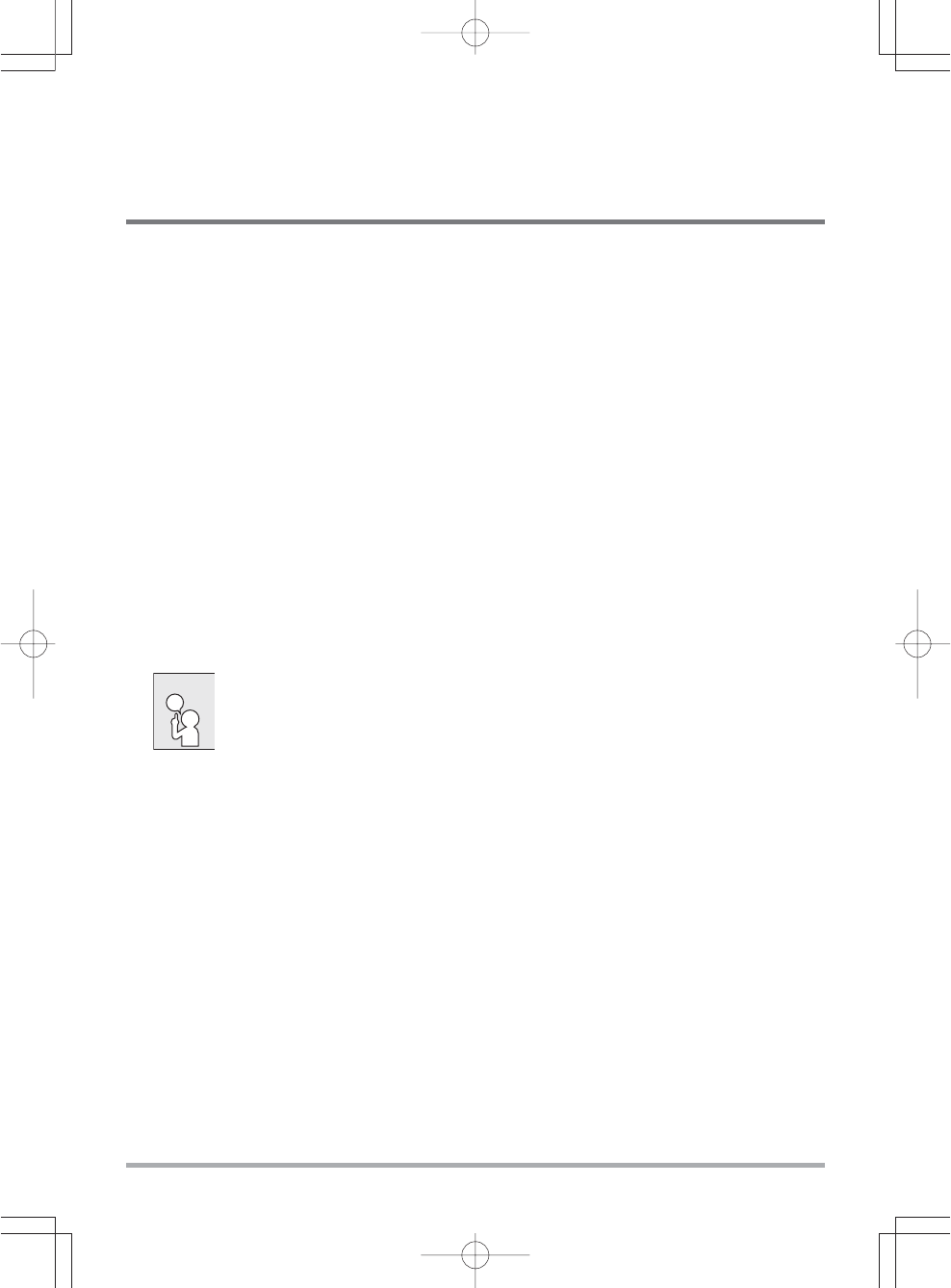
5
BEFORE YOU START
Make sure you have everything
When you receive your notebook PC, unpack it carefully and check to make sure you have all the
items listed below. For a pre-configured model you should have the following:
• Notebook Computer
• Lithium-Ion battery
• AC adapter with power cord
• Driver and Applications CD
• Quick Start Guide or User Guide
Depending on the configuration of your notebook, you may also need the following items:
• Dual DVD+/-RW Application Disc
• Super Multi DVD RW Application Disc
• Blu-ray/DVD RW Application Disc
Once you have checked and confirmed that your notebook system is complete, read through the
following pages to learn about all of your notebook components.
Depending on the model you purchased, the actual appearance of your note-
book may vary from that shown in this manual.
NOTE
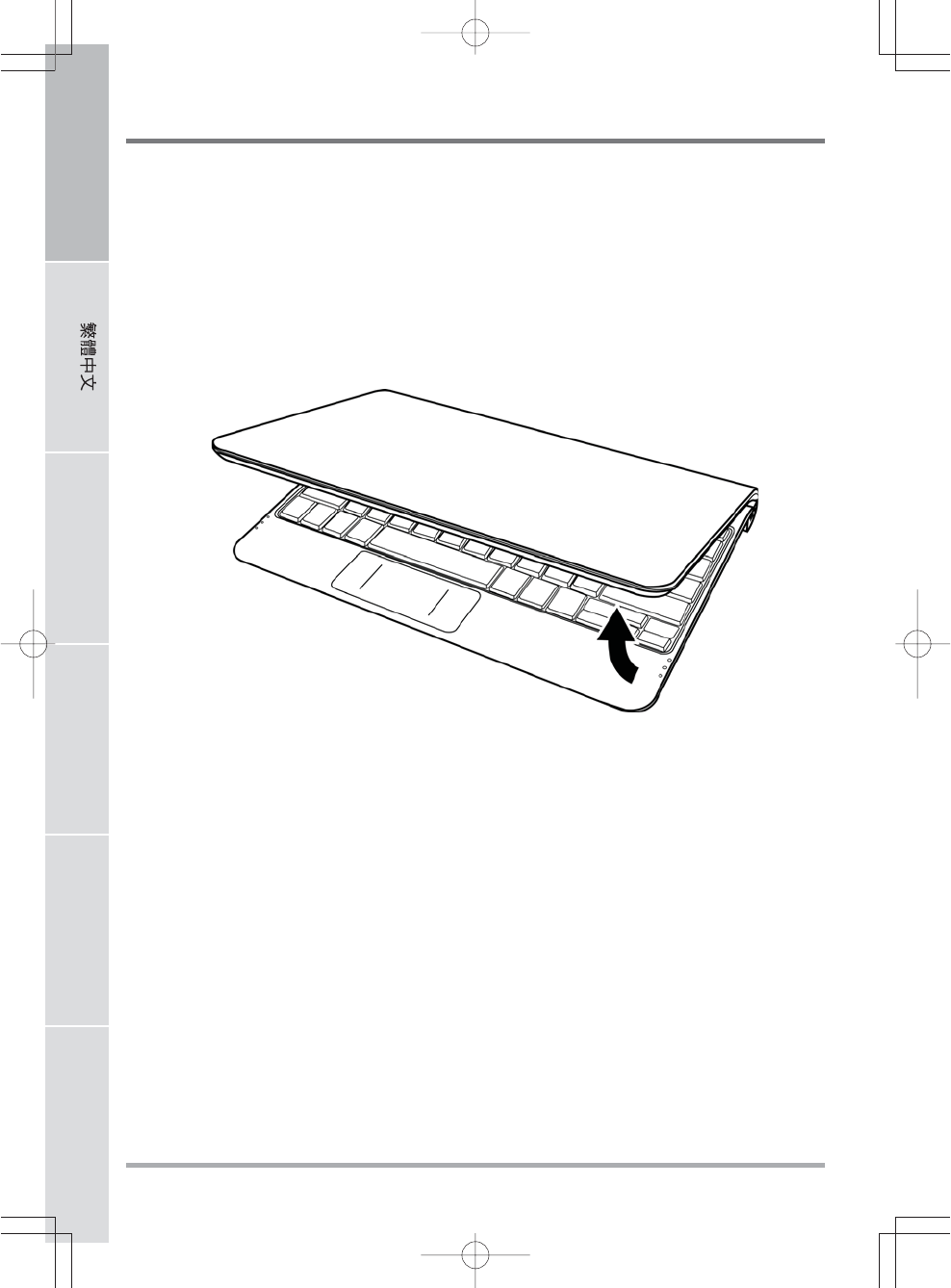
ENGLISH FRANÇAIS DEUTSCH ESPAÑOL ITALIANO
BEFORE YOU START
6
Familiarize yourself with the computer
OPENING THE DISPLAY PANEL
To open the display panel, simply lift the lid up.
When closing it, be sure not to slam it shut.
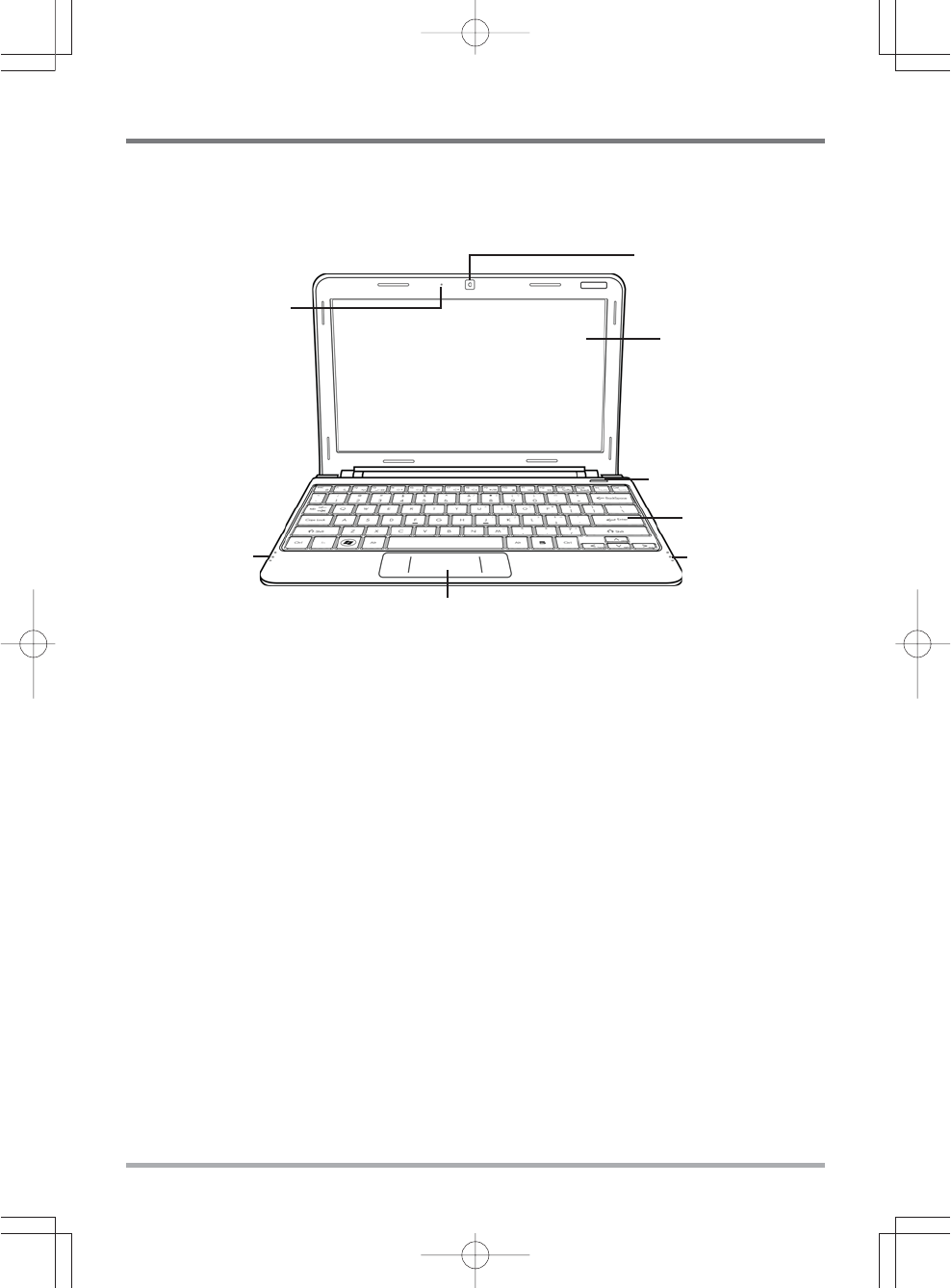
BEFORE YOU START
7
Display Panel
TouchPad Pointing Device
Suspend / Power On
Button
Keyboard
Status Indicator
Lights
Status Indicator
Lights
Microphone
FRONT OVERVIEW
The following is an overview of the front of the notebook.
Camera
Camera
The built-in 0.3 or 1.3 megapixel camera allows you to snap a photo or create a video chat or video
conference with just a click.
Display Panel
The display panel is a color LCD panel with back lighting for the display of text and graphics.
Suspend/ Power On Button
This button turns your notebook on and off or puts it to sleep. (See Suspend/Power On Button
in the Power On section for more information.)
Keyboard
A full-size keyboard with dedicated Windows® keys.
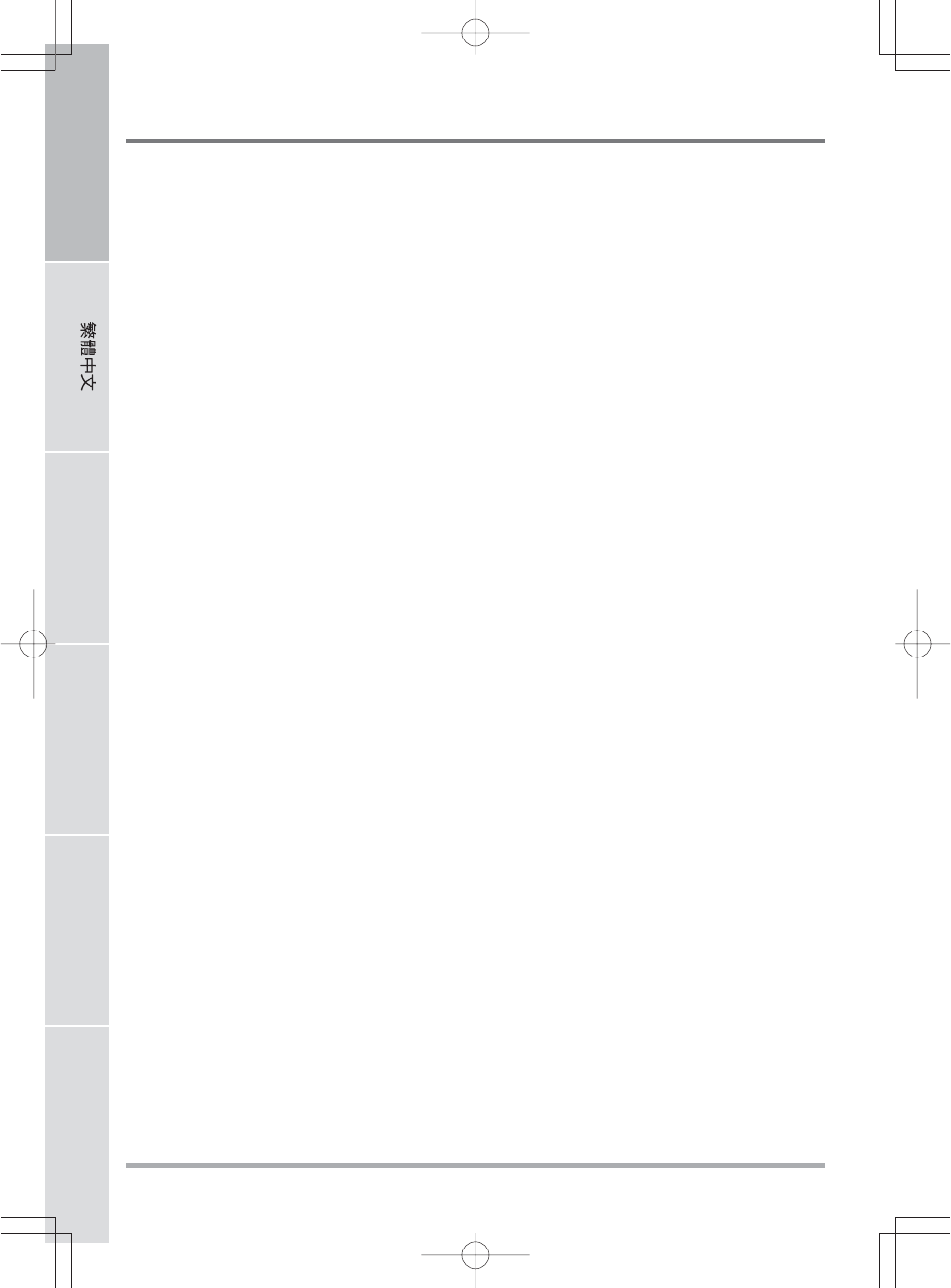
ENGLISH FRANÇAIS DEUTSCH ESPAÑOL ITALIANO
BEFORE YOU START
8
Status Indicator Lights
The Status indicator lights correspond to specific operating modes. These modes are: Power on/
Suspend status, battery/AC adapter status, hard drive activity (HDD), Num Lock, Caps Lock,
and wireless transmission activity.
TouchPad Pointing Device
The TouchPad pointing device is a mouse-like cursor control with two buttons and a touch
sensitive movement pad.
Microphone
The built-in microphone allows for the reception and transmission of voice and/or other audio data
to any program capable of accepting such input.
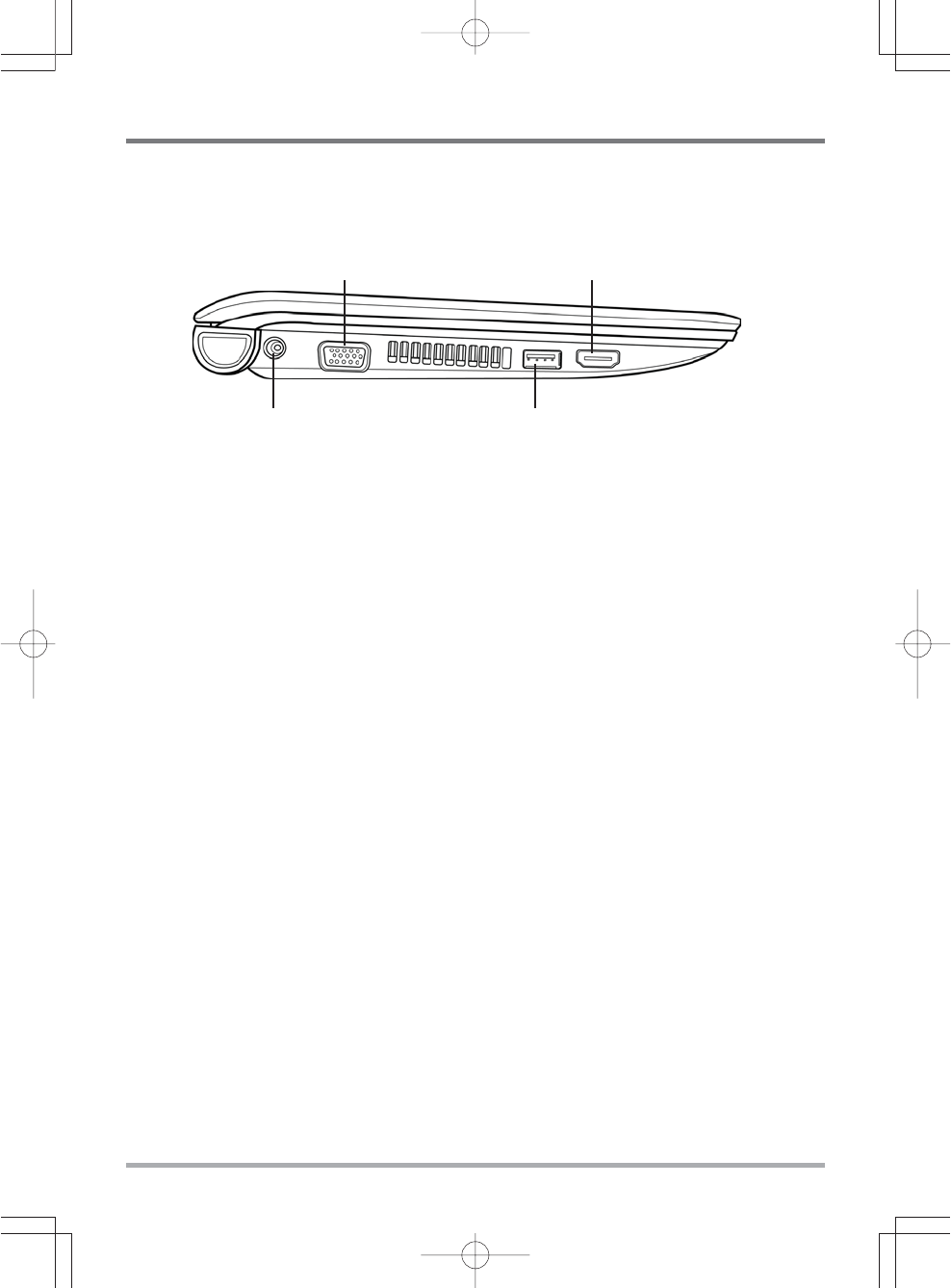
BEFORE YOU START
9
HDMI Port
Power Adapter Port
The power adapter port allows you to plug in the AC adapter to power your notebook and charge
the internal Lithium-Ion battery.
External Monitor Port
The external monitor port allows you to connect an external monitor.
USB Port
The USB port allows you to connect Universal Serial Bus devices. It supports v2.0 of the USB
standard, which allows data exchange rates as high as 480 Mb/s.
HDMI Port
The HDMI port allows you to connect a video device such as a television, a projector, or a VCR.
External Monitor Port
Power Adapter Port USB Port
LEFT SIDE OVERVIEW
The following is a brief description of the left side of the notebook.
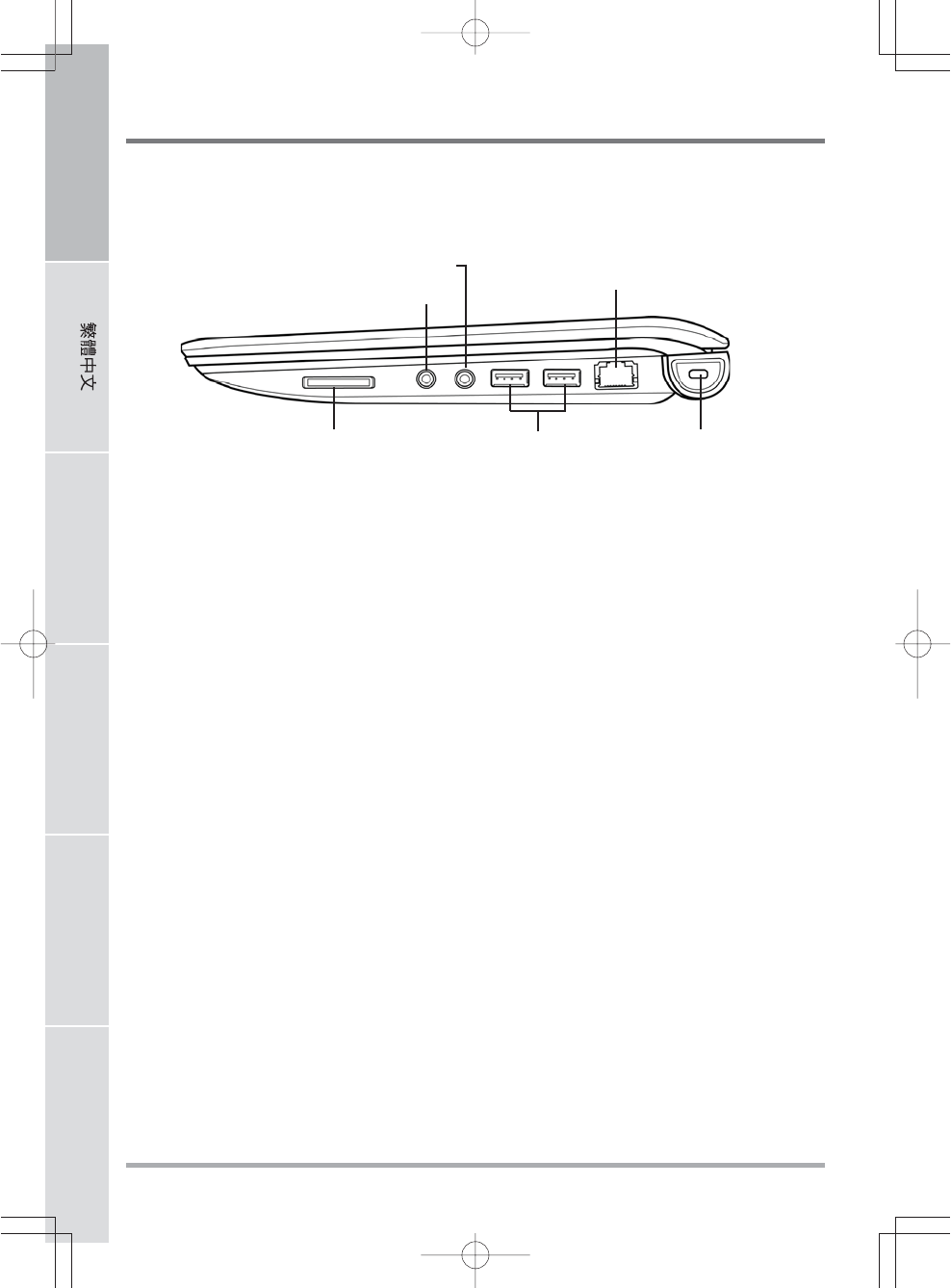
ENGLISH FRANÇAIS DEUTSCH ESPAÑOL ITALIANO
BEFORE YOU START
10
Microphone Jack LAN (RJ-45) Port
Memory Card Reader
The memory card reader offers the fastest and most convenient method to transfer pictures, music
and data between your notebook and flash compatible devices such as digital cameras, MP3
players, mobile phones, and PDAs.
Headphone Jack
The headphone jack allows you to connect headphones or external speakers and amplifiers.
Microphone Jack
The microphone jack allows you to connect an external microphone.
USB Ports
The USB ports allow you to connect Universal Serial Bus devices. They support v2.0 of the USB
standard, which allows data exchange rates as high as 480 Mb/s.
LAN (RJ-45) Port
The LAN port is designed to support a 10/100 Base-T standard RJ-45 plug.
RIGHT SIDE OVERVIEW
The following is a brief description of the right side of the notebook.
Headphone Jack
Memory Card Reader Kensington Lock SlotUSB Ports
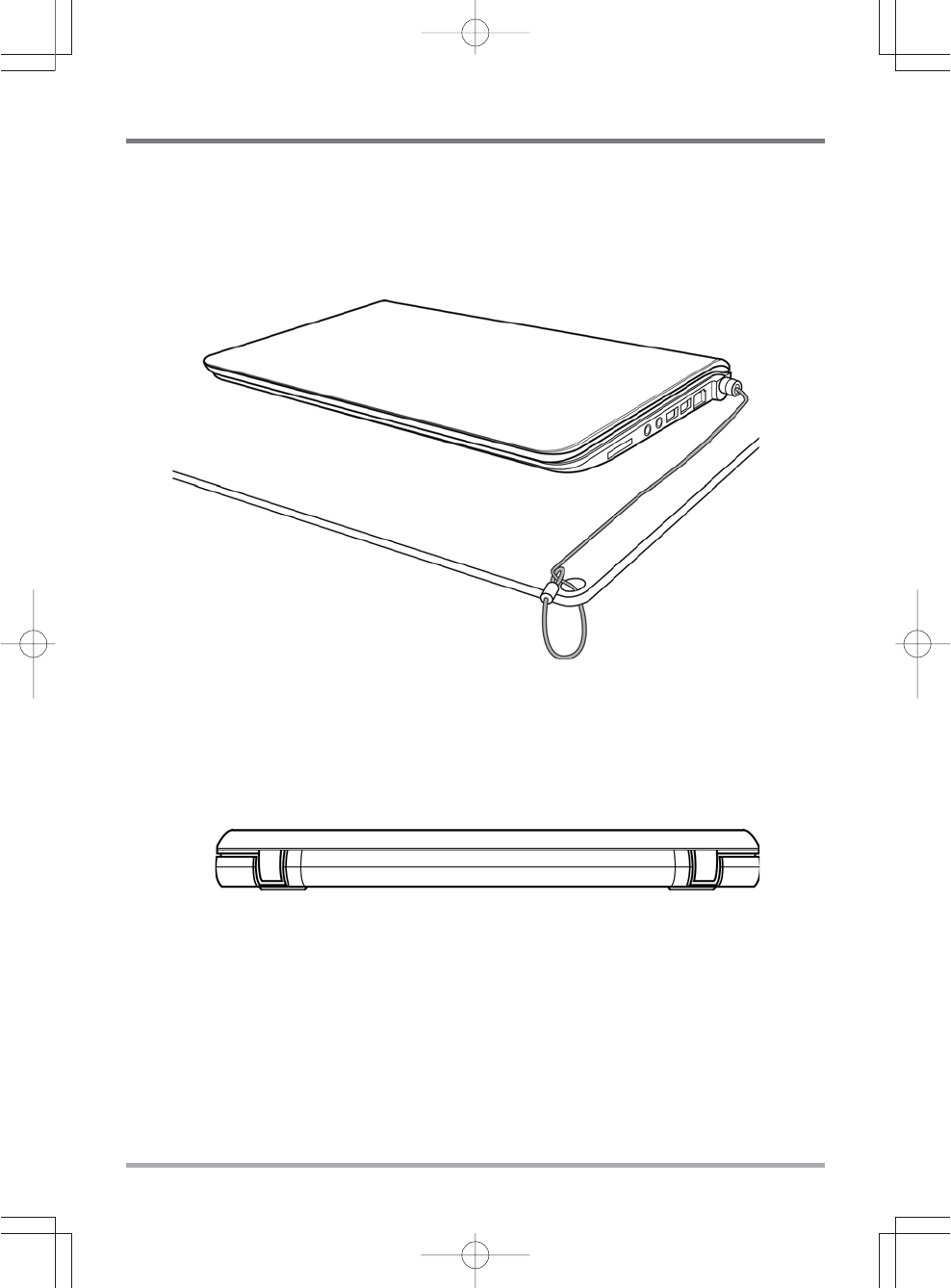
BEFORE YOU START
11
BACK OVERVIEW
The following is an overview of the back of the notebook.
Kensington Lock Slot
The Kensington lock slot allows you to secure your notebook to an immovable object with an
optional security cable.
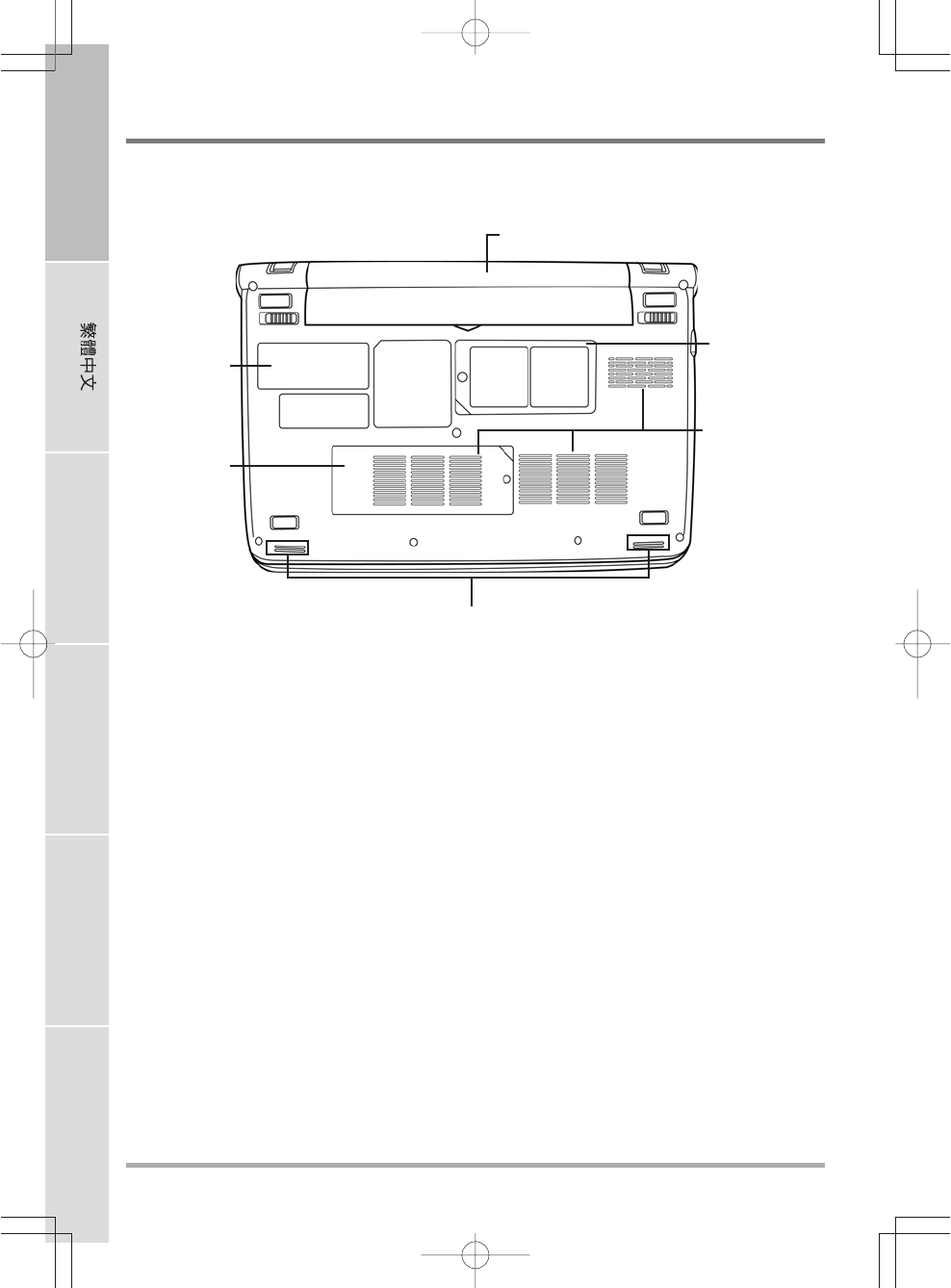
ENGLISH FRANÇAIS DEUTSCH ESPAÑOL ITALIANO
BEFORE YOU START
12
Lithium-Ion Battery Bay
Compartment
Cover
Rating Label
Stereo Speakers
Compartment
Cover
Fan Outlets
BOTTOM OVERVIEW
The following is an overview of the bottom of the notebook.
Lithium-Ion Battery Bay
The battery bay contains the internal Lithium-Ion battery. It can be opened for the removal of the
battery when stored over a long period of time or for swapping a discharged battery with a
charged Lithium-Ion battery.
Compartment Covers
The Wi-Fi compartment contains the Wireless LAN card and the 3G module (Not available in all
configurations). The memory compartment contains the computer's memory module.
Fan Outlets
These are open ports for the fan to dissipate heat from the computer's internal components. Do
not block or place the computer in such a position that you inadvertently allow the outlets to
become blocked.
Stereo Speakers
The built-in dual speakers allow for stereo sound.
Rating Label
The label shows the model number and other information about your notebook.
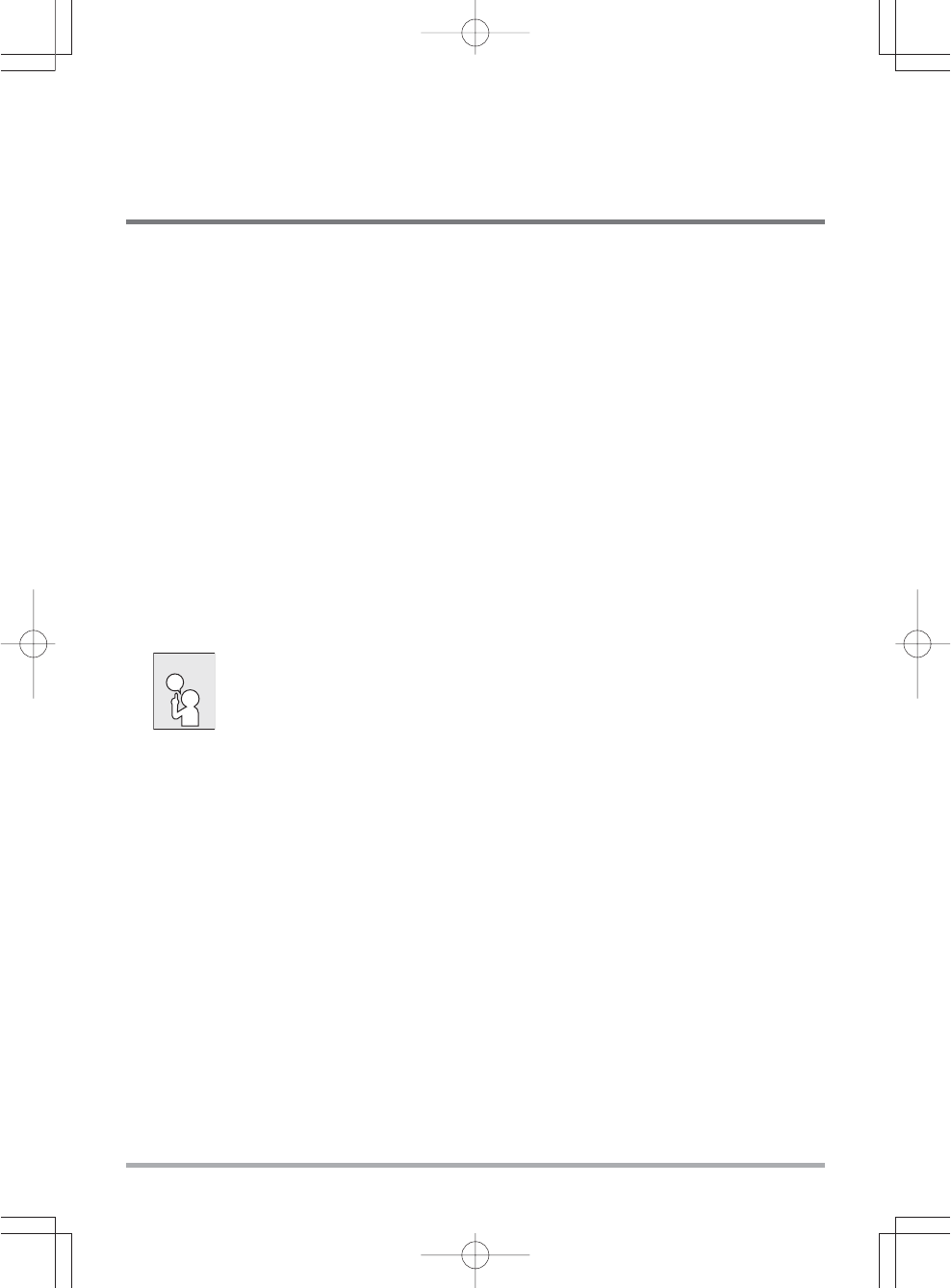
13
GETTING STARTED
Power Sources
Your computer has two types of power sources: a Lithium-Ion battery or an AC adapter.
CONNECTING THE POWER ADAPTERS
The AC adapter provides power for operating your notebook PC and charging the battery.
Connecting the AC Adapter
1. Plug the DC output cable into the DC power jack of your notebook PC.
2. Plug the AC adapter into an AC electrical outlet.
Switching from AC Adapter Power to Battery Power
1. Be sure that you have at least one charged battery installed.
2. Remove the AC adapter. Your notebook will automatically switch from DC power to battery
power.
The Lithium-Ion battery is not charged upon purchase. Initially, you will need
to connect the AC adapter to use your notebook PC.
NOTE
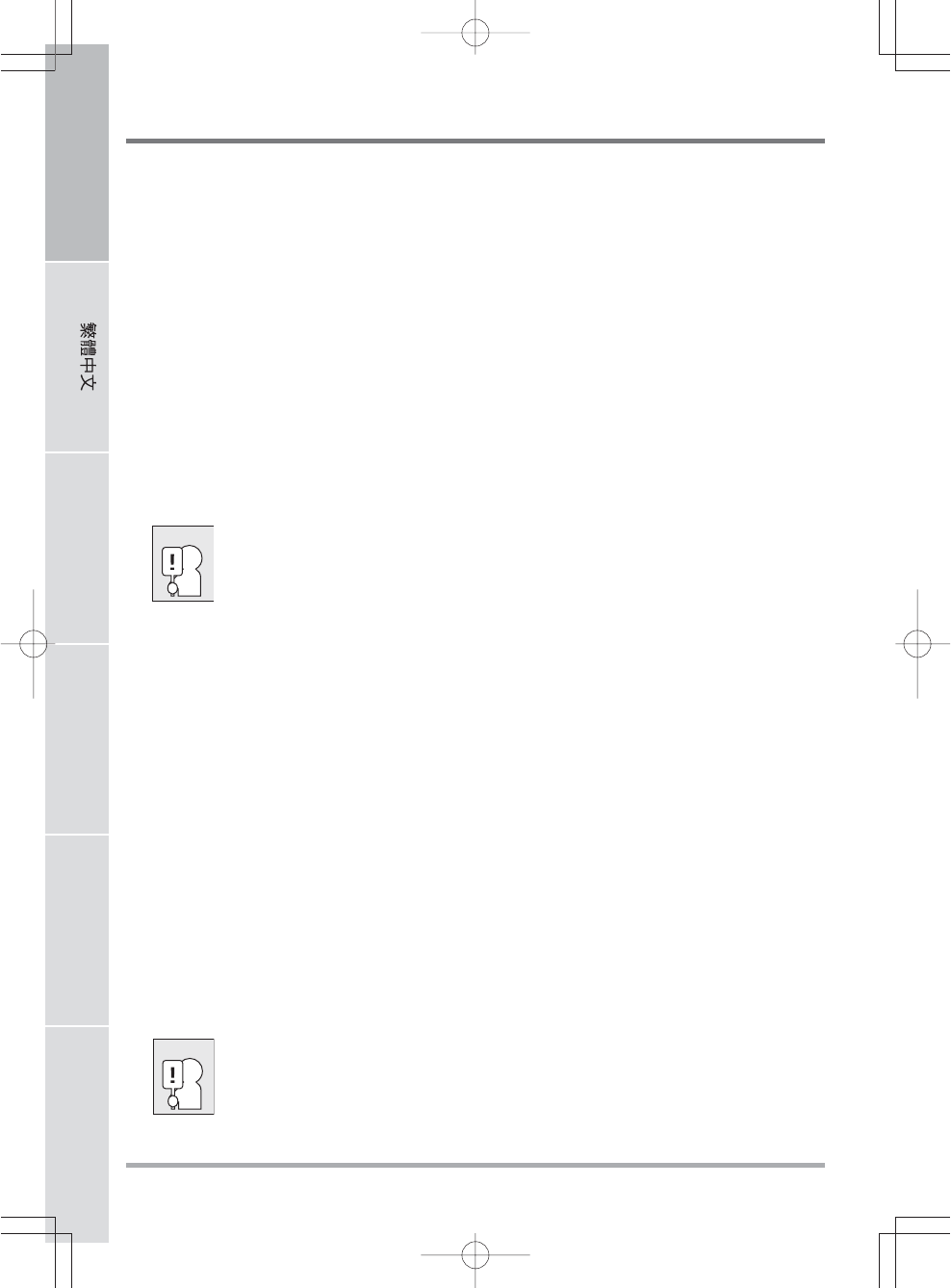
ENGLISH FRANÇAIS DEUTSCH ESPAÑOL ITALIANO
GETTING STARTED
14
RECHARGING THE BATTERY
The Lithium-Ion battery is recharged internally using the AC adapter. To recharge the battery,
make sure the battery is installed and the computer is connected to the AC adapter.
There is no "memory effect" in Lithium-Ion batteries; therefore you do not need to discharge the
battery completely before recharging. The charge times will be significantly longer if your note-
book PC is in use while the battery is charging. If you want to charge the battery more quickly,
put your computer into Suspend mode or turn it off while the adapter is charging the battery.
Low Battery State
When the battery charge is low, a notification message appears. If you do not respond to the low
battery message, the battery continues to discharge until it is too low to operate. When this
happens, your notebook PC goes into Suspend mode. There is no guarantee your data will be
saved once the notebook reaches this point.
To protect your notebook from damage, use only the power adapter that came
with it because each power adapter has its own power output rating.
Once your notebook PC goes into Suspend mode as a result of a dead battery, you will be unable
to resume operation until you provide a source of power either from an adapter or a charged
battery. Once you have provided power, you can press the Suspend/ Resume button to resume
operation. In Suspend mode, your data is maintained for some time, but if a power source is not
provided promptly, the Power indicator stops flashing and then goes out, in which case you have
lost the data that was not saved. Once you provide power, you can continue to use your com-
puter while an adapter charges the battery.
Battery Replacement
There is danger of explosion if an incorrect battery type is used for replacement. For computers
equipped with a replaceable lithium-ion battery pack, the following applies:
- if the battery is placed in an OPERATOR ACCESS AREA, there shall be a marking close to
the battery, or a statement in both the operating and the servicing instructions;
- if the battery is placed elsewhere in the computer, there shall be a marking close to the battery
or a statement in the servicing instructions.
The marking or statement shall include the following or similar text:
Risk of explosion if battery is replaced with an incorrect type. Dispose of used
batteries according to the instructions.
CAUTION
CAUTION
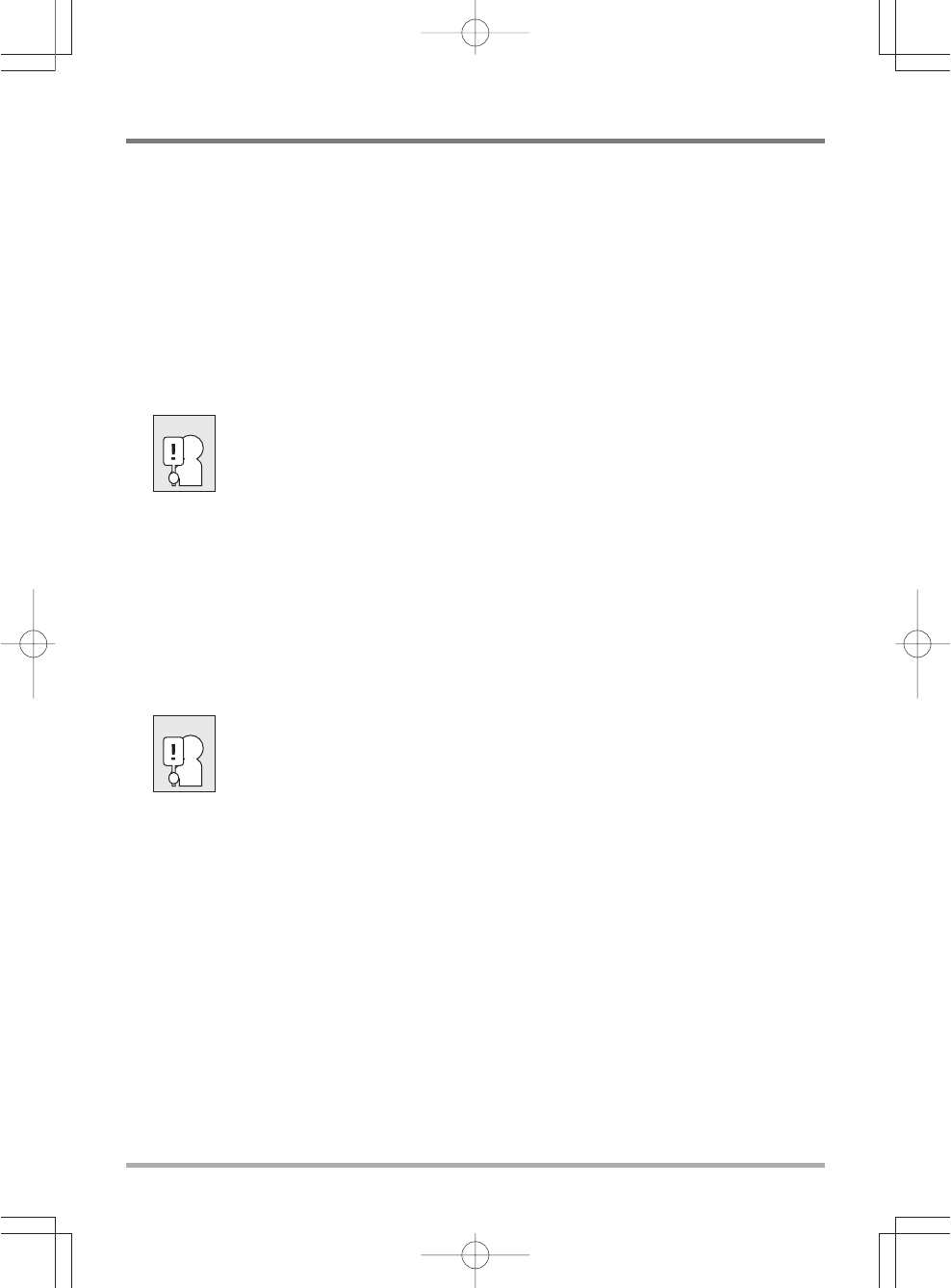
GETTING STARTED
15
Starting Your Notebook
POWER ON
Suspend/Power On Button
The suspend/power on switch is used to turn on your notebook from its off state. Once you have
connected your AC adapter or charged the internal Lithium-Ion battery, you can power on your
notebook by pressing the suspend/power on button located above the keyboard. If you need to
take an extended break, press the button again to turn it off.
Do not carry your notebook around with the power on or subject it to shocks or
vibration, as you risk damaging the hard disk.
When you power on your notebook, it will perform a Power On Self Test (POST) to check the
internal parts and configuration for correct functionality. If a fault is found, your computer emits
an audio warning and/or displays an error message.
Depending on the nature of the problem, you may be able to continue by starting the operating
system or by entering the BIOS setup utility and revising the settings.
After satisfactory completion of the Power On Self Test (POST), your notebook loads the
installed operating system.
Never turn off your notebook during the Power On Self Test (POST), or an
unrecoverable error may occur.
CAUTION
CAUTION
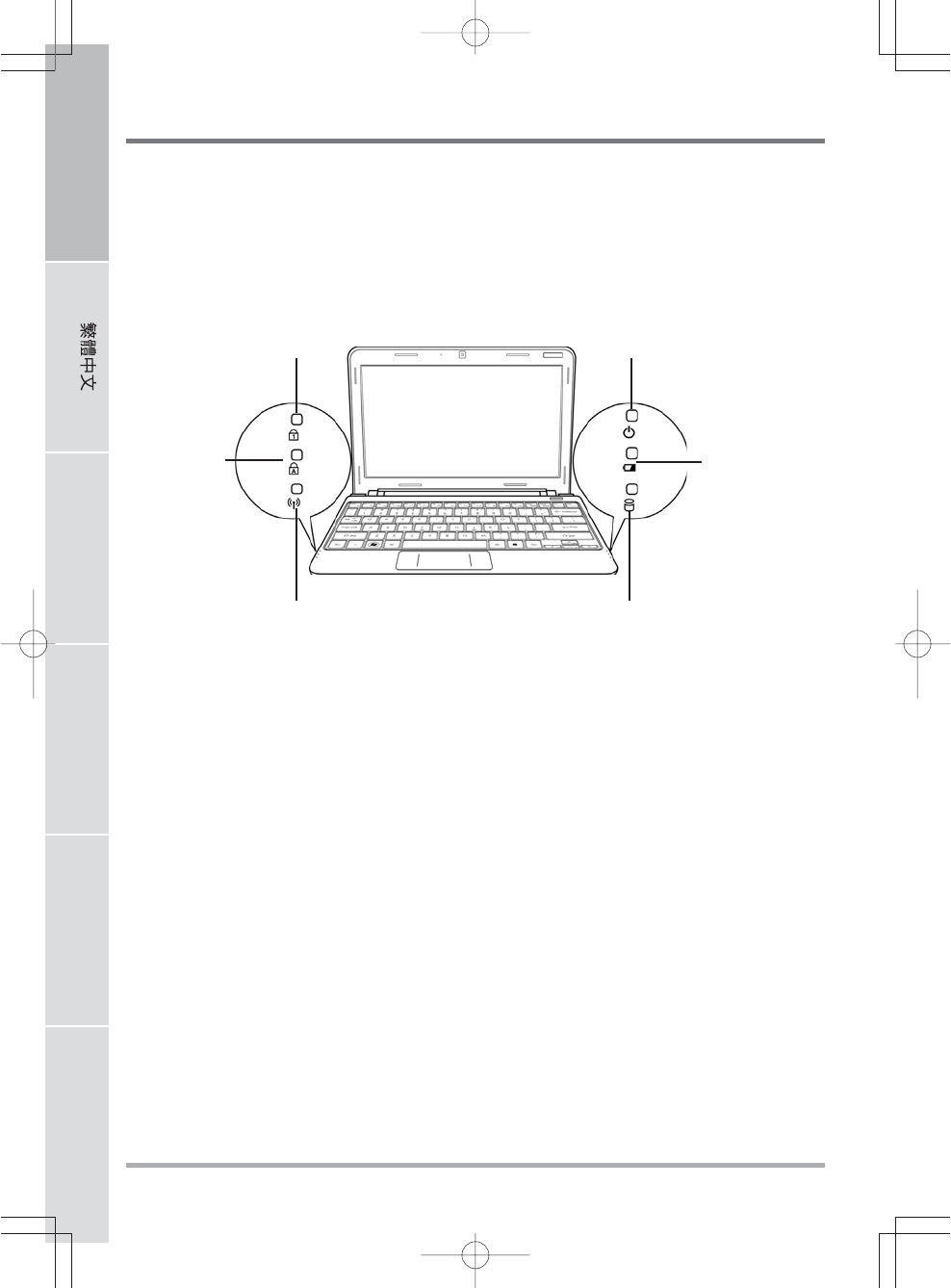
ENGLISH FRANÇAIS DEUTSCH ESPAÑOL ITALIANO
GETTING STARTED
16
Wireless Transmission
Activity Indicator
Power On/Suspend Status
Indicator
Num Lock
Indicator
Battery Indicator
Caps Lock
Indicator
Hard Disk Drive (HDD) Activity
Indicator
Status Indicators
The status indicator lights correspond to specific operating modes. These modes are: Power on/
Suspend status, Battery/AC Adapter status, hard drive activity (HDD), Num Lock, Caps Lock,
and wireless transmission activity.
Power On/Suspend Status Indicator
This light illuminates when the computer is powered on, and flashes when the computer is in the
Suspend mode.
Battery Indicator
The Battery indicator tells you whether the Lithium-Ion battery is charging or is already fully
charged.
• If you are charging your battery, the Battery indicator remains on even if your notebook is
shut off.
• If there is no battery activity, the power adapters are not connected, or the power switch is
Off, the Battery indicator will also be off.
• Batteries subjected to shocks, vibrations or extreme temperatures can be permanently damaged.

GETTING STARTED
17
Hard Disk Drive (HDD) Activity Indicator
The Hard Disk Drive (HDD) Activity indicator tells you whether your internal hard drive is being
accessed and, if so, how fast.
The Num Lock Indicator
This indicator shows when the internal keyboard is in ten-key numeric keypad mode.
The Caps Lock Indicator
This indicator tells you that the keyboard is set to type in all capital letters.
Wireless Transmission Activity Indicator
The Wireless Transmission Activity indicator tells you whether your computer is connected to a
Bluetooth/wireless network or not.
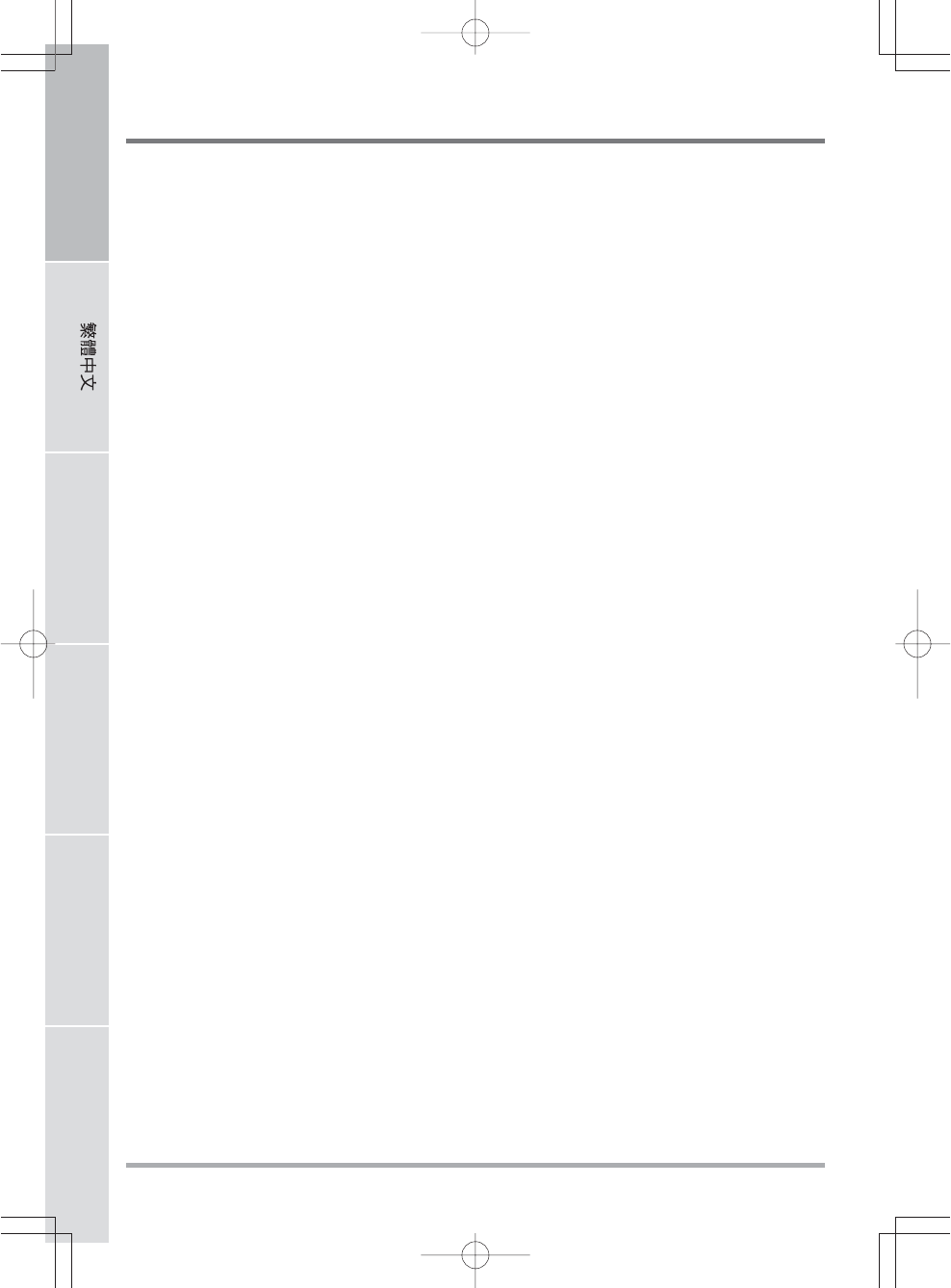
ENGLISH FRANÇAIS DEUTSCH ESPAÑOL ITALIANO
GETTING STARTED
18
Using Function Keys
Your computer has 12 function keys, F1 through F12. The functions assigned to these keys differ
for each application. You should refer to your software documentation to find out how these keys
are used.
The [FN] key provides extended functions for the notebook and is always used in conjunction
with another key.
• [FN+F1]: Places the notebook in Suspend mode. Pressing the Power button returns it to
active mode.
• [FN+F2]: Enables or disables the wireless network connection. Press this key combination
to enable Wireless LAN connection. Press and hold this key combination to enable 3G
network connection.
• [FN+F3]: Allows you to change your selection of where to send your display video. Each
time you press the combination of keys you will step to the next choice. The choices, in
order, are: built-in display panel only, both built-in display panel and external monitor, or
external monitor only.
• [FN+F4]: Decreases the screen Brightness.
• [FN+F5]: Increases the screen Brightness.
• [FN+F6]: Mutes the computer's volume.
• [FN+F7]: Decreases the computer's volume.
• [FN+F8]: Increases the computer's volume.
• [FN+F9]: Plays or pauses the current multimedia track.
• [FN+F10]: Stops the current multimedia track.
• [FN+F11]: Goes to the previous multimedia track.
• [FN+F12]: Goes to the next multimedia track.
• [FN+Esc]: Enables or disables the Bluetooth function.
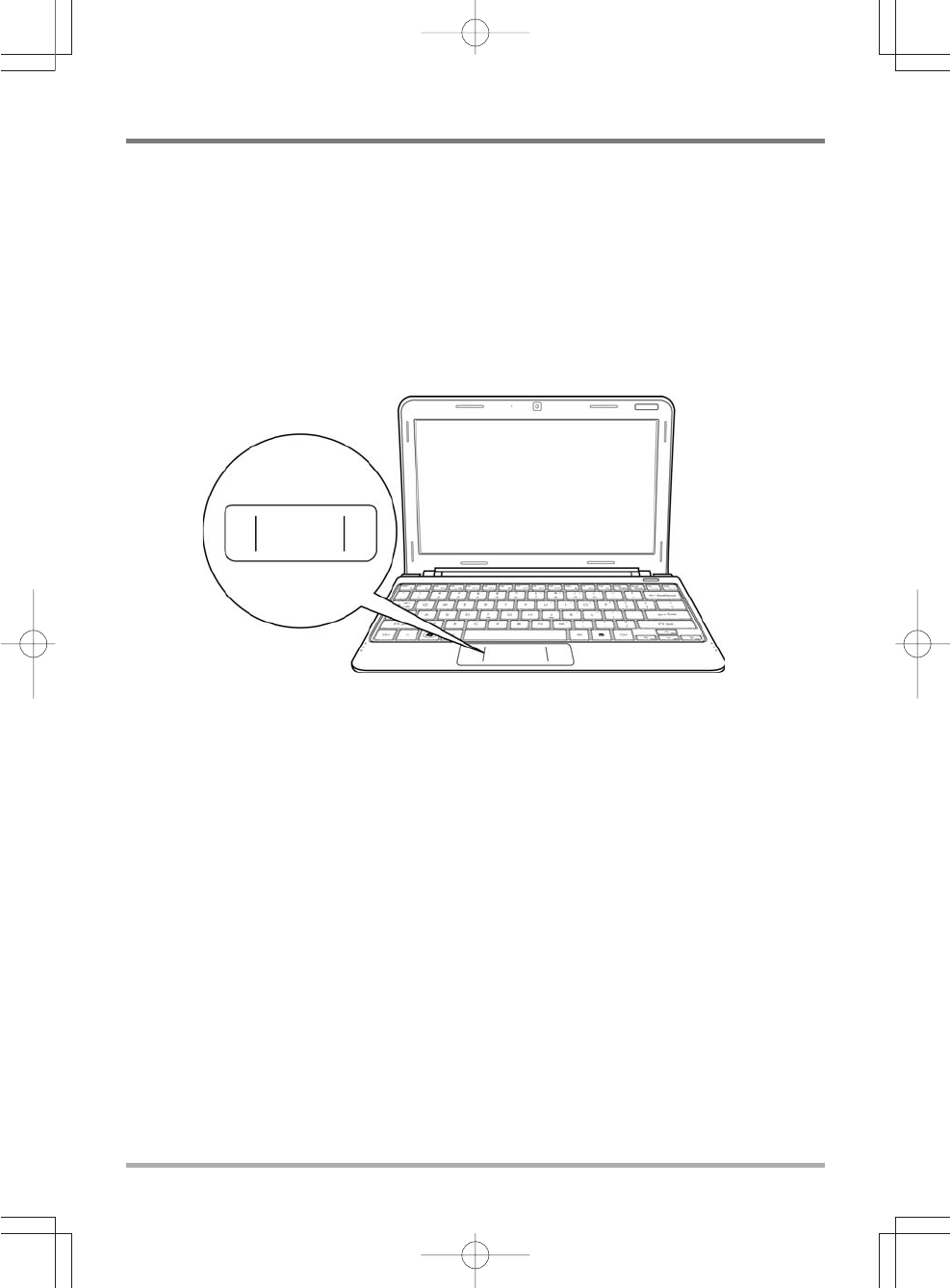
GETTING STARTED
19
Using the TouchPad
A TouchPad pointing device comes built into your computer. It is used to control the movement
of the pointer to select items on your display panel.
The TouchPad consists of a cursor control, a left and right button, and a scroll bar. The cursor
control works the same way a mouse does, and moves the cursor around the display. It only
requires light pressure from the tip of your finger. The left and right buttons function the same as
mouse buttons. The actual functionality of the buttons may vary depending on the application
that is being used.
Clicking
Clicking means pushing and releasing a button. To left-click, move the cursor to the item you wish
to select, press the left button once, and then immediately release it. To right click, move the
mouse cursor to the item you wish to select, press the right button once, and then immediately
release it. You also have the option to perform the clicking operation by tapping lightly on the
TouchPad once.
Double-Clicking
Double-clicking means pushing and releasing the left button twice in rapid succession. This
procedure does not function with the right button. To double-click, move the cursor to the item
you wish to select, press the left button twice, and then immediately release it. You also have the
option to perform the double-click operation by tapping lightly on the TouchPad twice.
Dragging
Dragging means pressing and holding the left button while moving the cursor. To drag, move the
cursor to the item you wish to move. Press and hold the left button while moving the item to its
new location and then release it. Dragging can also be done using the TouchPad. First, tap the
TouchPad twice over the item you wish to move, making sure to leave your finger on the pad after
the final tap. Next, move the object to its new location by moving your finger across the TouchPad,
and then release your finger.
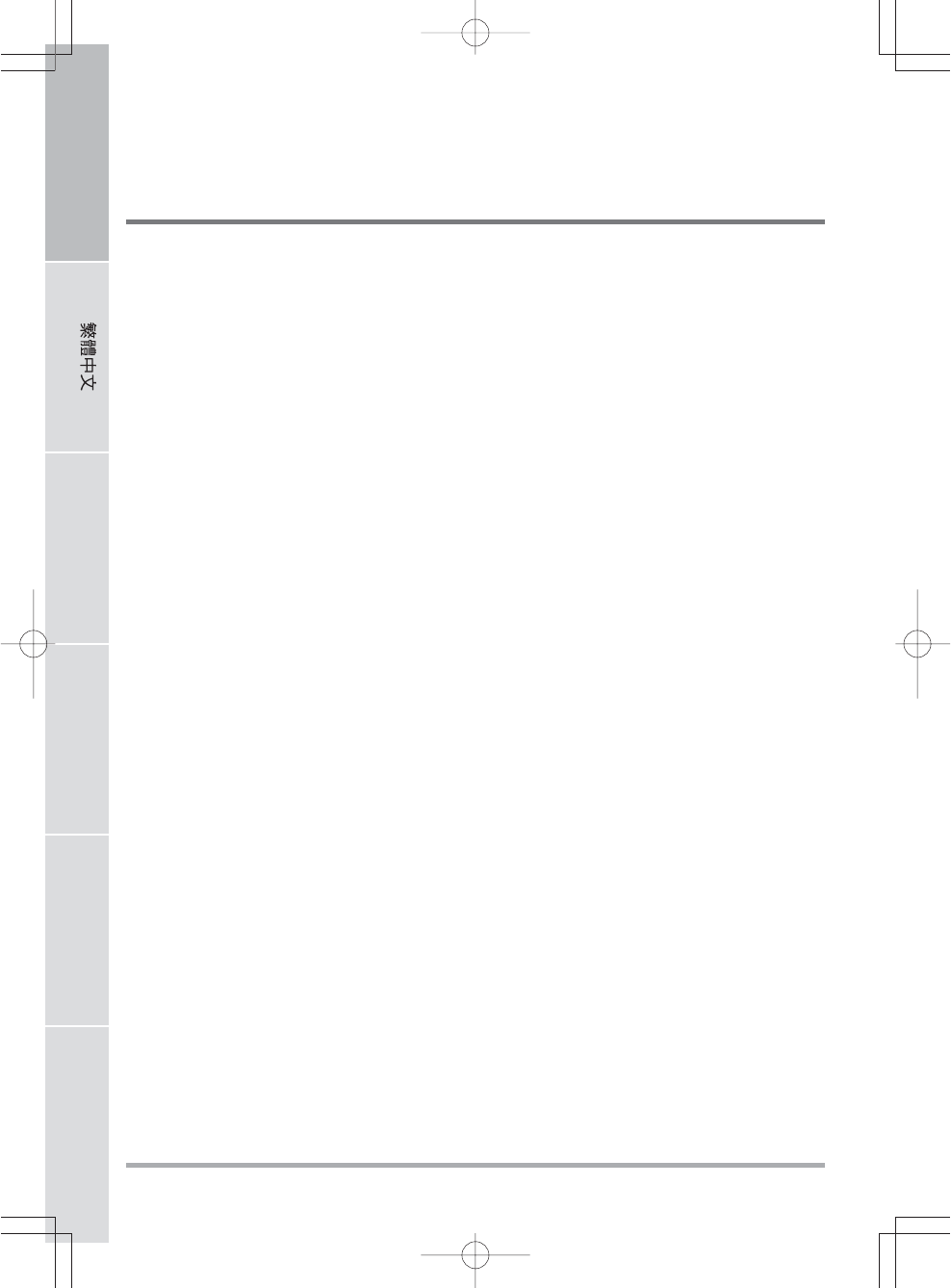
ENGLISH FRANÇAIS DEUTSCH ESPAÑOL ITALIANO
20
TROUBLESHOOTING
Your notebook PC is sturdy and subject to few problems in the field. However, you may encoun-
ter simple setup or operating problems that you can solve on the spot, or problems with periph-
eral devices, that you can solve by replacing the device. The information in this section helps you
isolate and resolve some of these straightforward problems and identify failures that require
service.
Identifying the Problem
If you encounter a problem, go through the following procedure before pursuing complex
troubleshooting:
1. Turn off your notebook.
2. Make sure the AC adapter is plugged into your notebook and to an active AC power source.
3. Make sure that any card installed in the PC Card slot is seated properly. You can also remove
the card from the slot, thus eliminating it as a possible cause of failure.
4. Make sure that any devices connected to the external connectors are plugged in properly. You
can also disconnect such devices, thus eliminating them as possible causes of failure.
5. Turn on your notebook. Make sure it has been off at least 10 seconds before you turn it on.
6. Go through the boot sequence.
7. If the problem has not been resolved, contact your support representative.
Before you place the call, you should have the following information ready so that the customer
support representative can provide you with the fastest possible solution:
• Product name
• Product configuration number
• Product serial number
• Purchase date
• Conditions under which the problem occurred
• Any error messages that have occurred
• Hardware configuration
• Type of device connected, if any
See the Configuration Label on the bottom of your notebook for configuration and serial numbers.
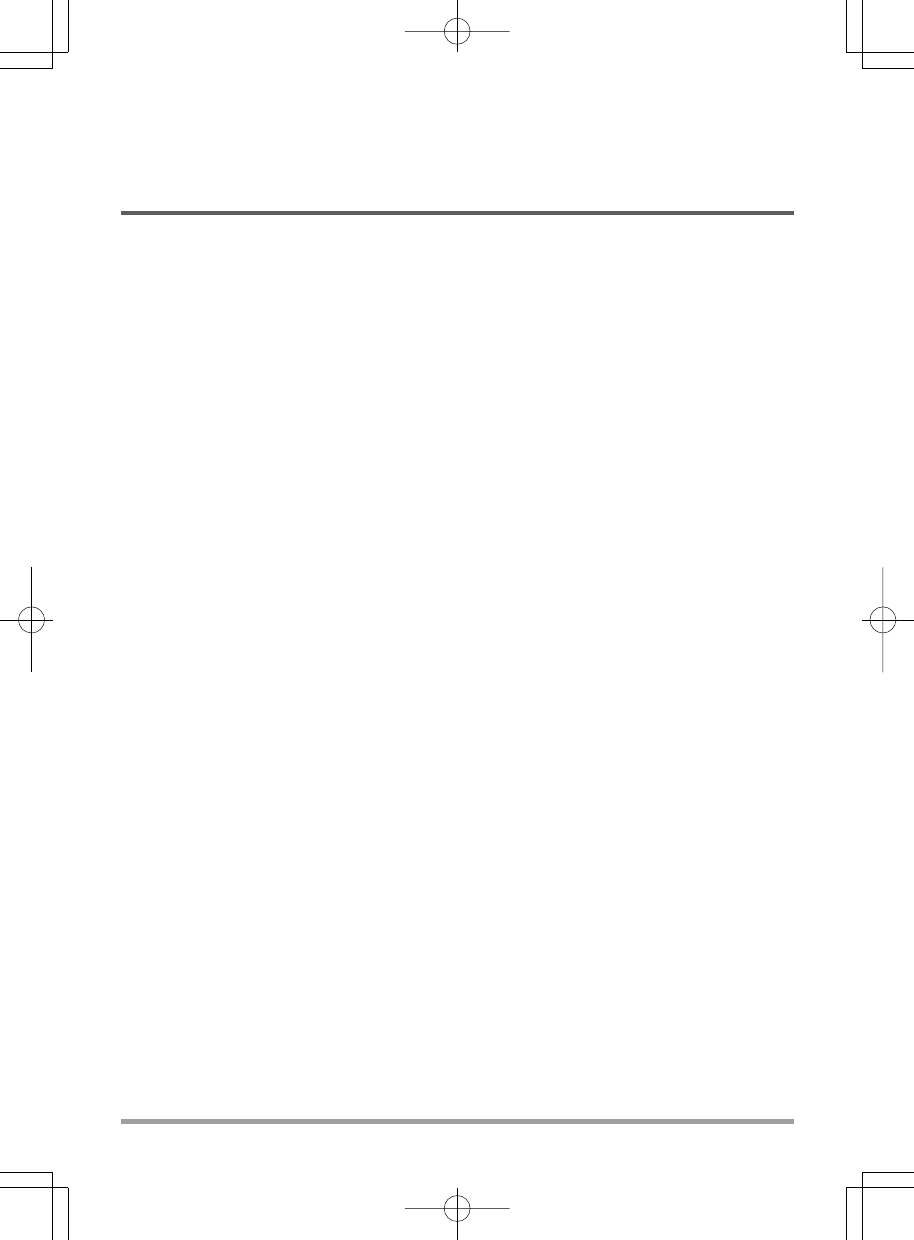
21
Copyright-protected technology
This product incorporates copyright protection technology that is protected by U.S. patents and
other intellectual property rights. Use of this copyright protection technology must be autho-
rized by Macrovision, and is intended for home and other limited viewing uses only unless
otherwise authorized by Macrovision. Reverse engineering or disassembly is prohibited.
This equipment has been tested and found to comply with the limits for a Class B
digital device,
pursuant to Part 15 of the FCC Rules. These limits are designed to provide reasonable
protection against harmful interference in a residential installation. This equipment generates,
uses and can radiate radio frequency energy and, if not installed and used in
accordance with the
instructions, may cause harmful interference to radio communications. However, there is no
guarantee that interference will not occur in a particular installation. If this equipment does
cause harmful interference to radio or television reception, which can be determined by turning
the equipment off and on, the user is encouraged to try to correct the interference by one of the
following measures:
Reorient or relocate the receiving antenna.
Increase the separation between the equipment and receiver.
Connect the equipment into an outlet on a circuit different from that to which the receiver is
connected.
Consult the dealer or an experienced radio/TV technician for help.
FCC Caution: Any changes or modifications not expressly approved by the party responsible
for compliance could void the user's authority to operate this equipment.
This EUT is compliance with SAR for general population/uncontrolled exposure limits in ANSI/
IEEE C95.1-1999 and had been tested in accordance with the measurement methods and
procedures specified in OET Bulletin 65 Supplement C.
Operation is subject to the following two conduction(1) this device may not cause interference,and
(2) this device must accept anyinterference, including interference that may
causeundesiredoperation of the device
Cet appareil numérique respecte les limites de bruits radioélectriques applicables
aux appareils numériques de Classe B prescrites dans la norme sur le matérial
brouilleur: “Appareils Numériques,” NMB-003 édictée par l’Industrie.
(1) this device may not cause interference,and (2) this device must accept any
interference, including interference that may cause undesired operation of the device."

MEMO
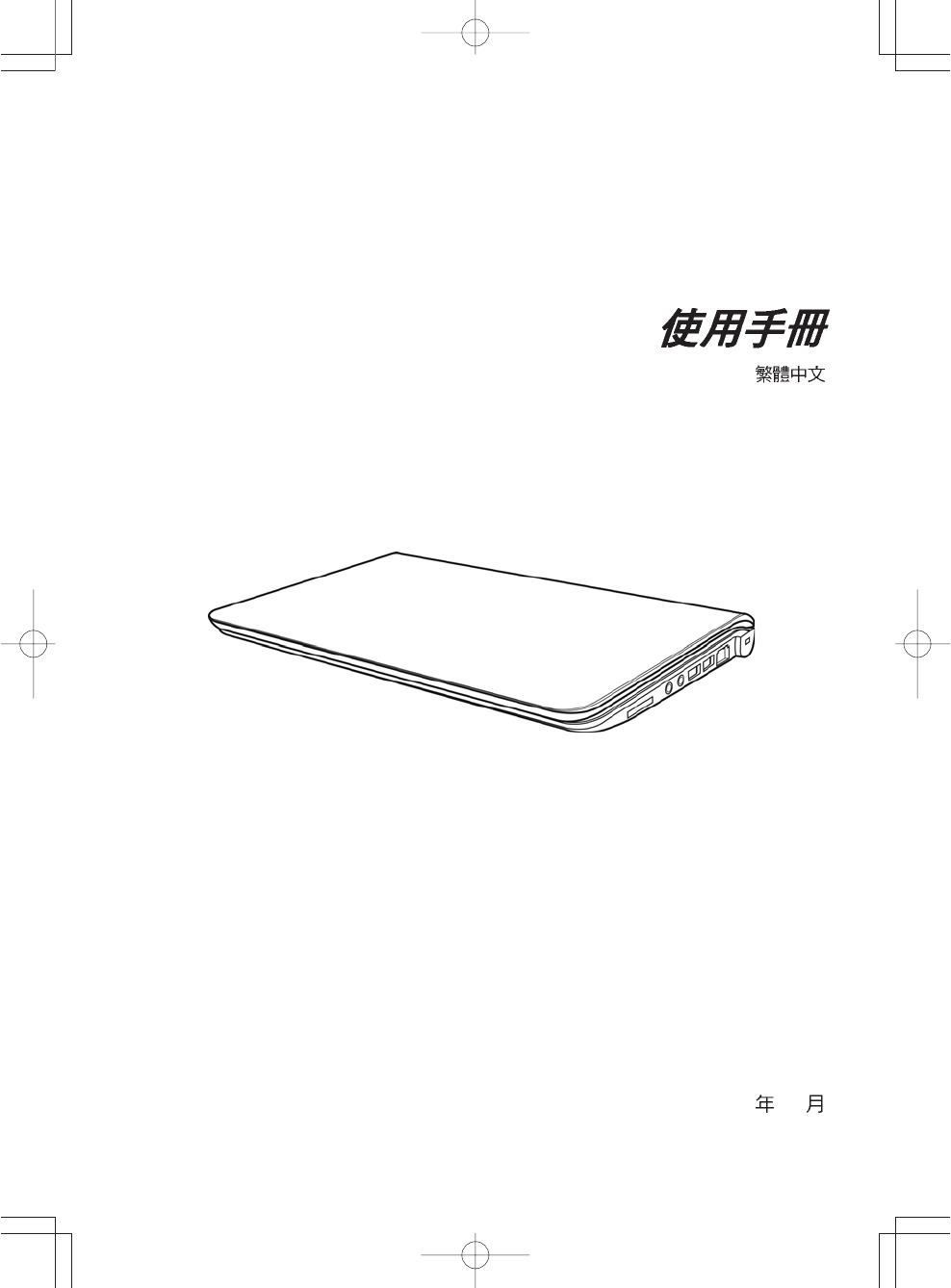
2009 12
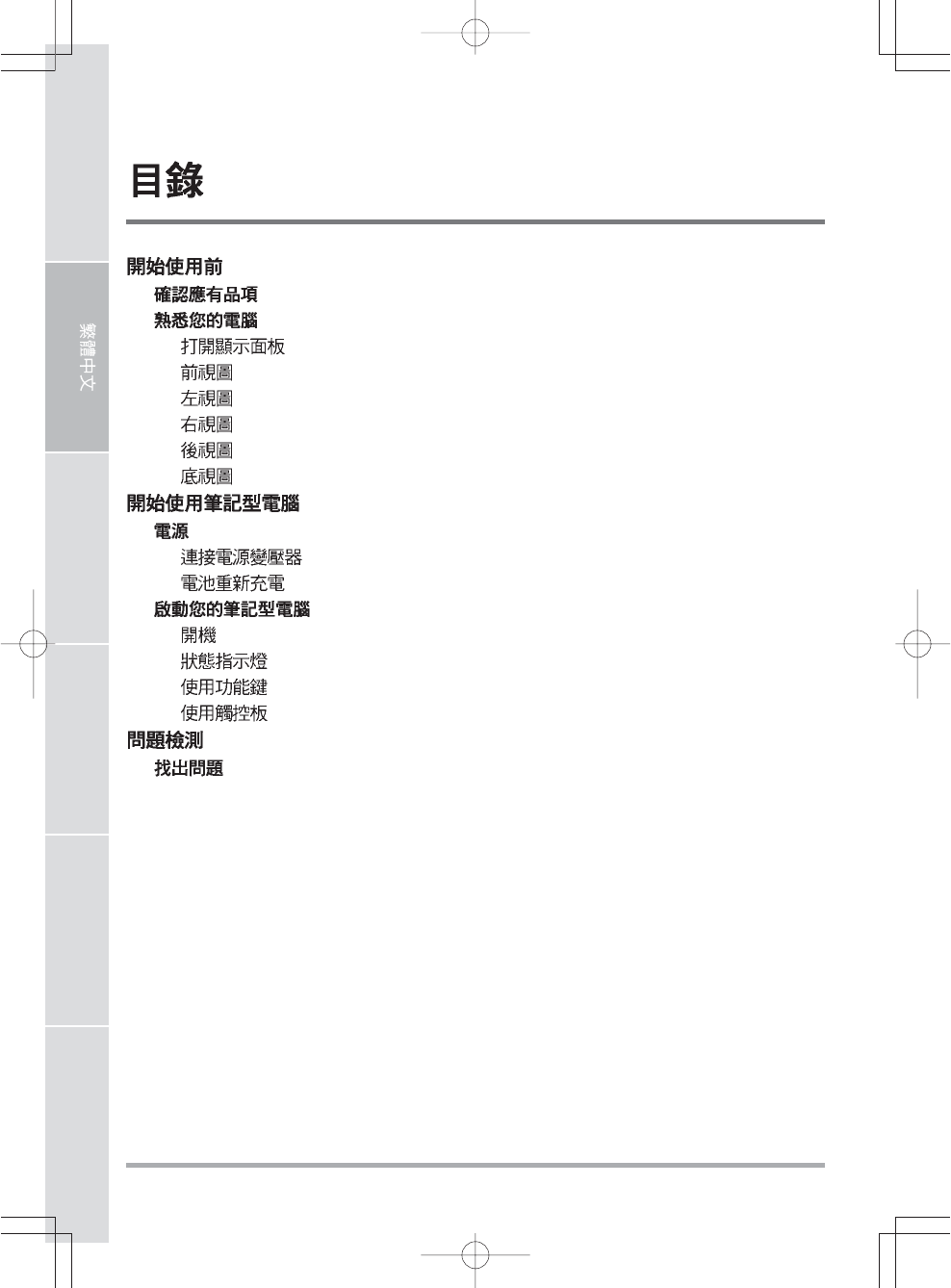
2
ENGLISH FRANÇAIS DEUTSCH ESPAÑOL ITALIANO
.............................................................................................................. 5
.................................................................................................................... 5
.................................................................................................................... 6
.............................................................................................................. 6
......................................................................................................................... 7
......................................................................................................................... 9
....................................................................................................................... 10
....................................................................................................................... 11
....................................................................................................................... 12
.............................................................................................13
................................................................................................................................. 13
......................................................................................................... 13
............................................................................................................ 14
....................................................................................................... 15
........................................................................................................................... 15
................................................................................................................ 16
................................................................................................................ 18
................................................................................................................ 19
................................................................................................................20
.......................................................................................................................... 20
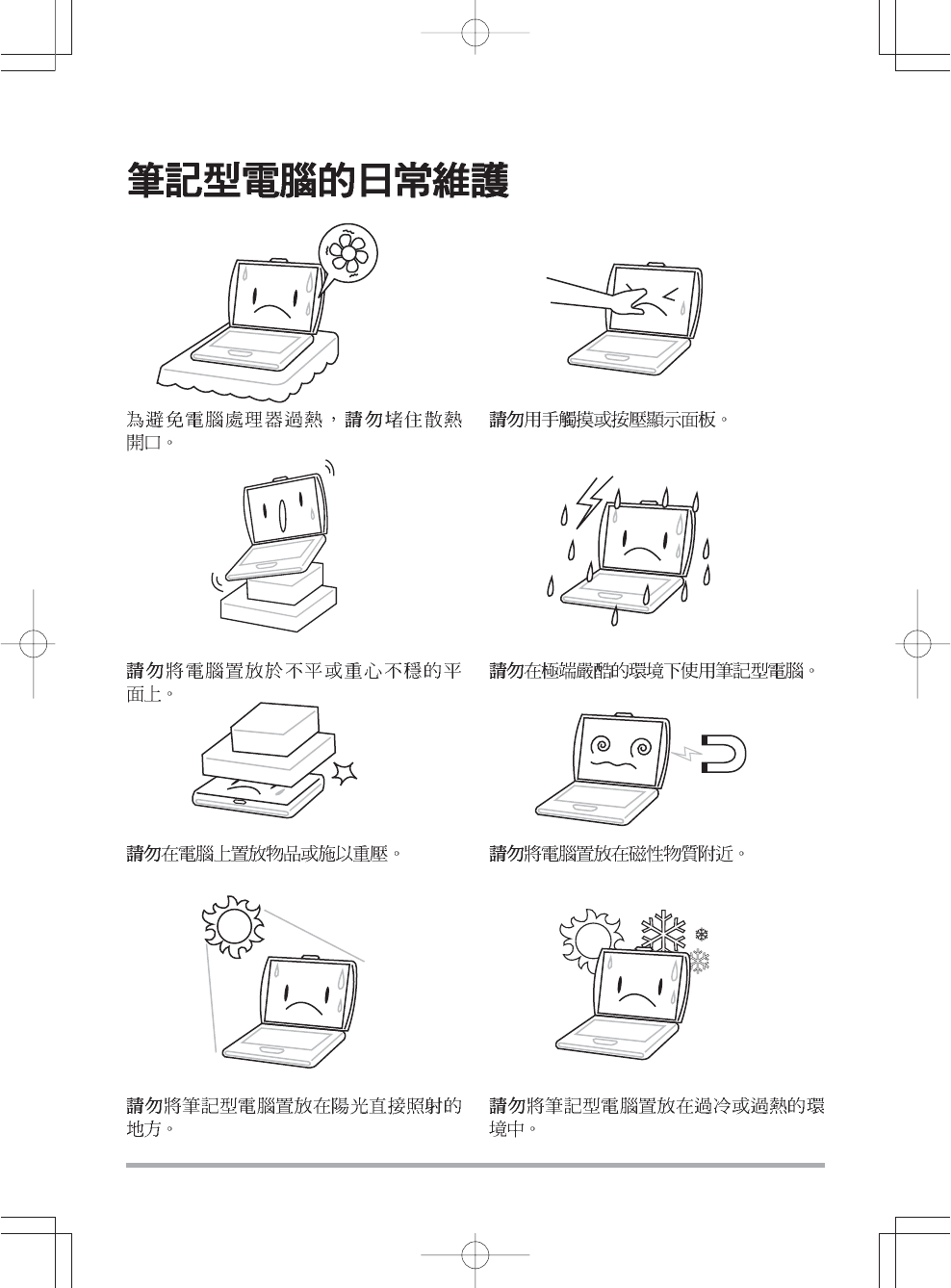
3
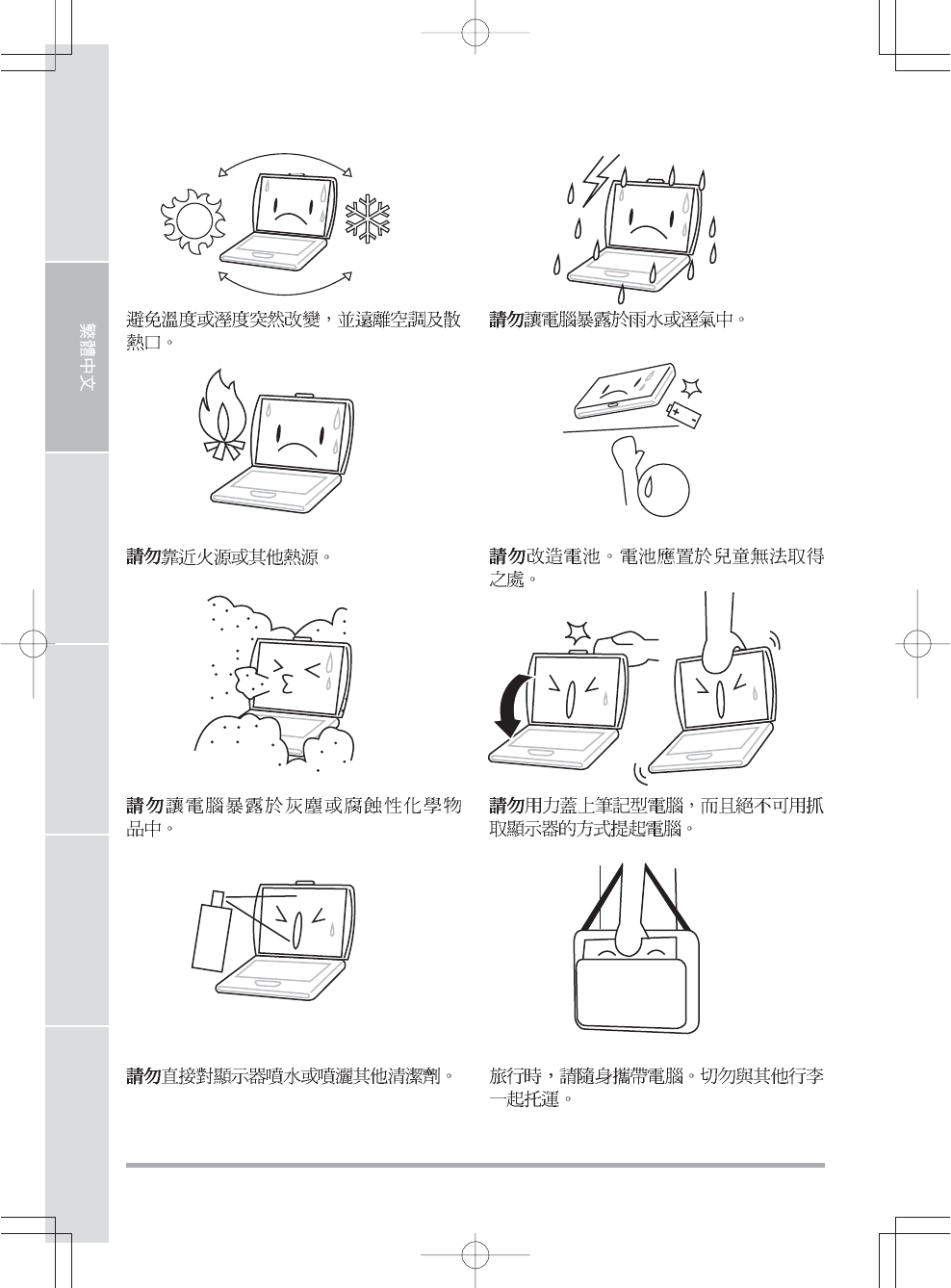
4
ENGLISH FRANÇAIS DEUTSCH ESPAÑOL ITALIANO
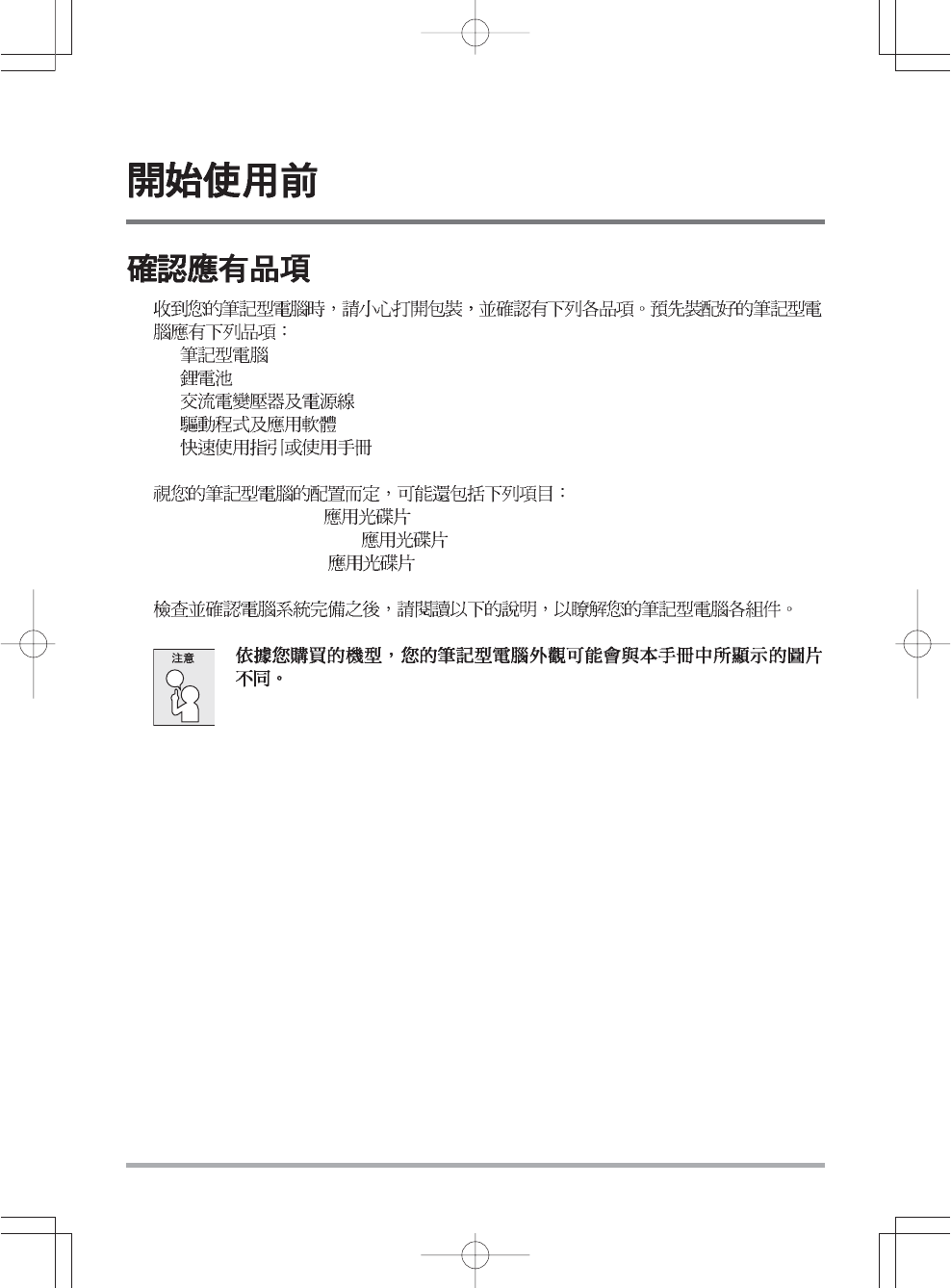
5
•
•
•
• CD
•
•Dual DVD+/-RW
•Super Multi DVD RW
•Blu-ray/DVD RW
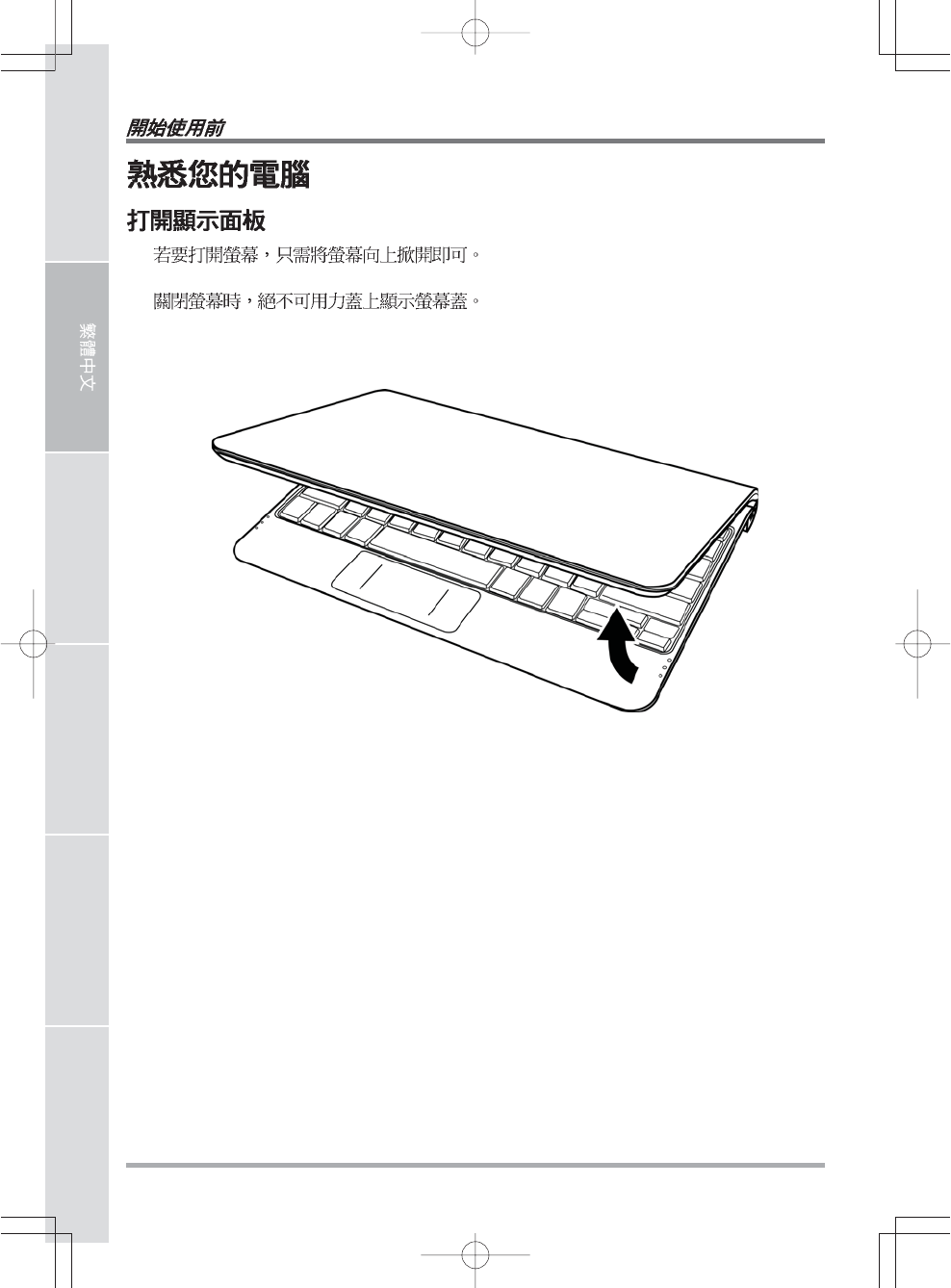
6
ENGLISH FRANÇAIS DEUTSCH ESPAÑOL ITALIANO
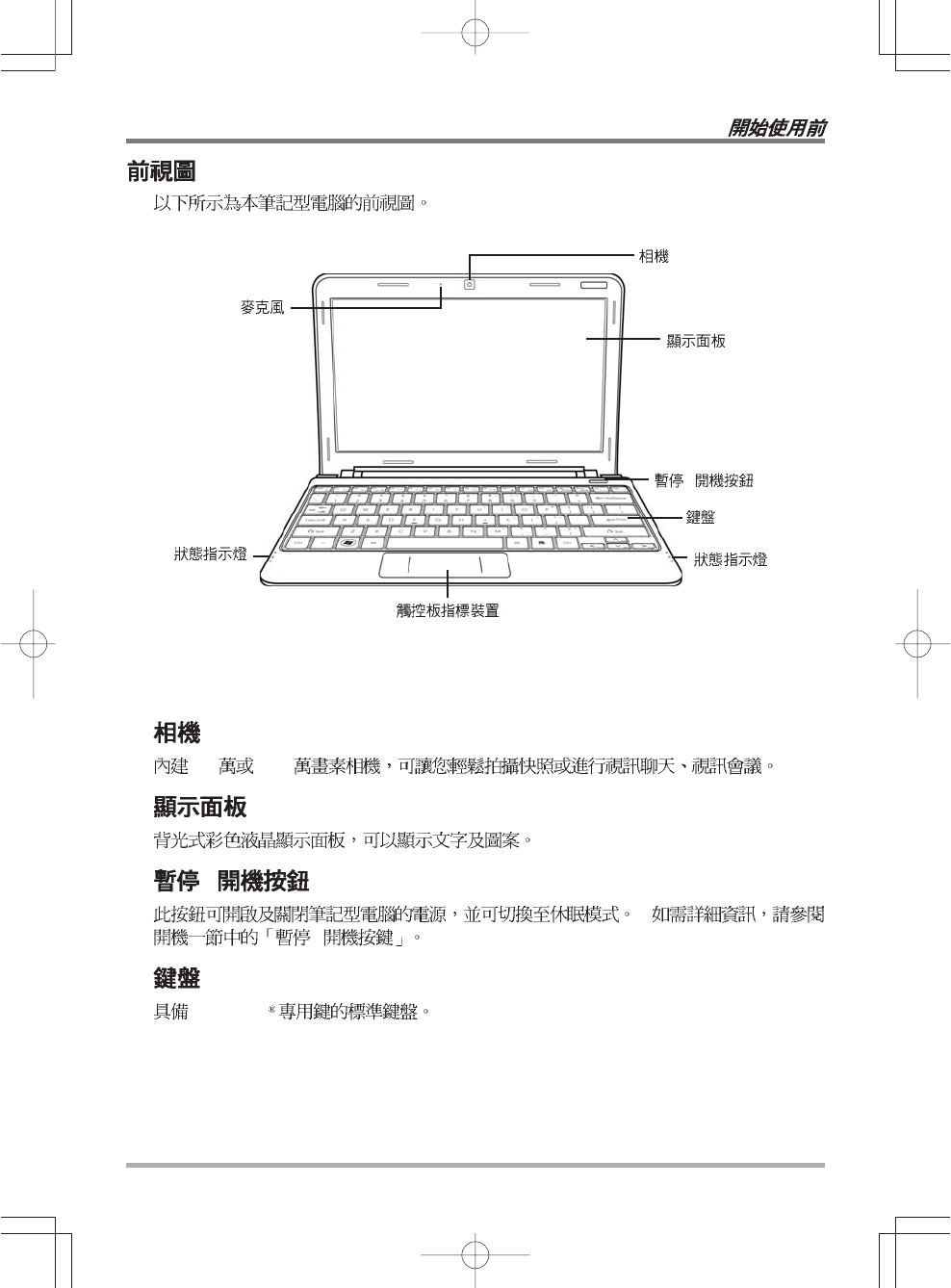
7
30 130
/
(
/ )
Windows
/
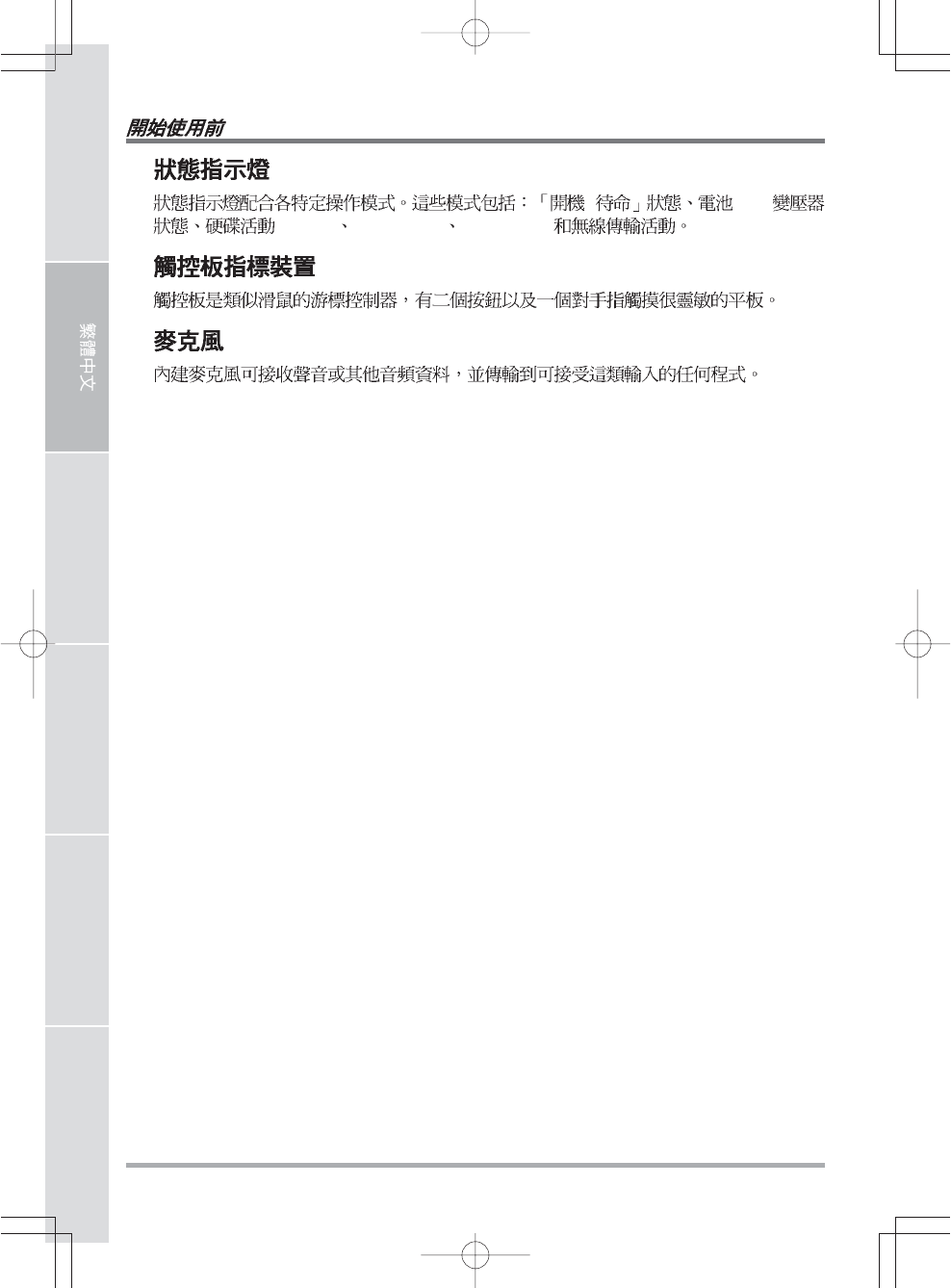
8
ENGLISH FRANÇAIS DEUTSCH ESPAÑOL ITALIANO
//AC
(HDD) Num Lock Caps Lock
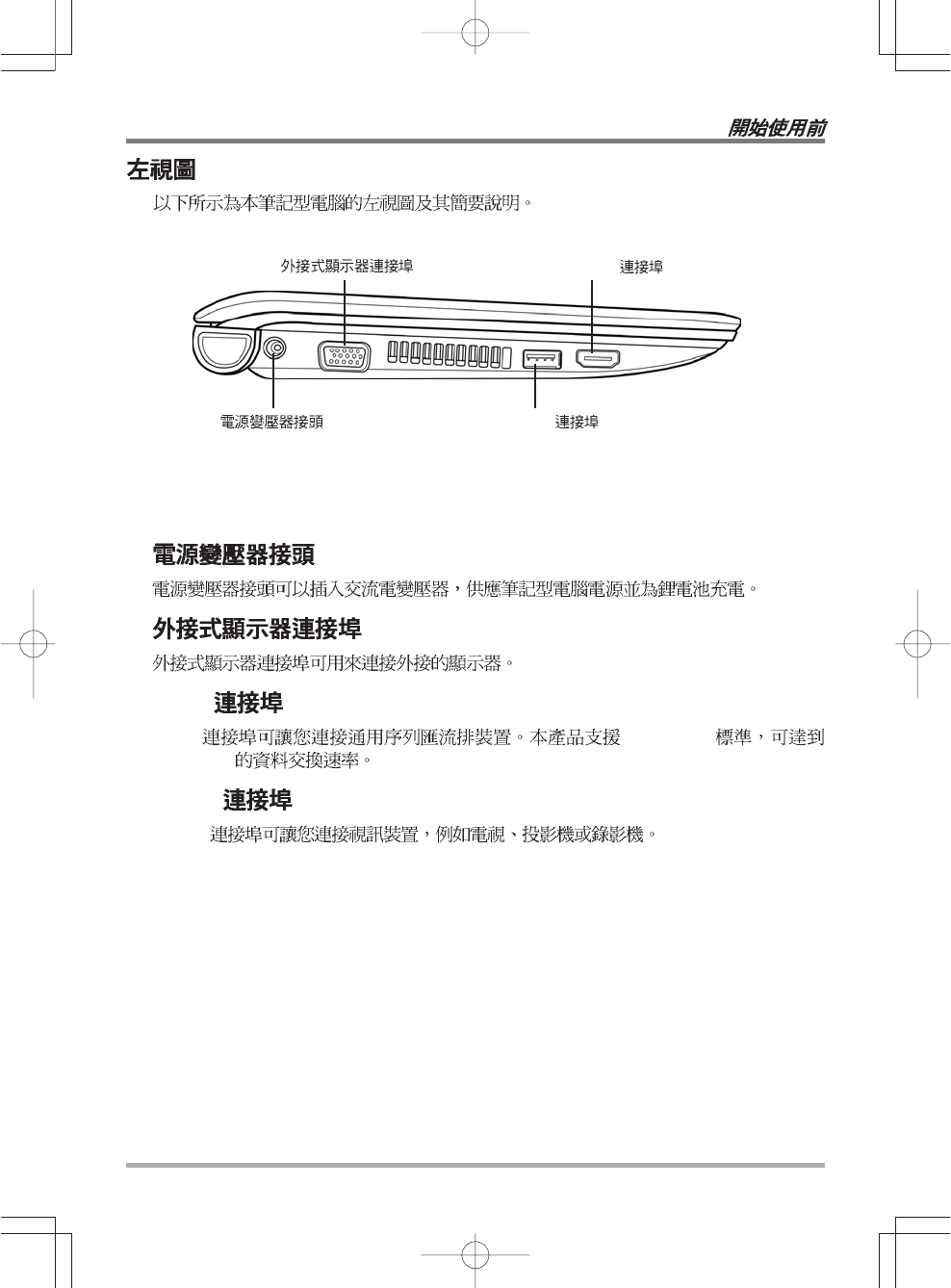
9
USB
USB USB 2.0
480 Mb/s
HDMI
HDMI
HDMI
USB
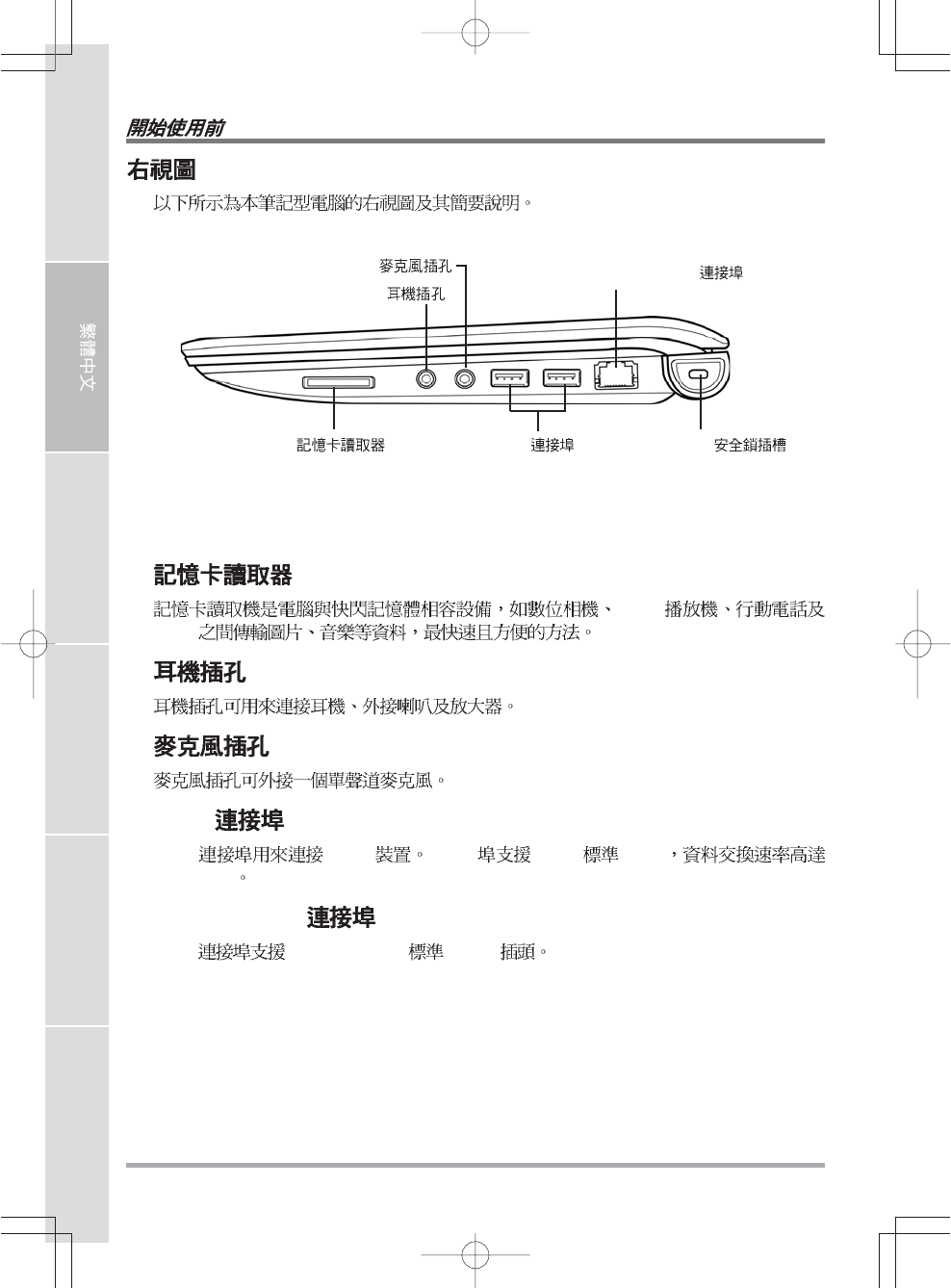
10
ENGLISH FRANÇAIS DEUTSCH ESPAÑOL ITALIANO
LAN (RJ-45)
Kensington USB
MP3
PDA
USB
USB USB USB USB v2.0
480 Mb/s
LAN (RJ-45)
LAN 10/100 Base-T RJ-45
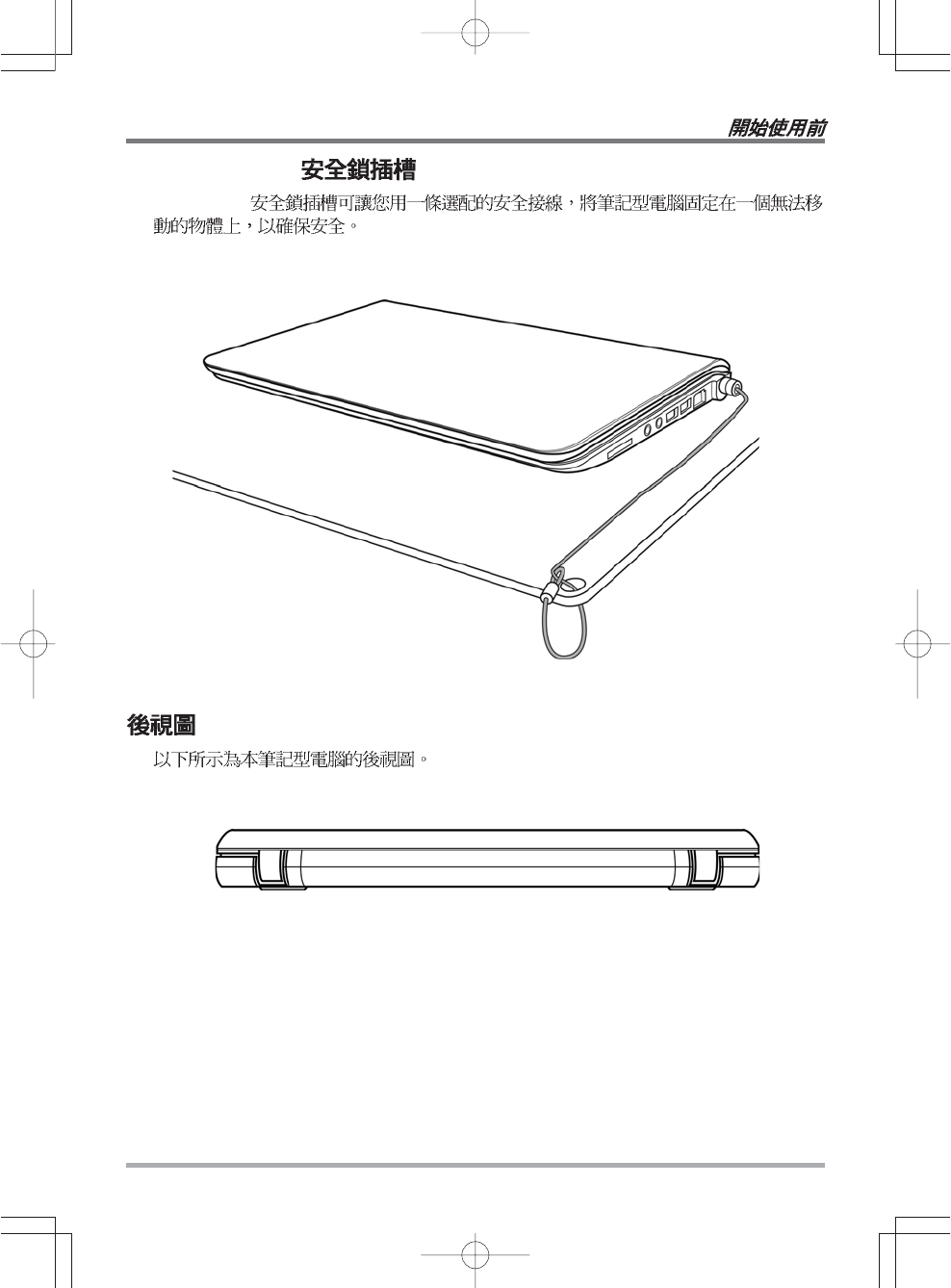
11
Kensington
Kensington
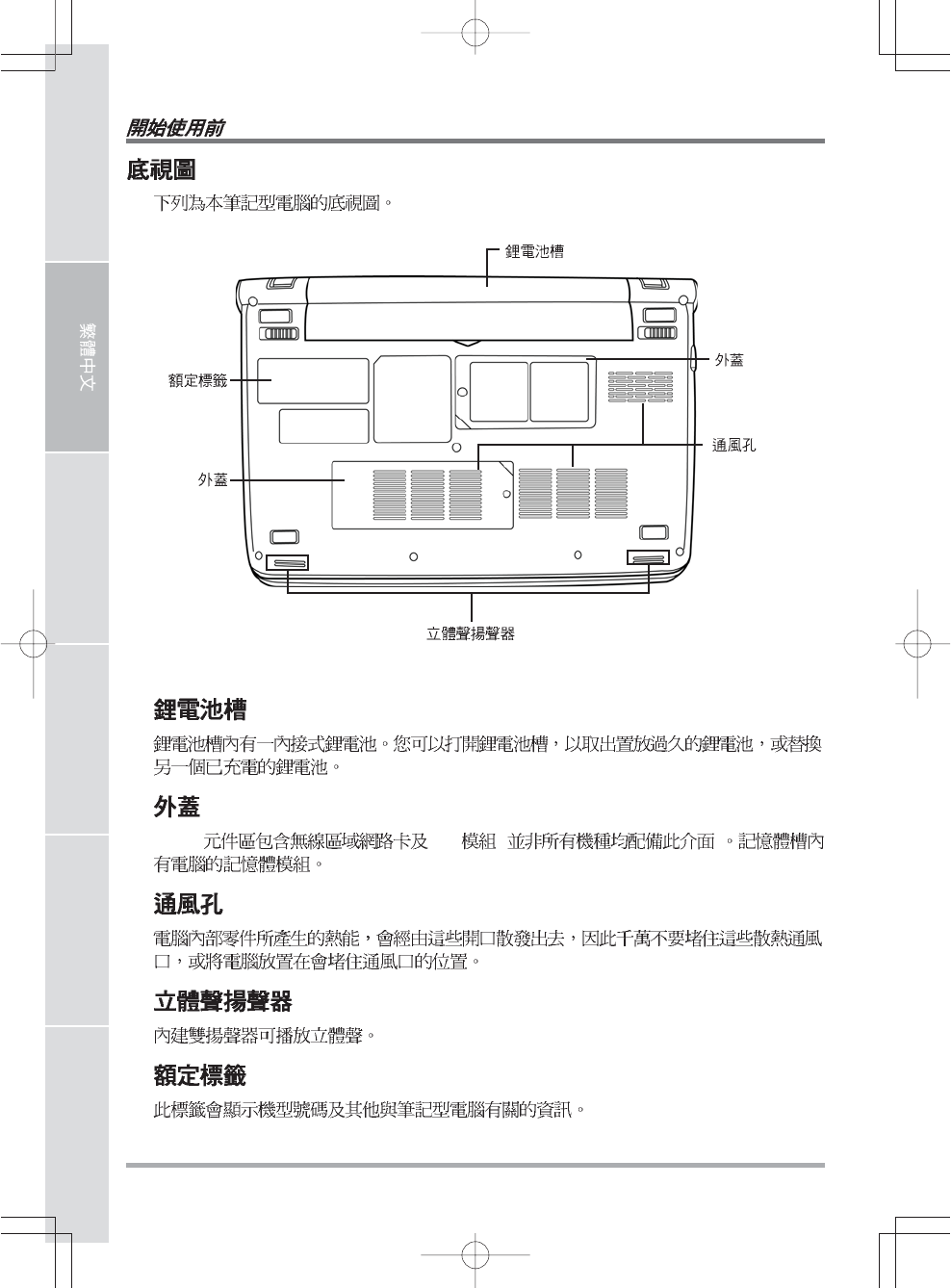
12
ENGLISH FRANÇAIS DEUTSCH ESPAÑOL ITALIANO
Wi-Fi 3G ( )
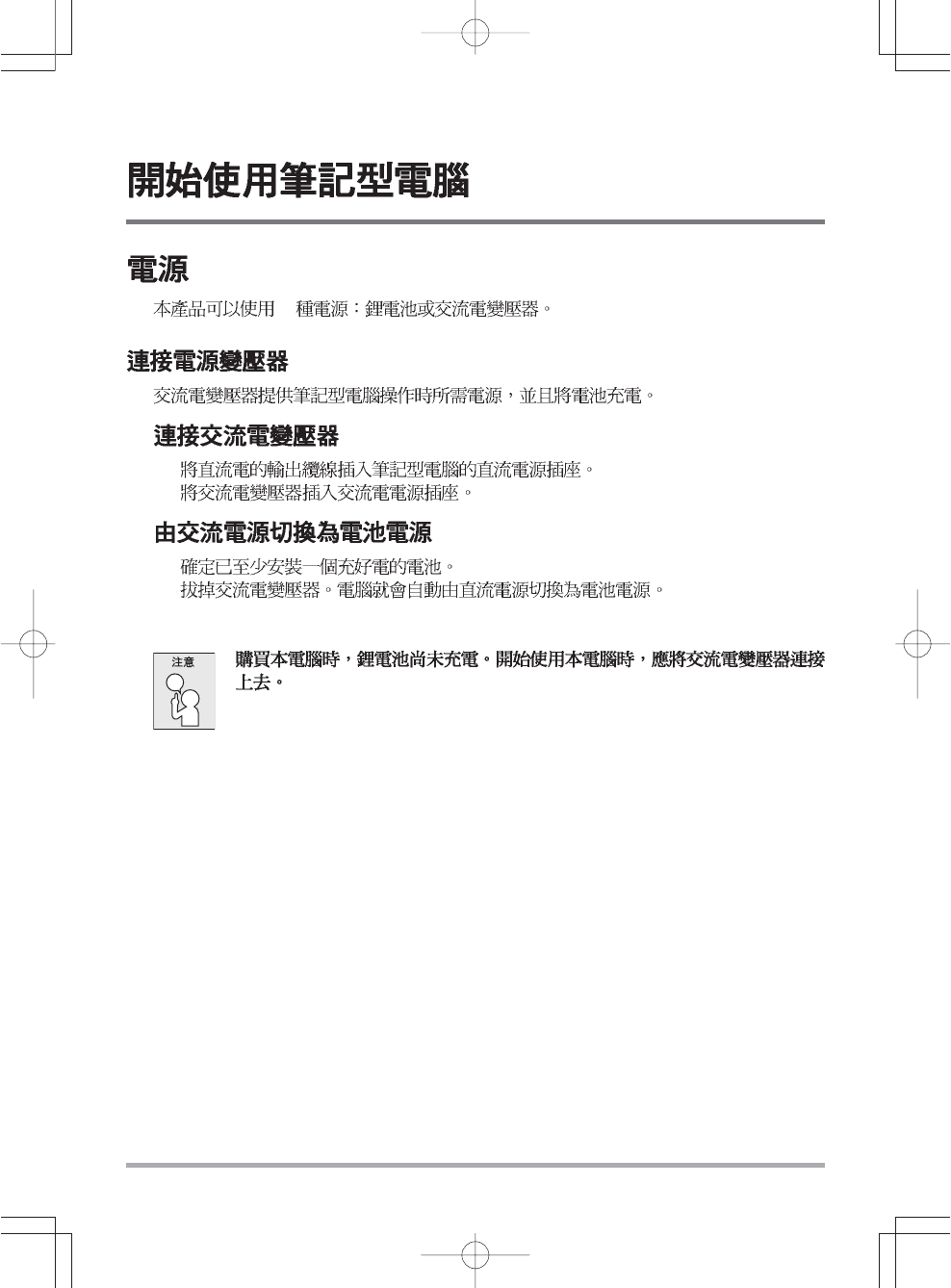
13
2
1.
2.
1.
2.
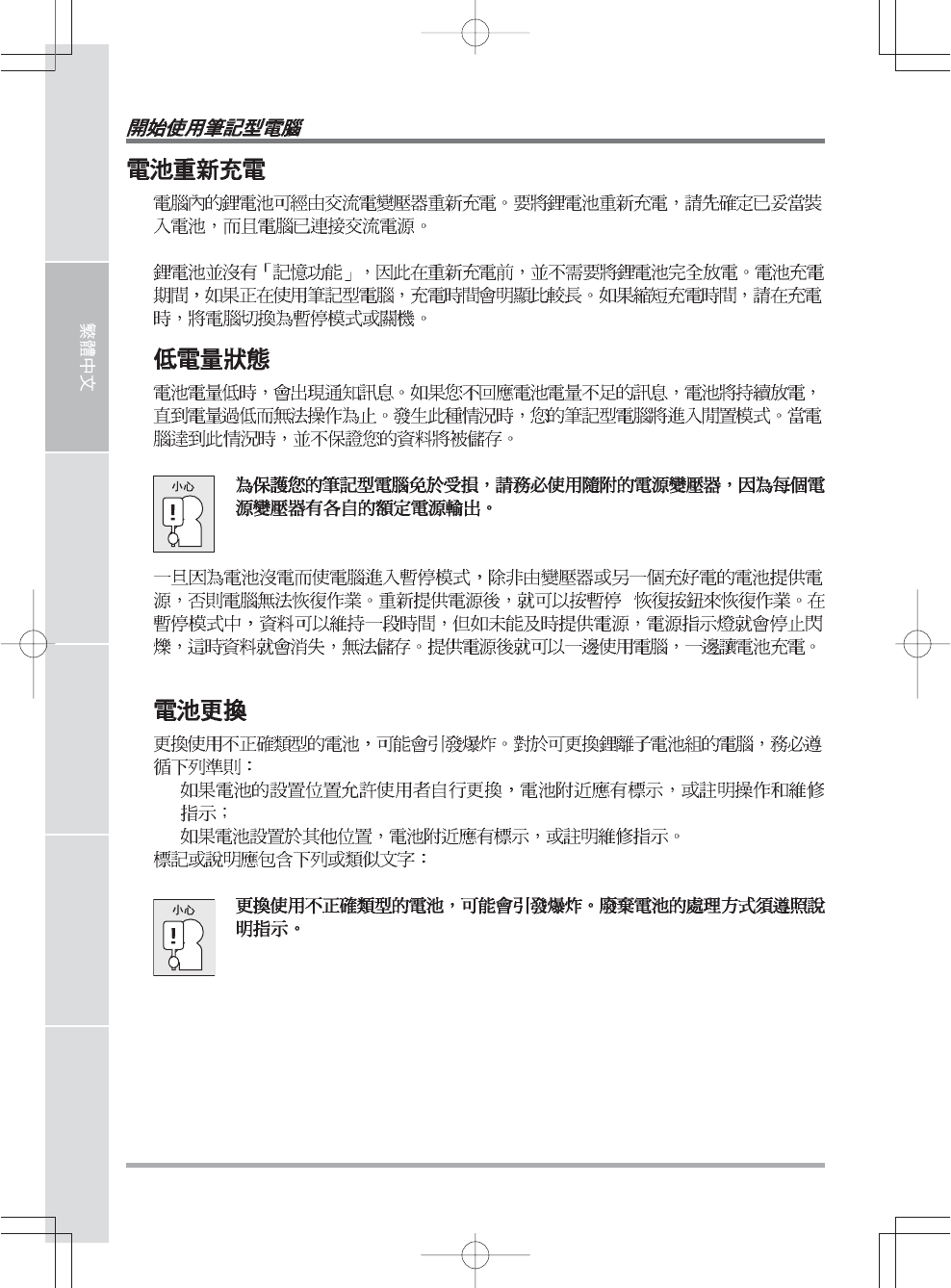
14
ENGLISH FRANÇAIS DEUTSCH ESPAÑOL ITALIANO
/
-
-
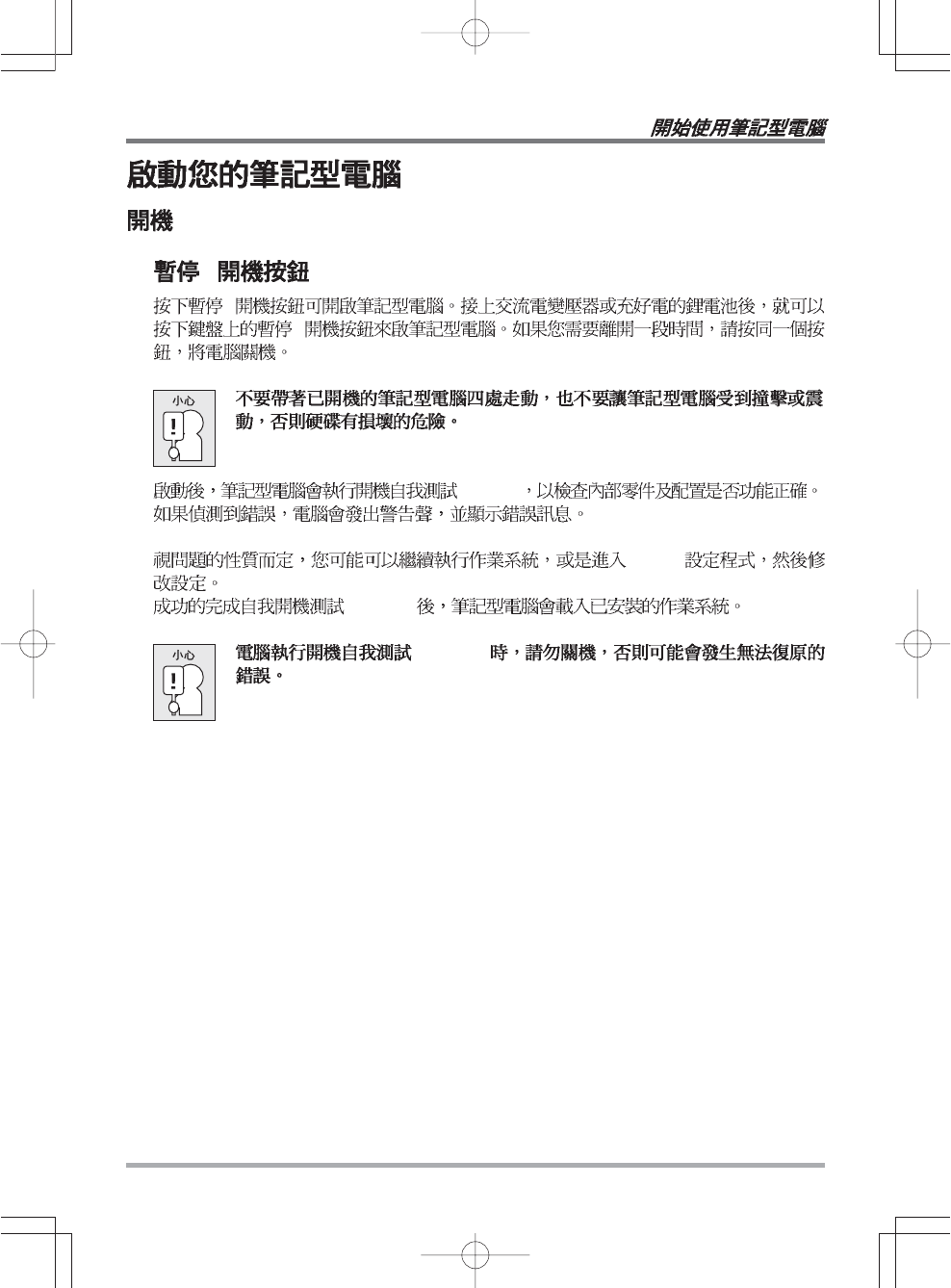
15
/
/
/
(POST)
BIOS
(POST)
(POST)
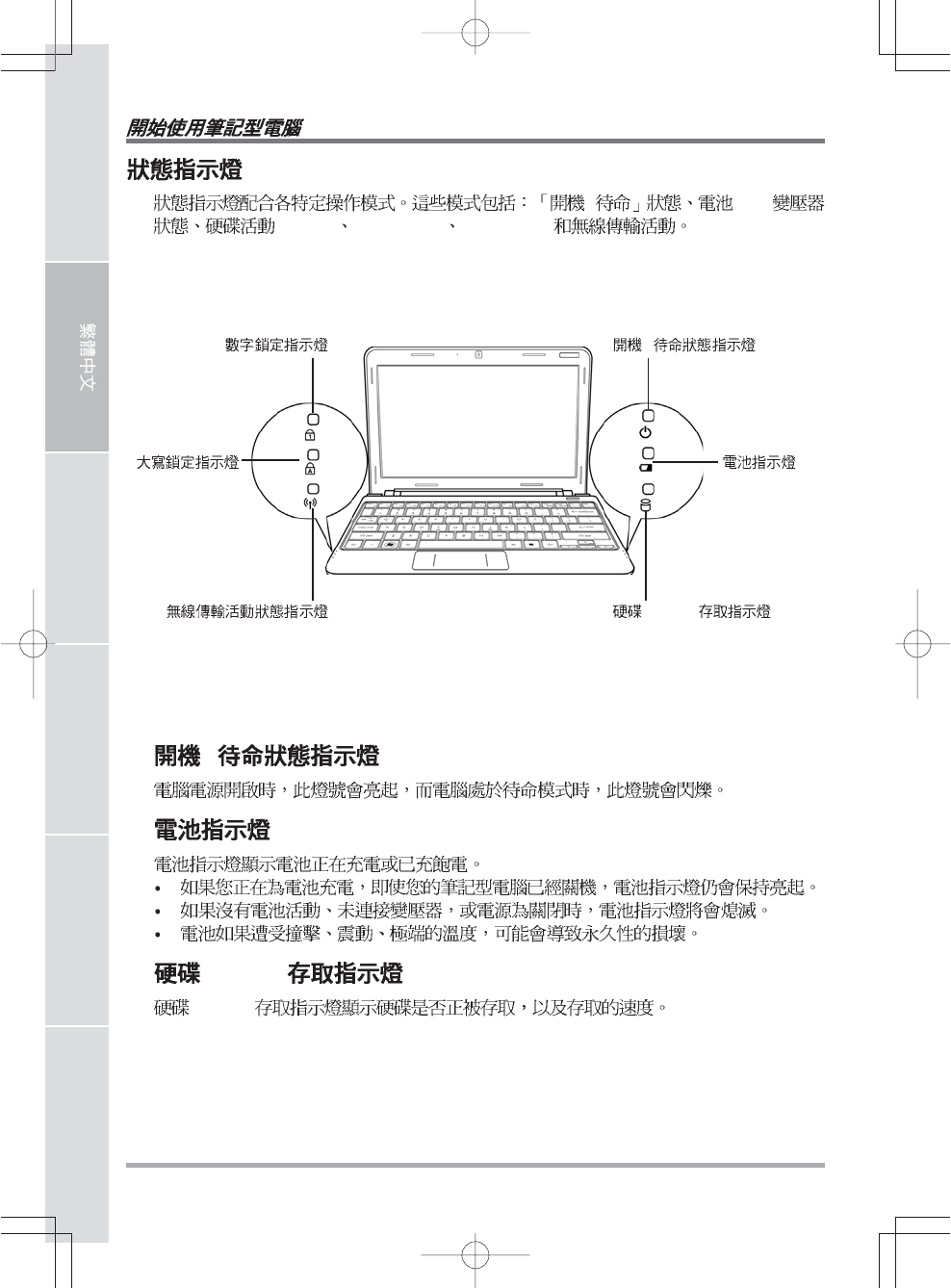
16
ENGLISH FRANÇAIS DEUTSCH ESPAÑOL ITALIANO
//AC
(HDD) Num Lock Caps Lock
/
(HDD)
(HDD)
/
(HDD)
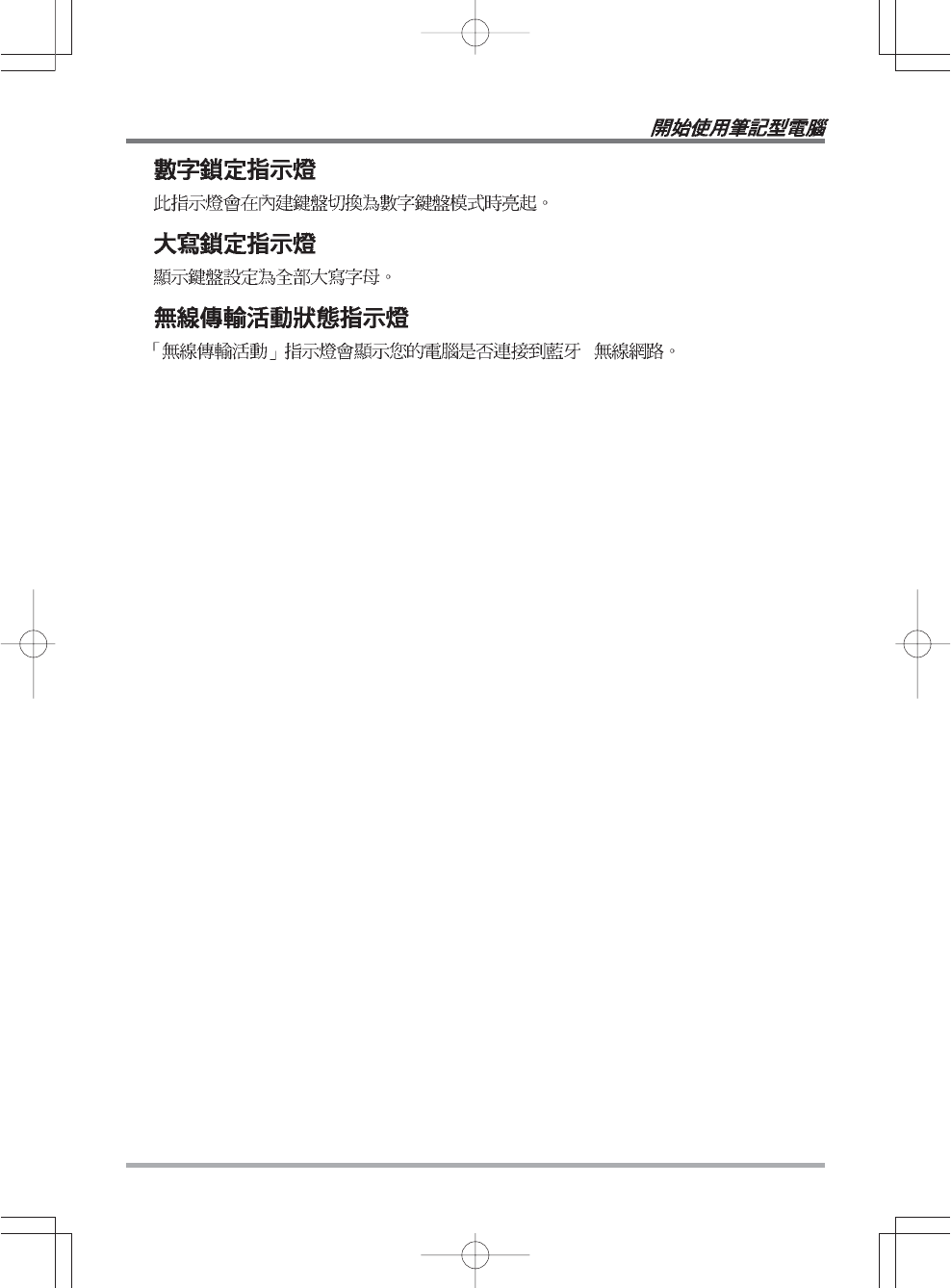
17
/
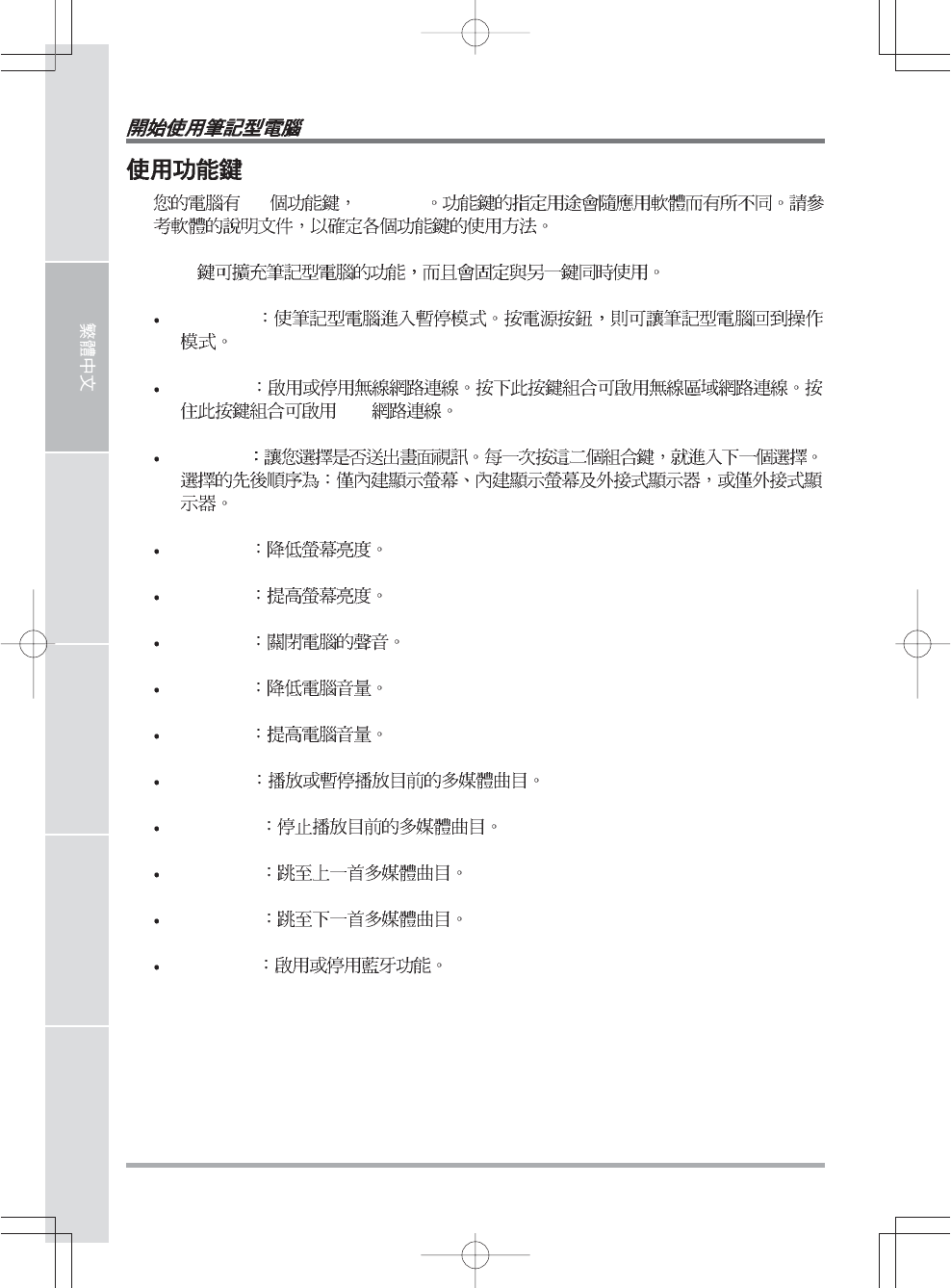
18
ENGLISH FRANÇAIS DEUTSCH ESPAÑOL ITALIANO
12 F1~F12
[FN]
[FN+F1]
[FN+F2]
3G
[FN+F3]
[FN+F4]
[FN+F5]
[FN+F6]
[FN+F7]
[FN+F8]
[FN+F9]
[FN+F10]
[FN+F11]
[FN+F12]
[FN+Esc]
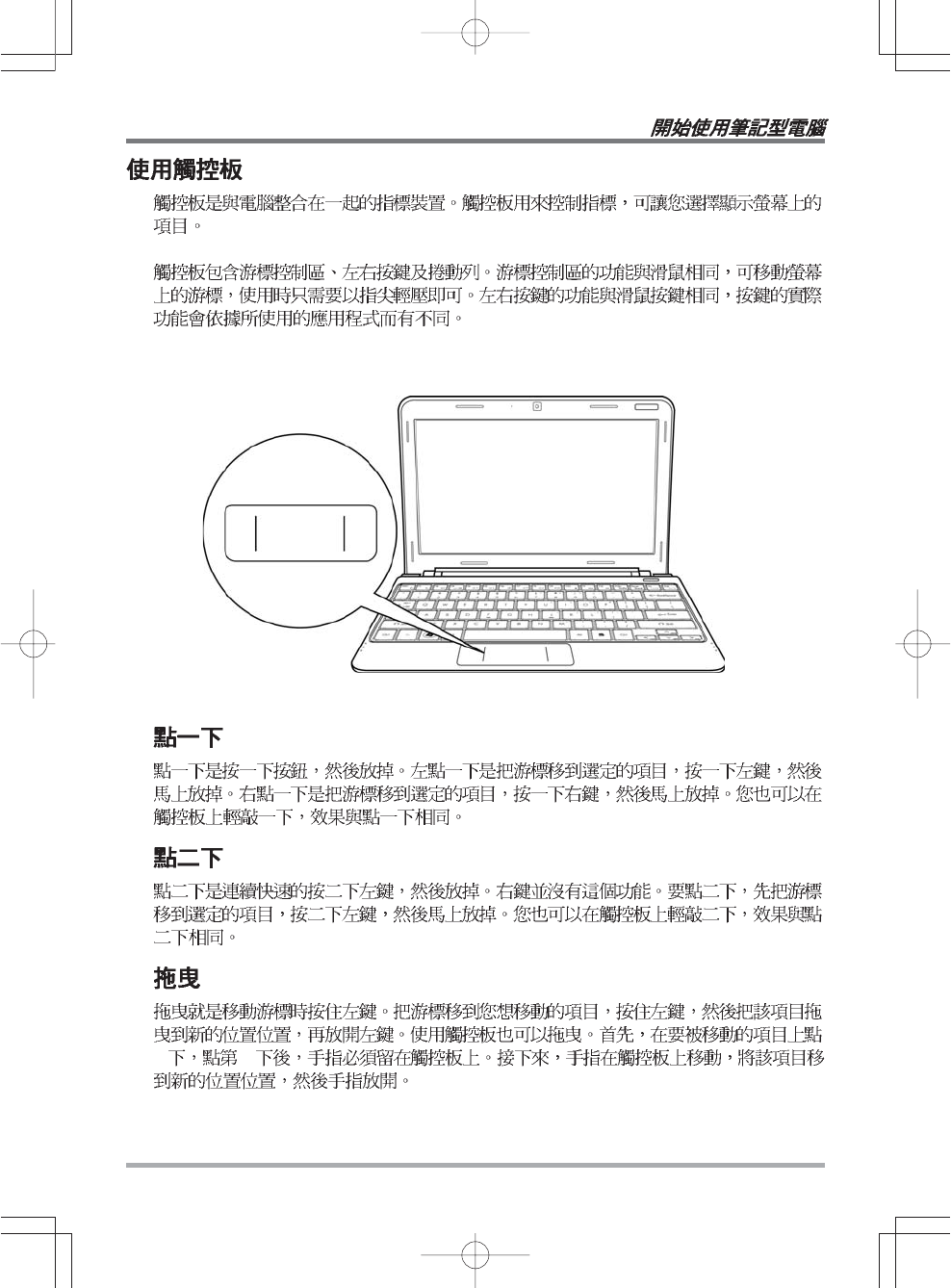
19
2 2
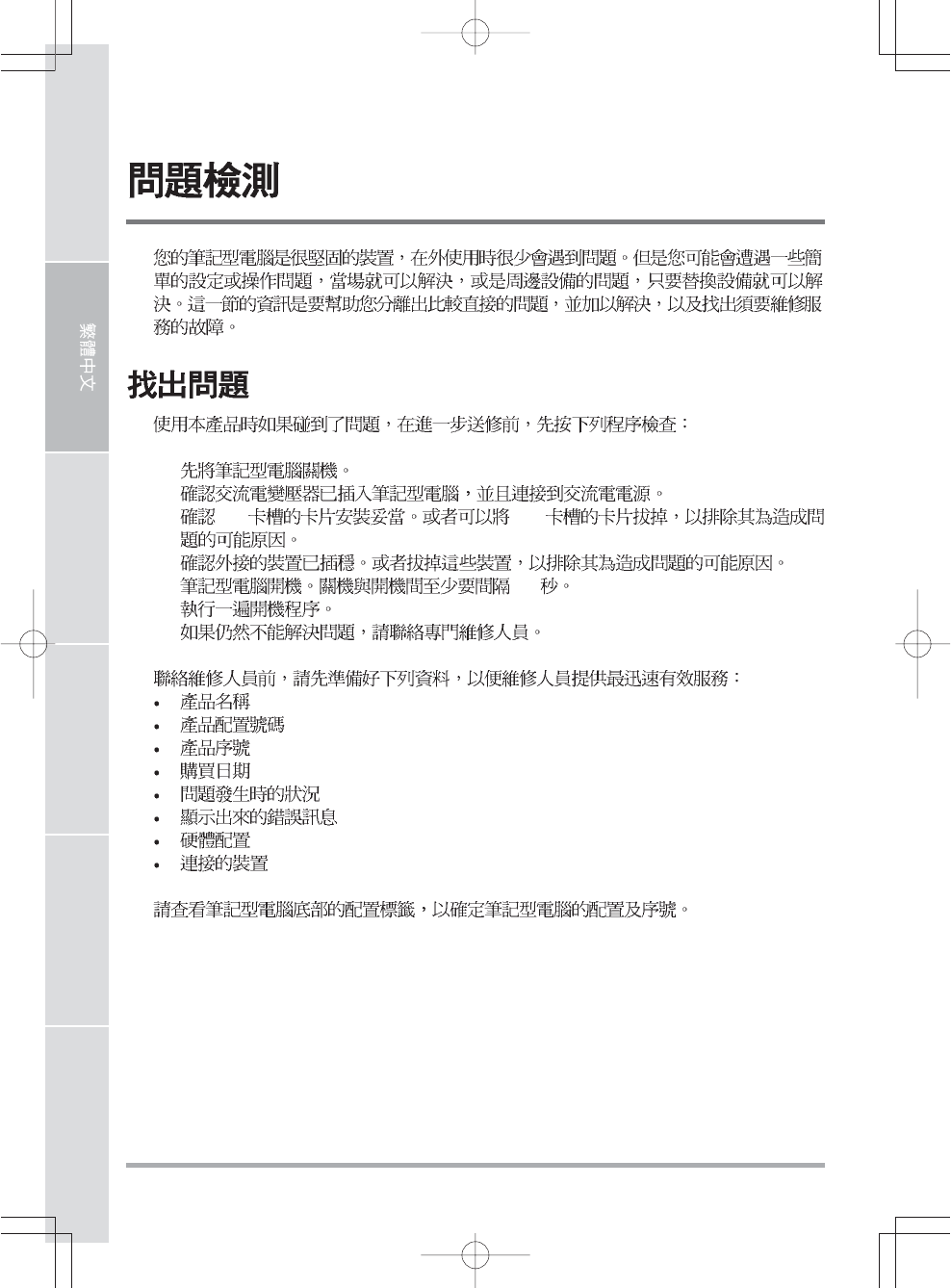
20
ENGLISH FRANÇAIS DEUTSCH ESPAÑOL ITALIANO
1.
2.
3. PC PC
4.
5. 10
6.
7.
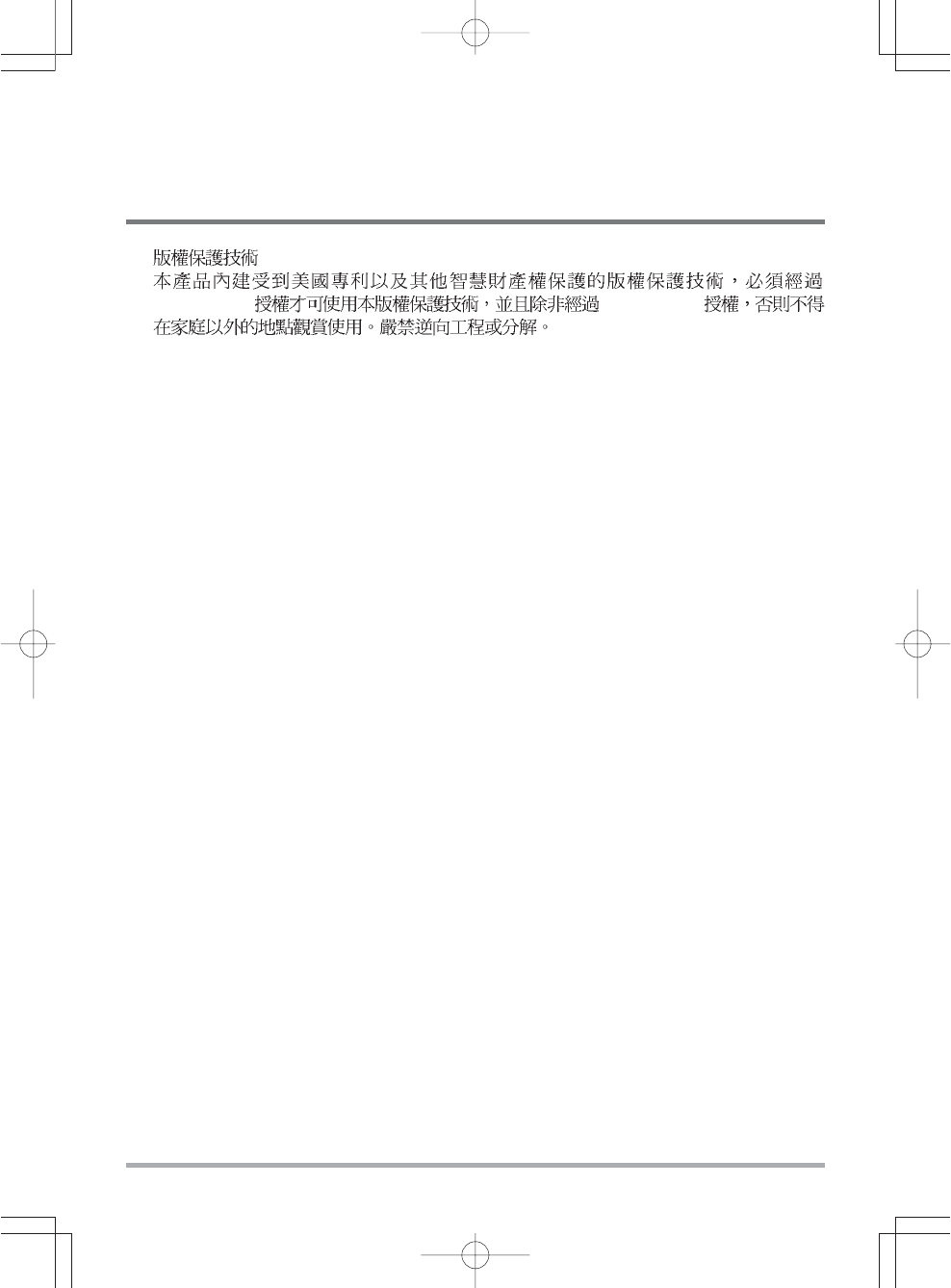
21
Macrovision Macrovision

MEMO
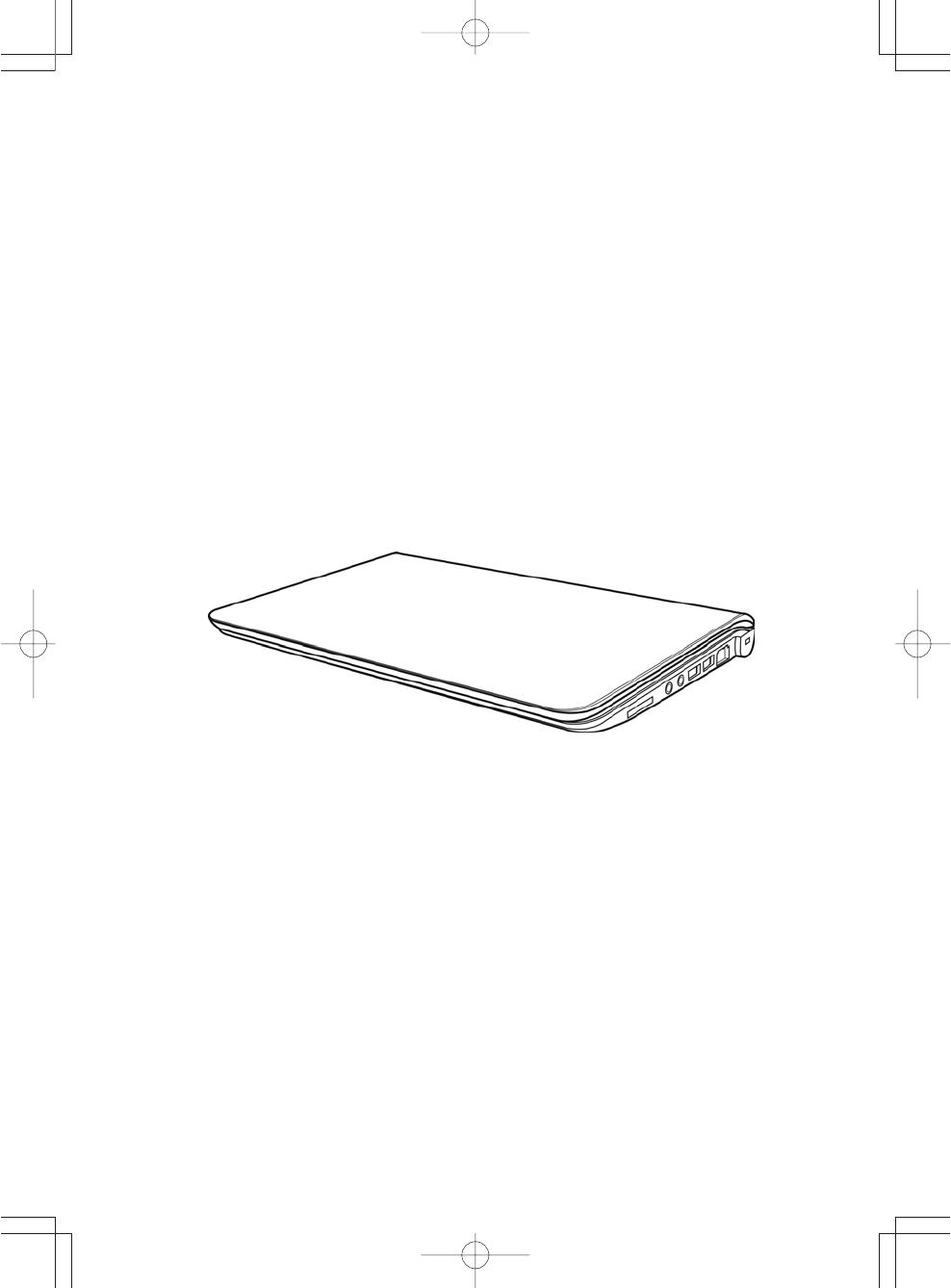
MANUEL DE L’UTILISATEUR
Décembre 2009
FRANÇAIS
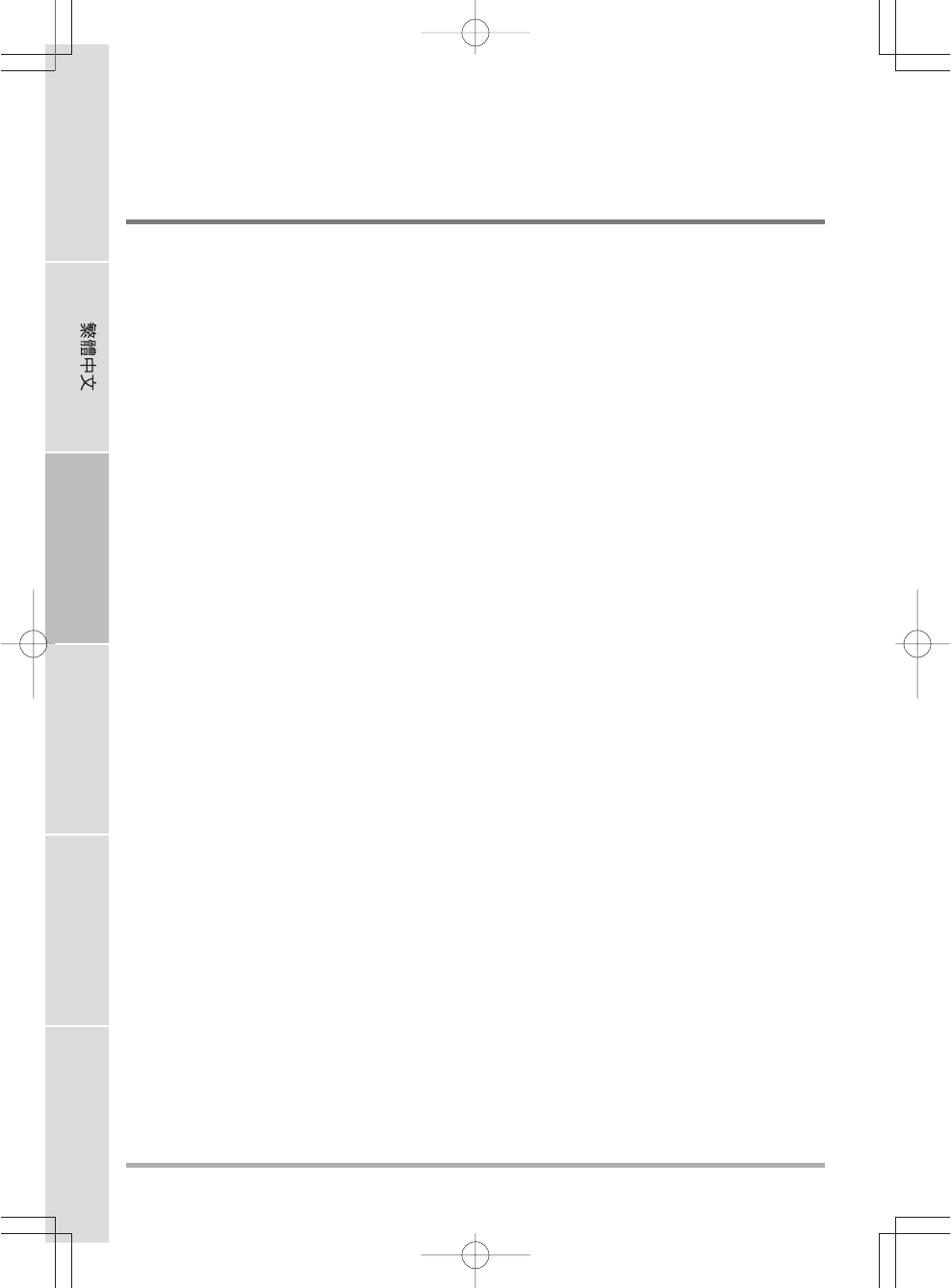
2
ENGLISH FRANÇAIS DEUTSCH ESPAÑOL ITALIANO
TABLE DES MATIÈRES
AVANT DE COMMENCER ....................................................................................... 5
Vérifiez que vous avez tout ............................................................................................ 5
Familiarisez-vous avec l’ordinateur .............................................................................. 6
OUVRIR LE PANNEAU D’AFFICHAGE ...................................................................... 6
PRÉSENTATION DE LA FACE AVANT ......................................................................... 7
PRÉSENTATION DU CÔTÉ GAUCHE ........................................................................ 9
PRÉSENTATION DU CÔTÉ DROIT .......................................................................... 10
PRÉSENTATION DE LA FACE ARRIÈRE .................................................................. 11
VUE DE DESSOUS ................................................................................................... 12
MISE EN ROUTE ................................................................................................... 13
Sources d’alimentation ................................................................................................ 13
CONNECTER L’ADAPTATEUR D’ALIMENTATION .................................................. 13
RECHARGER LA BATTERIE .................................................................................... 14
Démarrer votre Notebook ............................................................................................ 15
MISE EN MARCHE .................................................................................................... 15
Témoins d’état ......................................................................................................... 16
Utilisation des touches de fonction ......................................................................... 18
Utilisation du TouchPad ........................................................................................... 19
DÉPANNAGE ......................................................................................................... 20
Identifier le problème.................................................................................................... 20
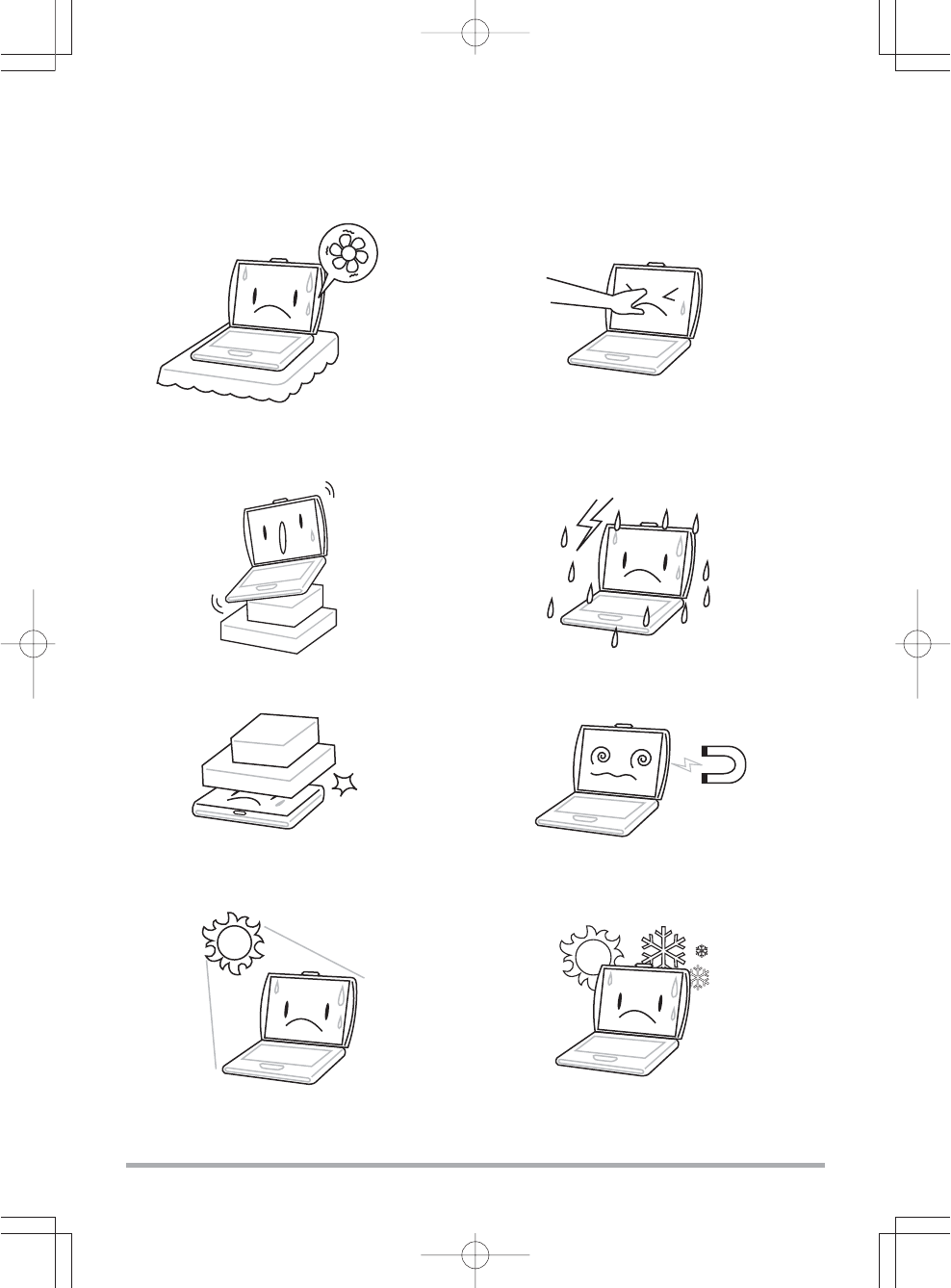
3
PRENDRE SOIN DE VOTRE NOTEBOOK
NE PAS placer ni faire tomber d'objets sur
l'ordinateur et NE PAS y appliquer une forte
pression.
NE PAS soumettre l'ordinateur à des champs
magnétiques.
Pour éviter toute surchauffe du processeur de
l’ordinateur, faites attention à ne pas boucher les
ouvertures prévues pour la ventilation.
NE PAS toucher ni appuyer sur le panneau
d'affichage.
NE PAS le placer sur une surface de travail
instable.
NE PAS utiliser votre notebook dans des condi-
tions particulièrement difficiles.
NE PAS exposer aux rayons directs du soleil. NE PAS utiliser ou stocker à des températures
extrêmes.
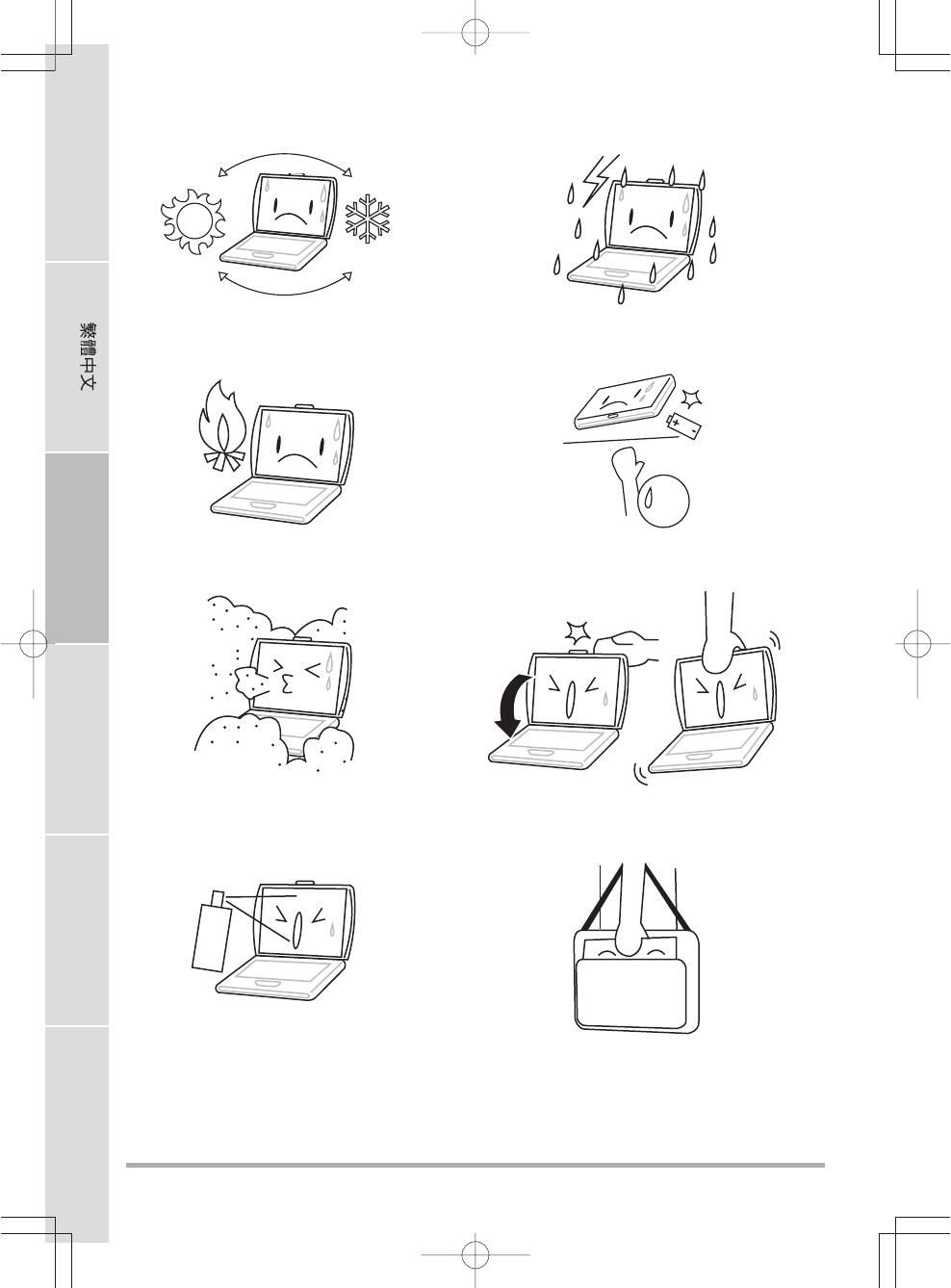
4
ENGLISH FRANÇAIS DEUTSCH ESPAÑOL ITALIANO
NE PAS exposer à la poussière et/ou à des
produits corrosifs.
NE PAS vaporiser d'eau ou tout autre liquide de
nettoyage directement sur l'affichage.
NE PAS fermer votre notebook en le claquant et
ne prenez ou ne soulevez jamais votre notebook
par l'affichage.
Si vous voyagez avec votre ordinateur, pensez à
le prendre comme bagage à main. Ne l’enregistrez
pas comme bagage de soute.
NE PAS placer près d'un feu ou autre source de
chaleur.
NE PAS agir à la légère avec les batteries. Rangez-
les hors de portée des enfants.
Eviter les changements soudains de température
ou d’humidité en le maintenant à l’écart d’orifices
d’A/C et de chauffage.
NE PAS exposer l'ordinateur à la pluie ou à
l'humidité.
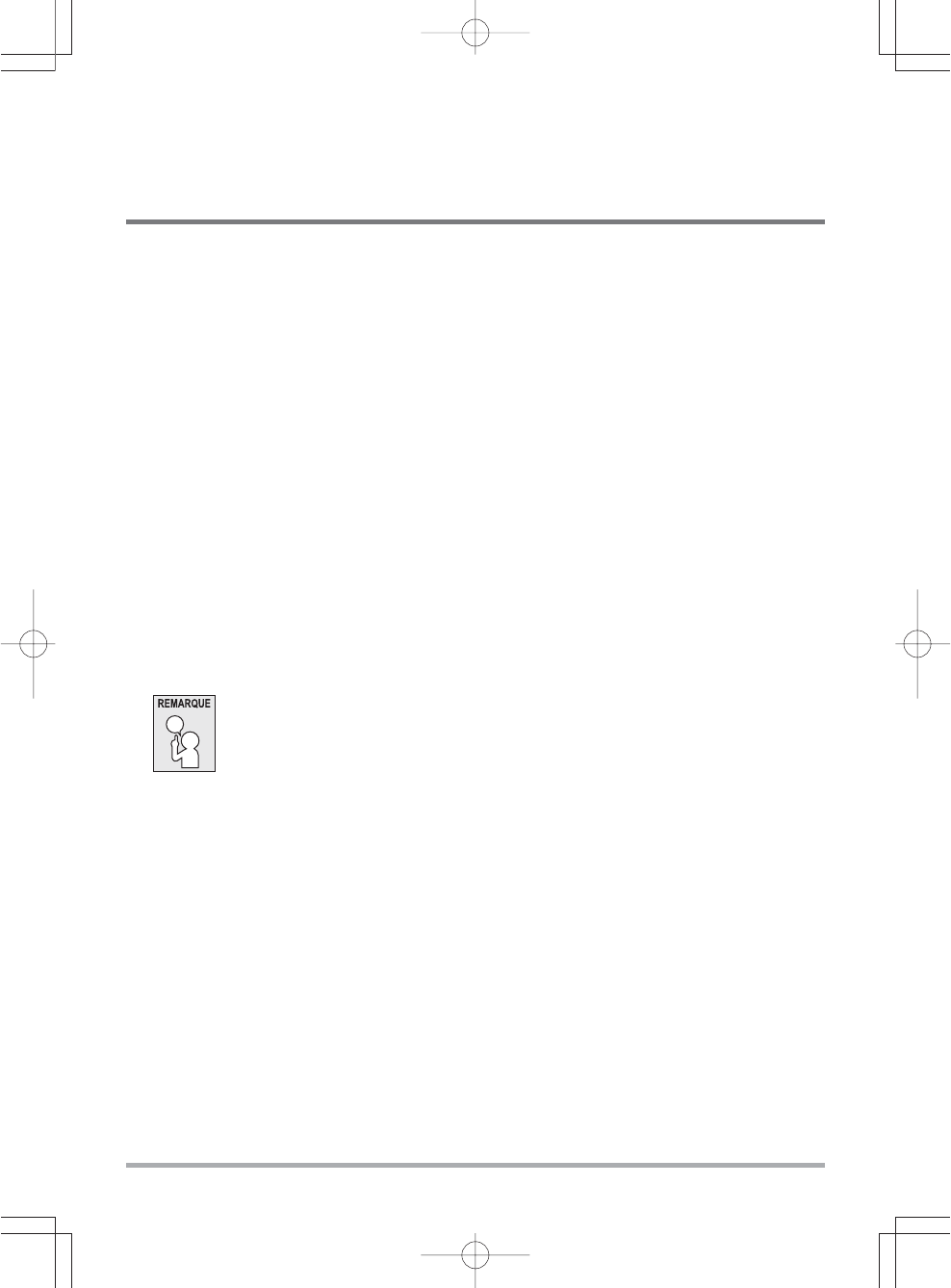
5
AVANT DE COMMENCER
Vérifiez que vous avez tout
Quand vous recevez votre notebook, déballez-le avec précaution, et vérifiez que vous avez tous
les éléments mentionnés ci-dessous. Pour un modèle pré-configuré vous devez avoir ce qui suit:
• Ordinateur Notebook
• Batterie Lithium Ion
• Adaptateur CA avec cordon d’alimentation CA
• CD de pilotes et d’applications
• Guide de démarrage rapide ou Guide de l’utilisateur
En fonction de la configuration de votre notebook, vous aurez peut-être aussi besoin des éléments
suivants:
• Disque d'application DVD+/- RW double
• Disque d'application Super Multi DVD RW
• Disque d'application Blu-ray/DVD RW
Après avoir vérifié et confirmé que votre notebook est complet, lisez les pages suivantes pour en
savoir plus sur tous les composants de votre notebook.
Selon le modèle acheté, l’apparence de votre notebook peut être différent de
celui présenté dans ce manuel.
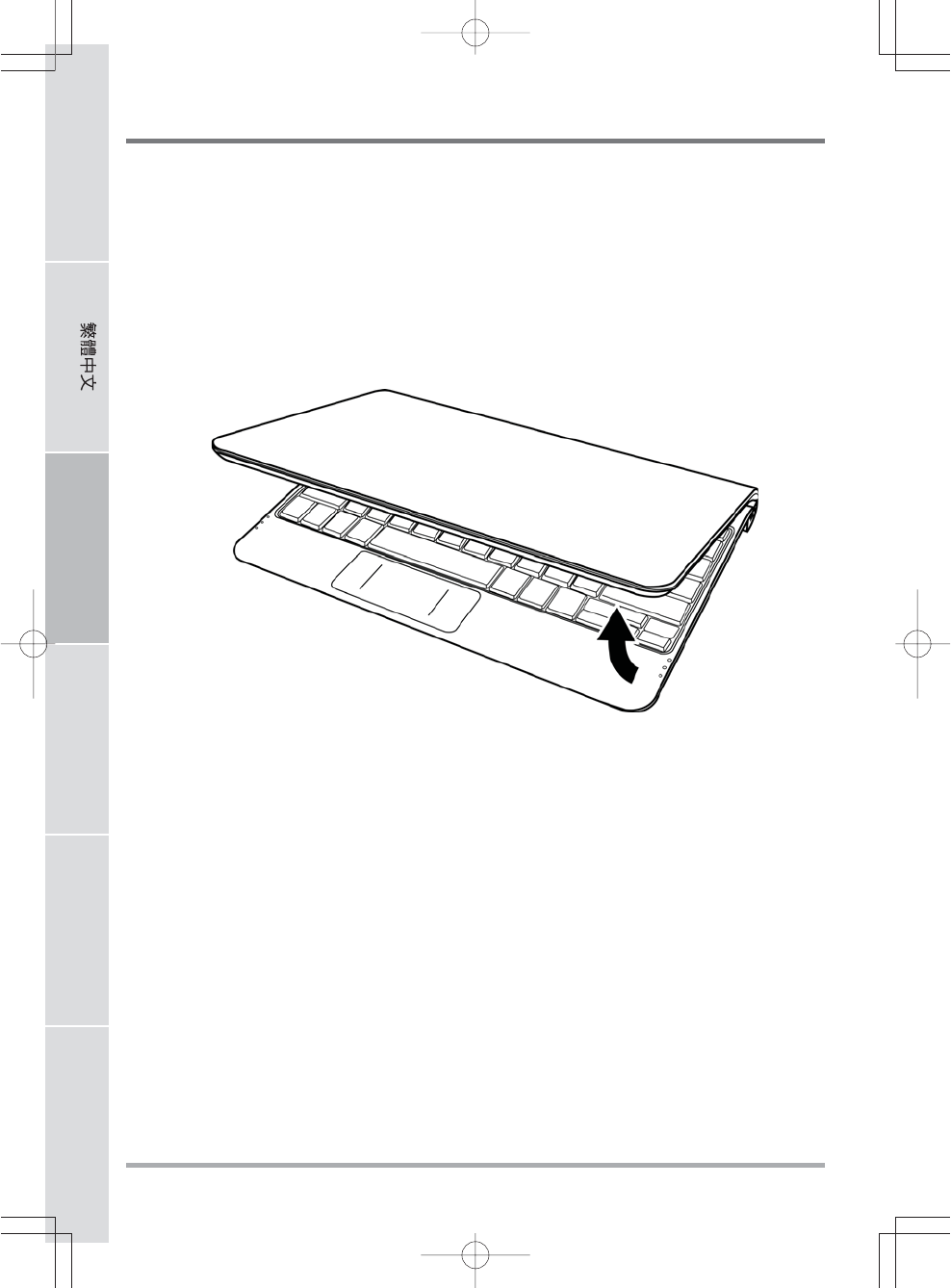
AVANT DE COMMENCER
6
ENGLISH FRANÇAIS DEUTSCH ESPAÑOL ITALIANO
Familiarisez-vous avec l’ordinateur
OUVRIR LE PANNEAU D’AFFICHAGE
Pour ouvrir le panneau d’affichage, soulevez simplement le couvercle.
Quand vous le fermez, prenez soin de ne pas le claquer.
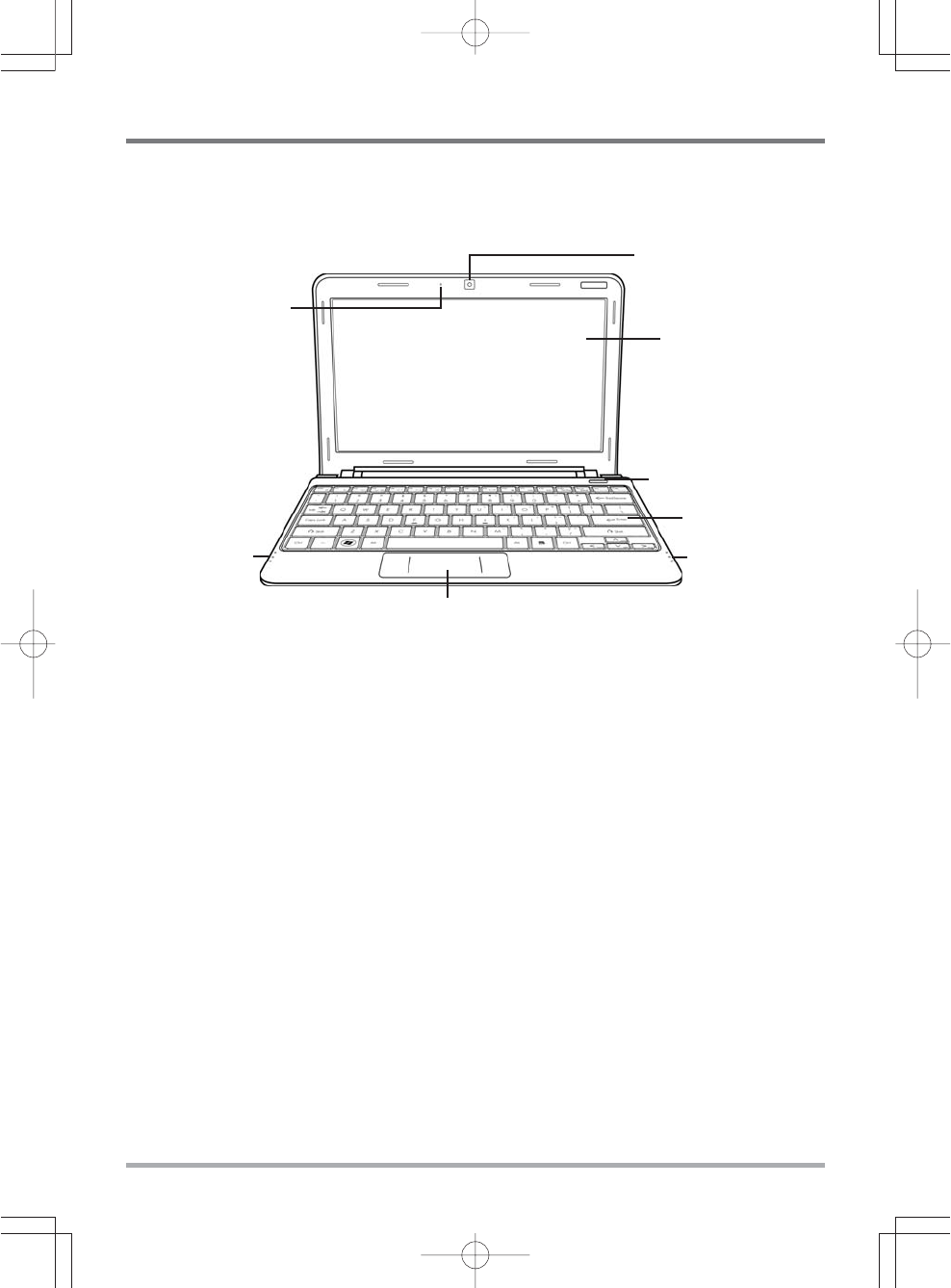
AVANT DE COMMENCER
7
PRÉSENTATION DE LA FACE AVANT
Voici une présentation de la face avant du notebook.
Appareil Photo
L’appareil photo intégré de 0,3 ou 1,3 mégapixels vous permet de prendre une photo ou de créer
un chat vidéo ou une conférence vidéo en un clic.
Panneau d’affichage
Le panneau d’affichage est un panneau LCD couleur avec rétroéclairage pour l’affichage du texte
et des graphiques.
Bouton Suspension/Marche
Ce bouton allume et éteint votre notebook ou le met en veille. (Voir Bouton Suspension/Marche
dans la section Mise sous tension pour plus d’informations.)
Clavier
Un clavier pleine taille avec touches Windows® dédiées.
Panneau d’affichage
Périphérique de pointage TouchPad
Bouton Suspension/
Marche
Clavier
Lampes témoin
d’état
Lampes témoin
d’état
Microphone
Appareil Photo
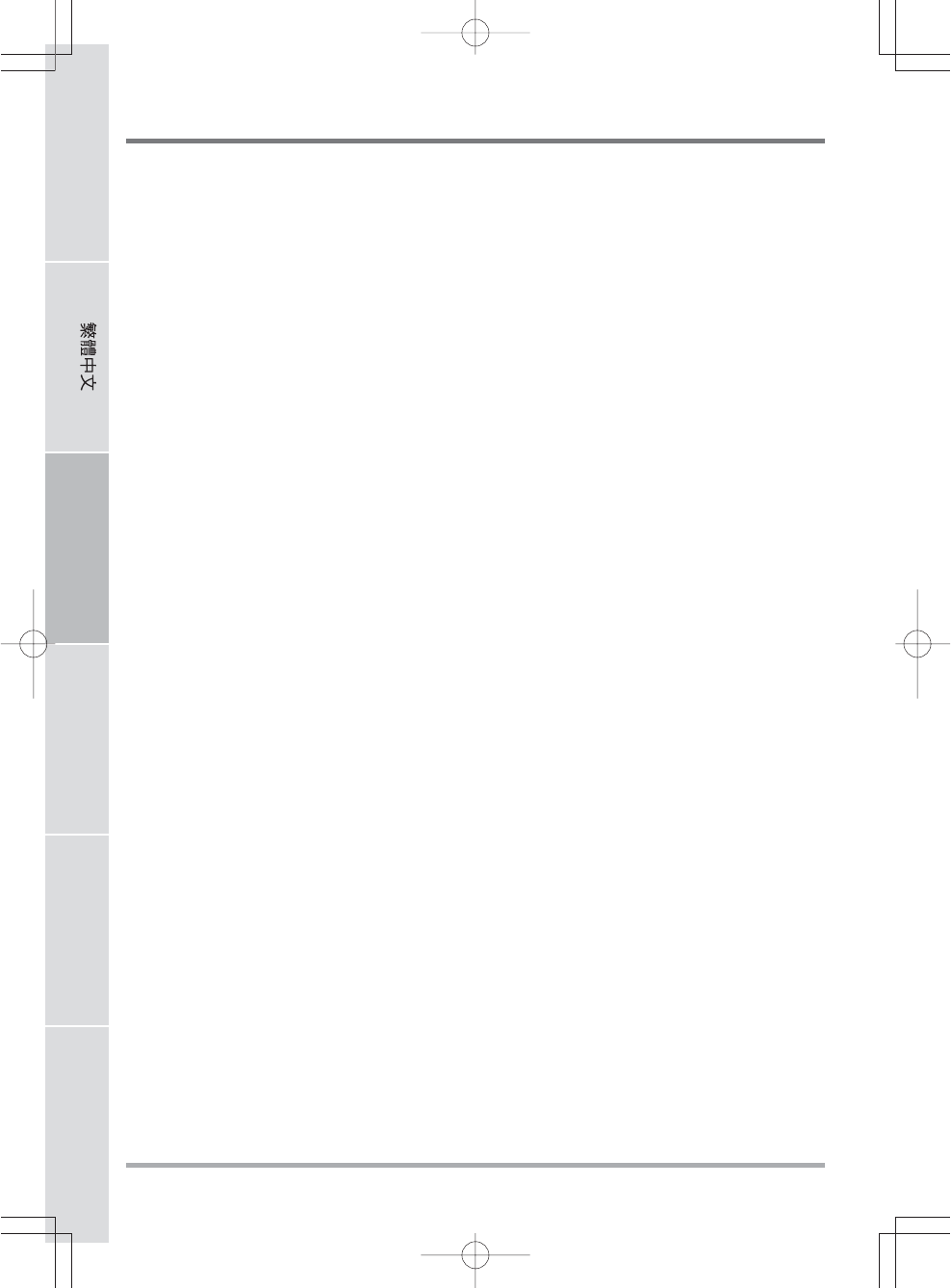
AVANT DE COMMENCER
8
ENGLISH FRANÇAIS DEUTSCH ESPAÑOL ITALIANO
Lampes témoin d’état
Les lampes témoin d’état correspondent à des modes de traitement spécifiques. Ces modes sont :
Etat Marche/Veille, état Batterie/Adaptateur CA, activité du disque dur (HDD), Verr Num, Verr
Maj, et activité de transmission sans fil.
Périphérique de pointage TouchPad
Le périphérique de pointage TouchPad est un contrôle du curseur fonctionnant comme une souris
à deux boutons et un pavé tactile sensible aux mouvements.
Microphone
Le microphone intégré permet la réception et la transmission de données vocales et/ou d’autres
données audio à tout programme pouvant accepter une telle entrée.
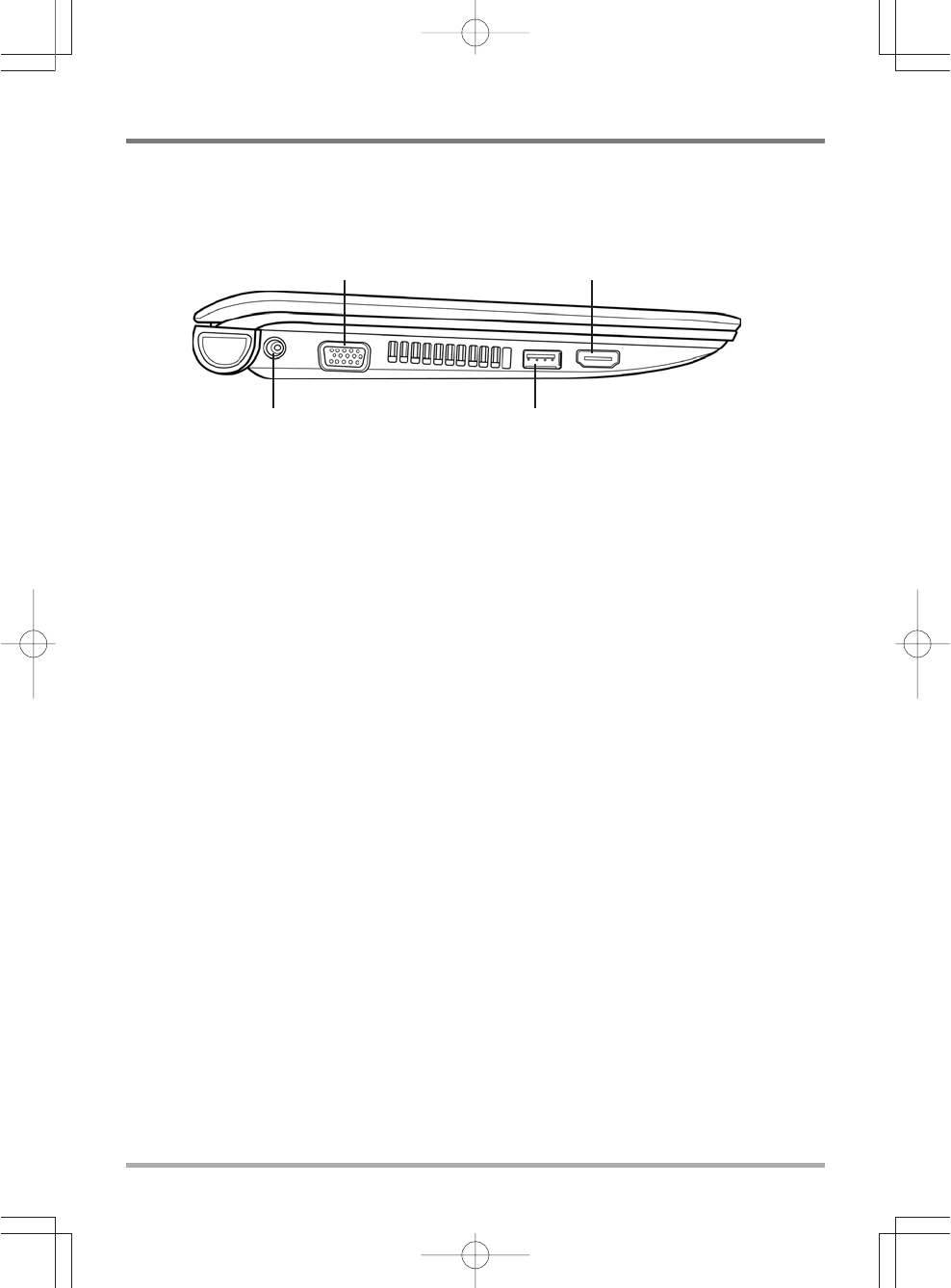
AVANT DE COMMENCER
9
Port d’adaptateur d’alimentation
Le port d’adaptateur d’alimentation vous permet de brancher un adaptateur d’alimentation CA
pour alimenter votre notebook et charger la batterie Lithium Ion interne.
Port du moniteur externe
Le moniteur externe vous permet de connecter un moniteur externe.
Port USB
Le port USB vous permet de connecter des périphériques USB. Il prend en charge la version
v2.0 du standard USB, offrant des vitesses d’échange de données allant jusqu’à 480 Mb/s.
Port HDMI
Le port HDMI vous permet de connecter un périphérique vidéo tel qu’une télévision, un projecteur,
ou un magnétoscope.
PRÉSENTATION DU CÔTÉ GAUCHE
Voici une brève description du côté gauche du notebook.
Port HDMI
Port du moniteur externe
Port d’adaptateur d’alimentation Port USB
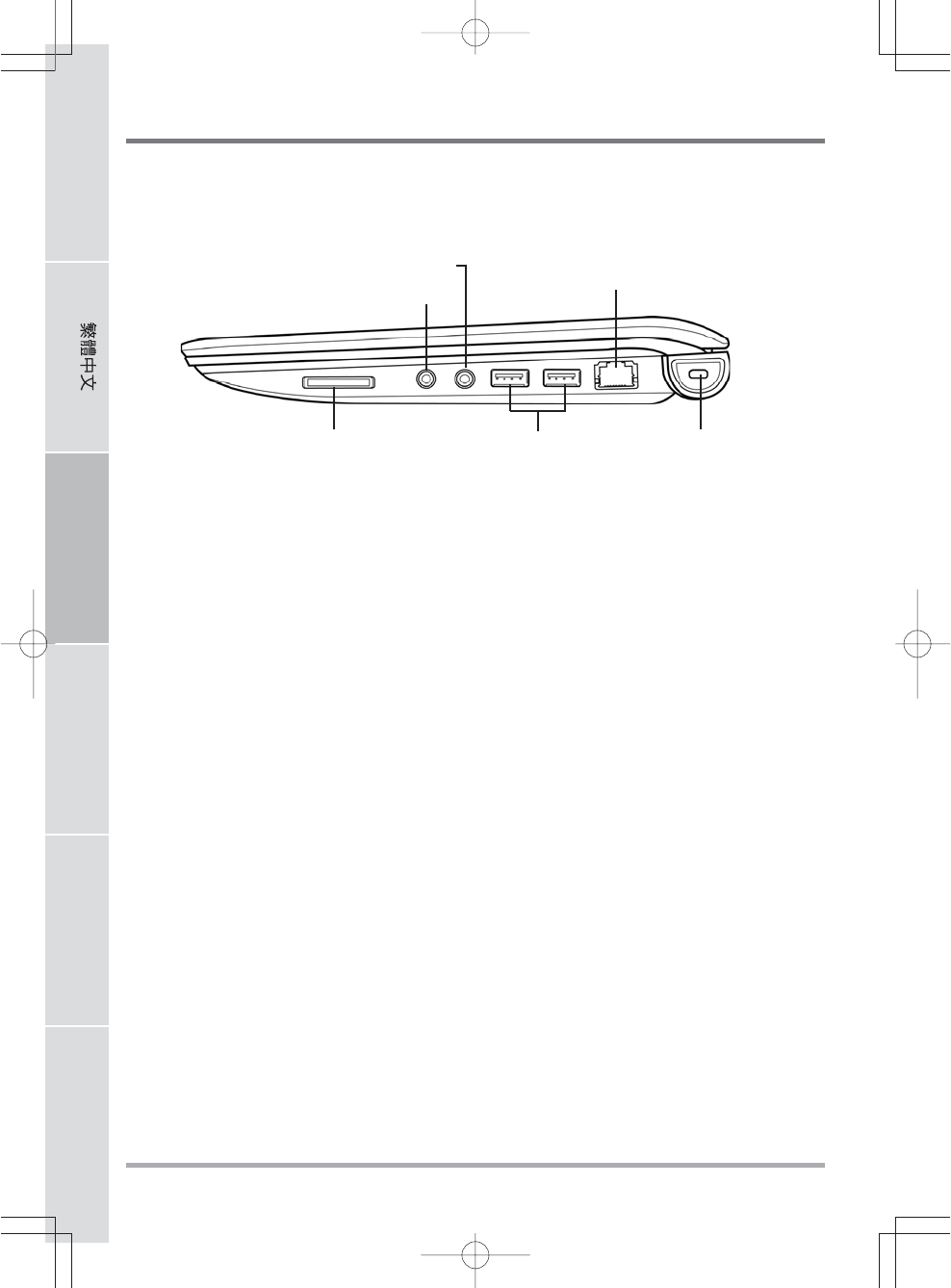
AVANT DE COMMENCER
10
ENGLISH FRANÇAIS DEUTSCH ESPAÑOL ITALIANO
Lecteur de carte mémoire
Le lecteur de carte mémoire offre la méthode la plus récente et la plus pratique pour transférer des
photos, de la musique et des données entre votre notebook et des périphériques compatibles flash
tels que des appareils photo numériques, des lecteurs MP3, des téléphones mobiles et des PDA.
Prise casque
La prise casque vous permet de connecter des casques ou des haut-parleurs externes et des
amplificateurs.
Prise Microphone
La prise microphone vous permet de connecter un microphone mono externe.
Ports USB
Les ports USB vous permettent de connecter des périphériques USB. Ils peuvent prendre en
charge la version v2.0 du standard USB, offrant des vitesses d’échange de données allant jusqu’à
480 Mb/s.
Port LAN (RJ-45)
Le port LAN est conçu pour prendre en charge une prise RJ-45 Base-T standard 10/100.
Prise Microphone Port LAN (RJ-45)
Prise casque
Lecteur de carte mémoire Logement de verrouillage
Kensington
Ports USB
PRÉSENTATION DU CÔTÉ DROIT
Voici une brève description du côté droit du notebook.
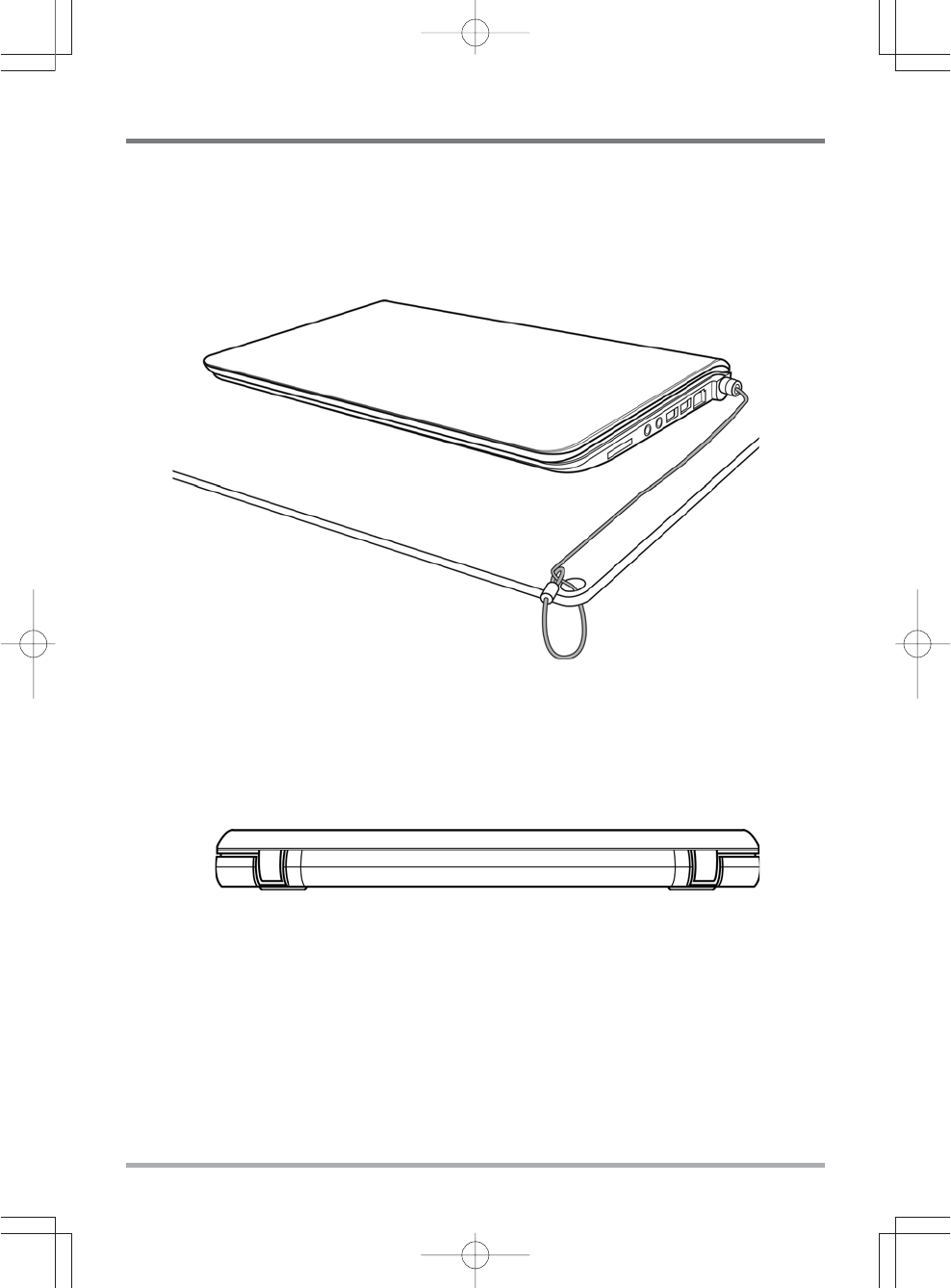
AVANT DE COMMENCER
11
PRÉSENTATION DE LA FACE ARRIÈRE
Vous trouverez ci-dessous une présentation de la face arrière du notebook.
Logement de verrouillage Kensington
Le connecteur du verrouillage Kensington vous permet d’attacher votre notebook à un objet
inamovible à l’aide du câble de sécurité optionnel.
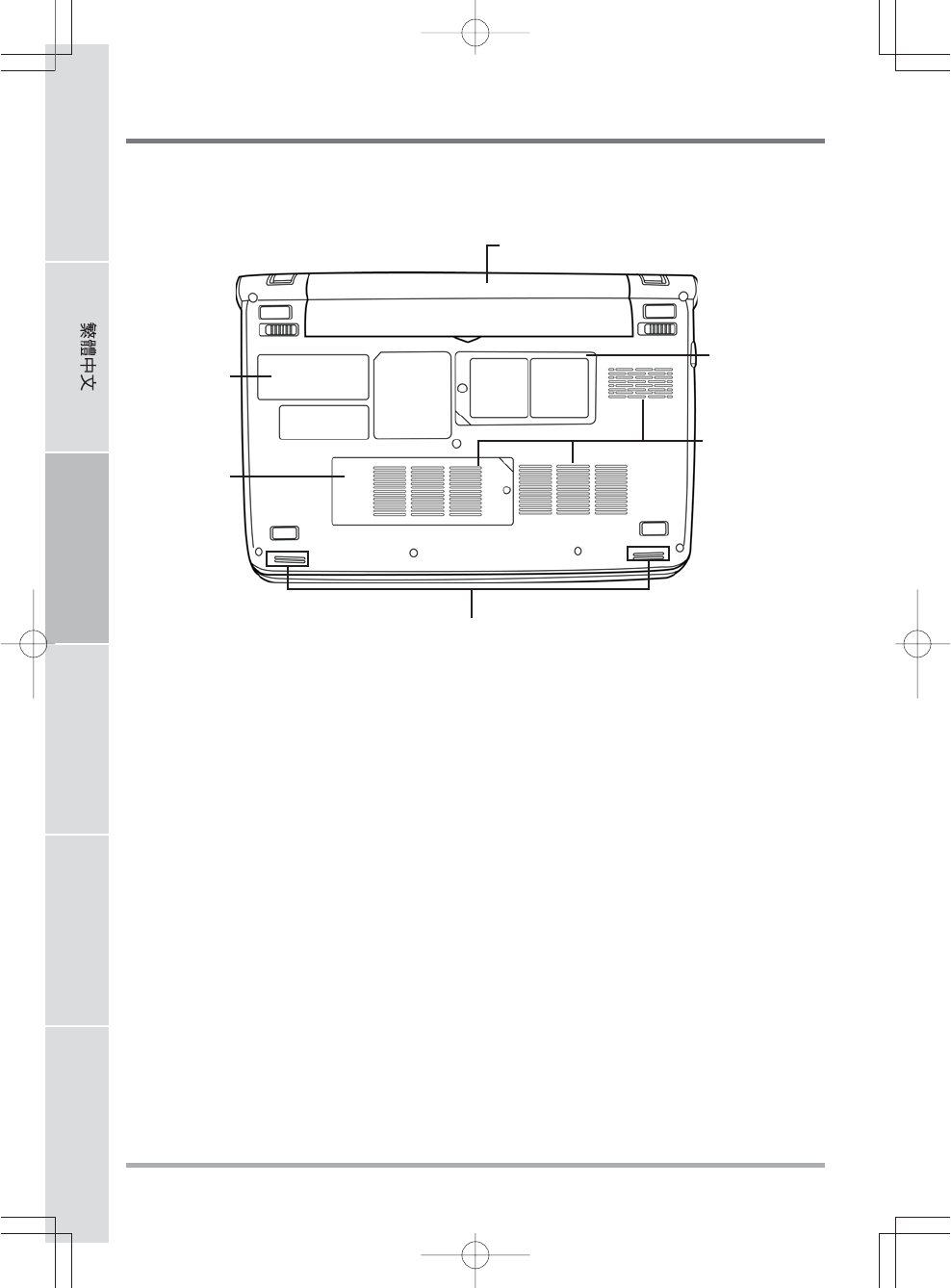
AVANT DE COMMENCER
12
ENGLISH FRANÇAIS DEUTSCH ESPAÑOL ITALIANO
Baie de batterie Lithium Ion
La baie de la batterie contient la batterie Lithium Ion interne. Elle peut être ouverte pour retirer la
batterie lors d’un stockage pour une période prolongée ou pour échanger une batterie déchargée
par une batterie Lithium Ion chargée.
Couvercles des compartiments
Le compartiment Wi-Fi contient la carte LAN sans fil et le module 3G (Pas disponible dans toutes
les configurations). Le compartiment mémoire contient le module mémoire de l’ordinateur.
Sorties de ventilation du ventilateur
Ce sont des ouvertures permettant au ventilateur de dissiper la chaleur provenant des composants
internes de l’ordinateur. Faites attention à ne pas obstruer les orifices de ventilation en installant
votre ordinateur.
Haut-parleurs stéréo
Les haut-parleurs stéréo permettent de profiter du son stéréo.
Label de contrôle
Le label indique le numéro du modèle et autres informations concernant votre notebook.
Baie de batterie Lithium Ion
Couvercles des
compartiments
Label de
contrôle
Haut-parleurs stéréo
Couvercles
des
compartiments
Sorties de
ventilation du
ventilateur
VUE DE DESSOUS
Voici une présentation de la partie inférieure du notebook.
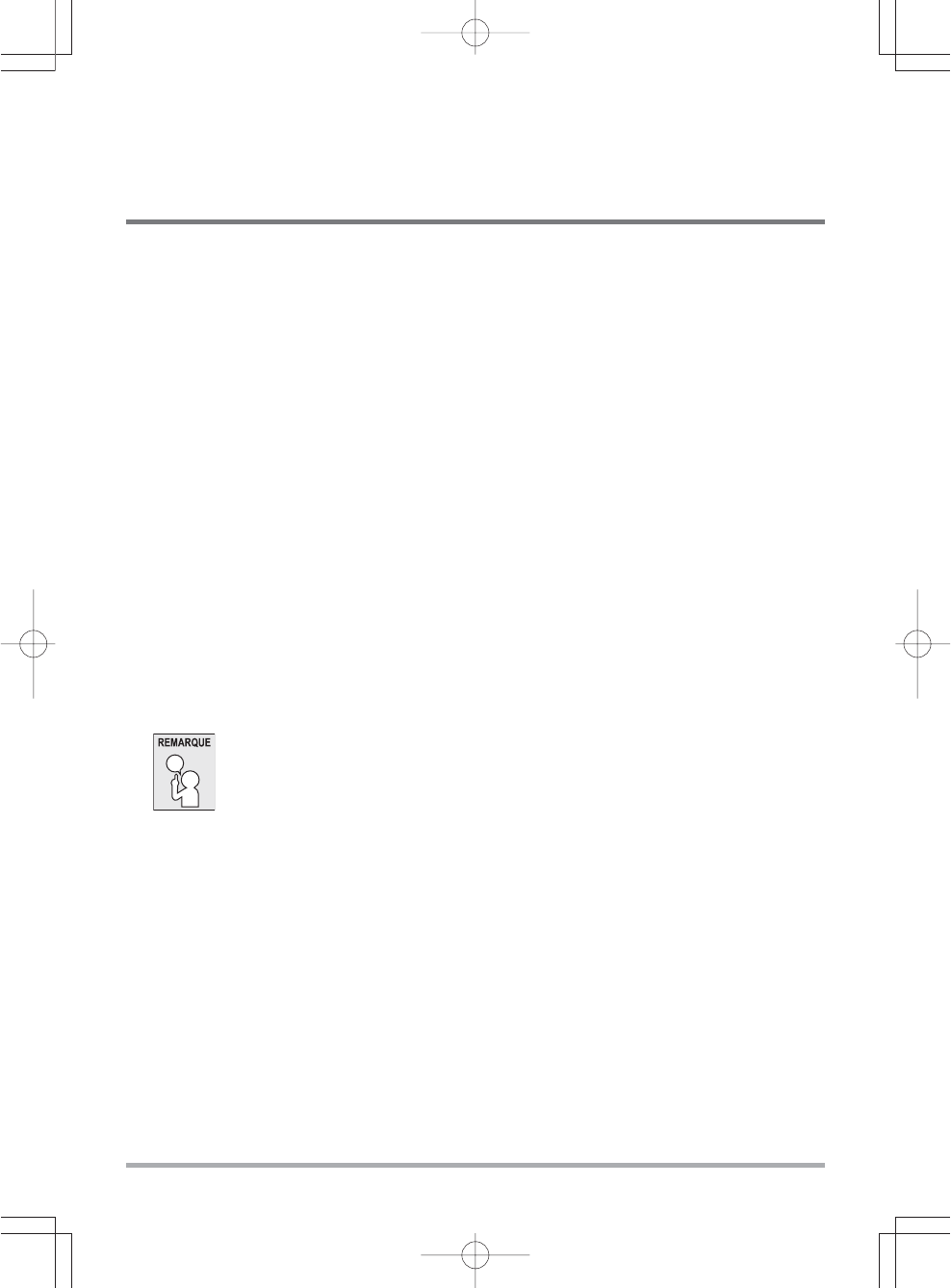
13
MISE EN ROUTE
Sources d’alimentation
Votre ordinateur possède deux sources d’alimentation : une batterie Lithium-Ion et un adaptateur
CA.
CONNECTER L’ADAPTATEUR D’ALIMENTATION
L’adaptateur CA fournit l’alimentation pour faire fonctionner votre notebook et recharger la
batterie.
Connexion de l’adaptateur CA
1. Branchez le câble de sortie CC dans la prise d’alimentation CC de votre notebook.
2. Branchez l’adaptateur CA à la prise de courant CA.
Passer de l’alimentation par adaptateur CA à l’alimentation par
batterie
1. Veillez à avoir au moins une batterie chargée d’installée.
2. Retirez l’adaptateur CA. Votre notebook passera automatiquement de l’alimentation CC à
l’alimentation par batterie.
La batterie Lithium-Ion n’est pas chargée à l’achat. Lors de la première
utilisation, vous devrez connecter l’adaptateur CA pour utiliser votre notebook.
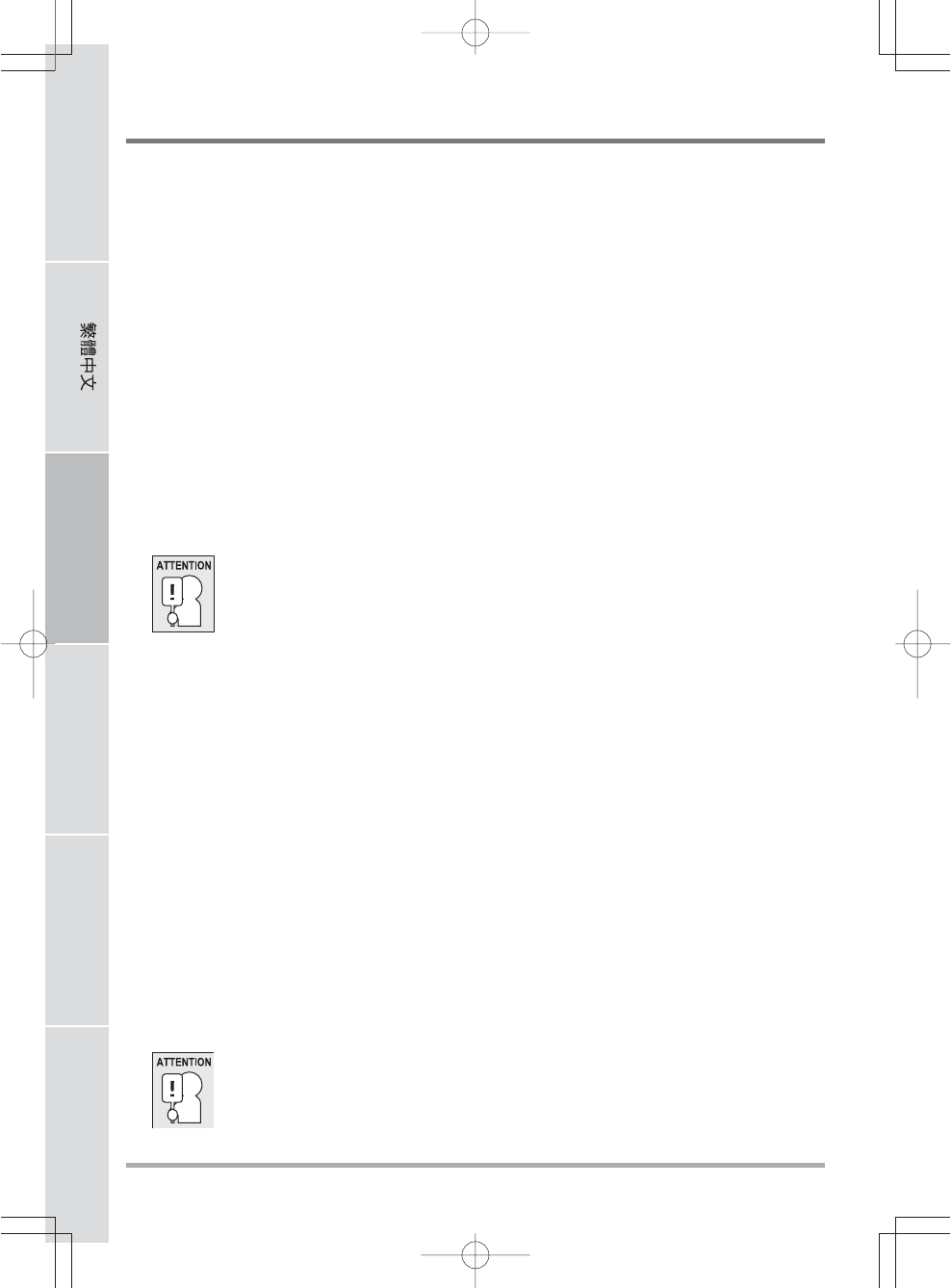
MISE EN ROUTE
14
ENGLISH FRANÇAIS DEUTSCH ESPAÑOL ITALIANO
RECHARGER LA BATTERIE
La batterie Lithium-Ion est rechargée de façon interne à l’aide de l’adaptateur CA. Pour recharger
la batterie, vérifiez que la batterie est installée et que l’ordinateur est connecté à l’adaptateur
CA.
Les batteries Lithium-Ion n’ont pas d’“effet mémoire”; vous n’avez donc pas à décharger
entièrement la batterie avant de la recharger. La durée de charge sera sensiblement plus longue si
vous utilisez votre notebook pendant le chargement de la batterie. Si vous voulez charger la
batterie plus rapidement, placez votre ordinateur en mode Veille ou éteignez-le pendant que
l’adaptateur recharge la batterie.
Batterie déchargée
Quand la batterie est déchargée, un message d’avertissement apparaît. Si vous ne répondez pas au
message de batterie faible, la batterie continue de se décharger jusqu’à ce qu’elle soit trop faible
pour opérer. Lorsque cela se produit, votre PC notebook passe en mode Suspendu. Il n’y a
aucune garantie que vos données seront sauvegardées une fois que le notebook atteint cet état.
Pour ne pas endommager votre notebook, utilisez uniquement l’adaptateur
d’alimentation fourni avec celui-ci car chaque adaptateur d’alimentation possède
sa propre puissance de sortie.
Quand votre notebook entre en mode Suspension du fait que la batterie est déchargée, vous ne
pourrez pas continuer à travailler avant d’avoir fourni une source d’alimentation provenant d’un
adaptateur, ou d’une batterie rechargée. Une fois que vous avez fourni l’alimentation, vous
pouvez appuyer sur le bouton Veille/Reprise pour reprendre l’utilisation. En mode Veille, vos
données sont conservées un certain temps, mais si vous ne fournissez pas rapidement une source
d’alimentation, l’indicateur d’Alimentation s’arrête de clignoter et s’éteint, et vous perdez les
données non enregistrées. Une fois que vous avez fourni l’alimentation, vous pouvez continuer à
utiliser votre ordinateur pendant que l’adaptateur recharge la batterie.
Remplacement de la batterie
Il y a risque d’explosion si la batterie est remplacée par un type de batterie non approprié. Pour
les ordinateurs équipés d’une batterie lithium-ion remplaçable, les règles suivantes s’appliquent :
- Si la batterie est placée dans une ZONE D’ACCÈS D’OPÉRATEUR, il devrait y avoir une
marque près de la batterie, ou une indication dans les instructions d’utilisation et d’entretien;
- Si la batterie est placée ailleurs dans l’ordinateur, il devrait y avoir une marque près de la
batterie ou une indication dans les instructions d’entretien.
La marque ou l’indication doivent comporter le texte suivant ou un texte similaire :
Il y a risque d’explosion si la batterie est remplacée par un type de batterie non
approprié. Eliminez les batteries usagées conformément aux instructions.
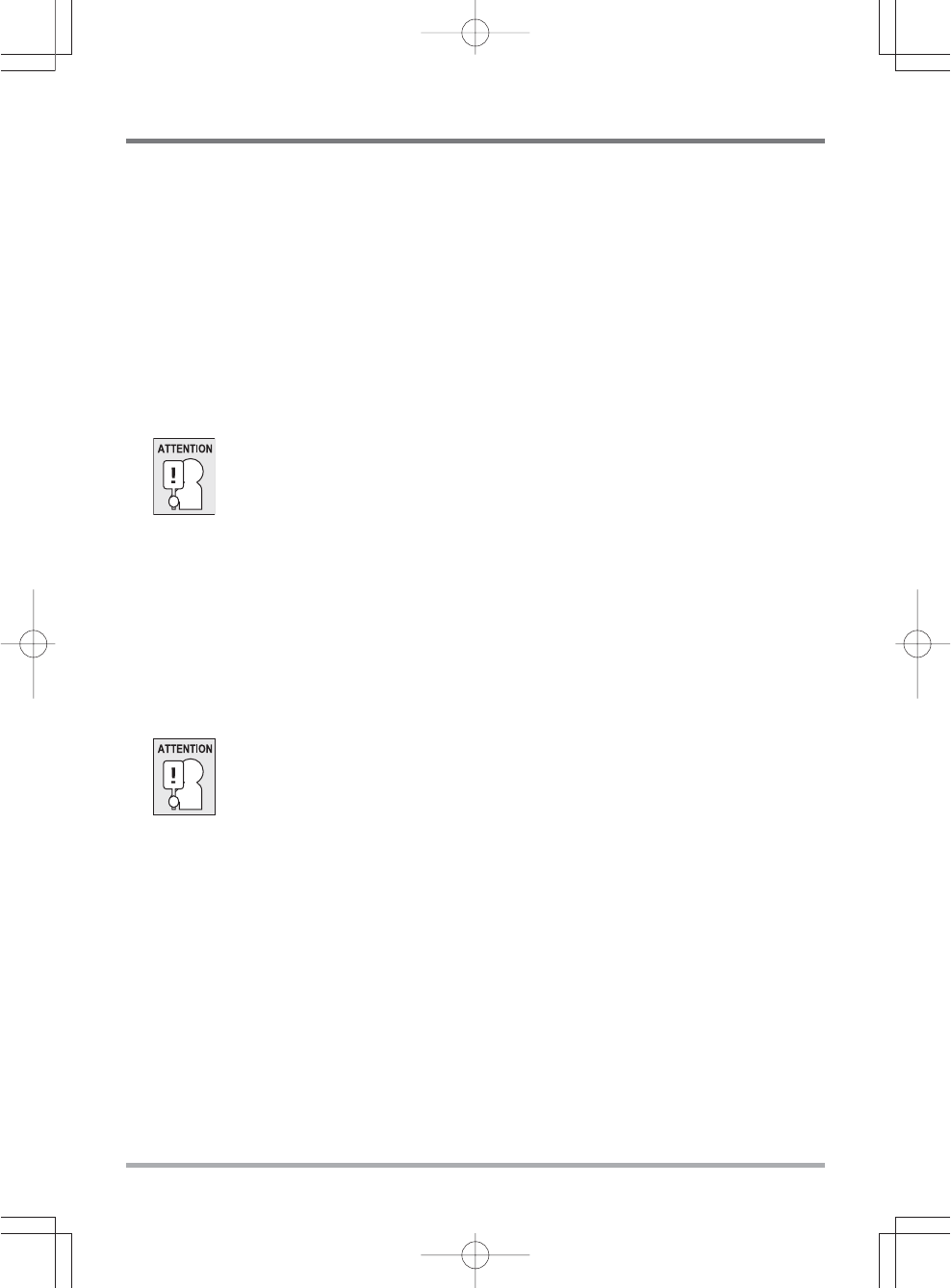
MISE EN ROUTE
15
Démarrer votre Notebook
MISE EN MARCHE
Bouton Suspension/Marche
Le commutateur de suspension/marche est utilisé pour allumer votre notebook quand il est éteint.
Une fois que vous avez connecté votre adaptateur CA ou rechargé la batterie Lithium-Ion interne,
vous pouvez allumer votre notebook en appuyant sur le bouton suspension/marche situé au-
dessus du clavier. Si vous devez faire une pause prolongée, appuyez à nouveau sur le bouton pour
l’éteindre.
Ne déplacez pas votre notebook quand il est allumé, ou ne lui faites pas subir
des chocs ou des vibrations, cas vous risquez d’endommager son disque dur.
Quand vous allumez votre notebook, il effectue un Auto-test de démarrage (POST) pour vérifier
que les parties internes et la configuration sont correctes. Si une erreur est trouvée, votre ordinateur
émet un son d’avertissement et/ou affiche un message d’erreur.
En fonction de la nature du problème, vous pourrez continuer en redémarrant le système
d’exploitation ou en entrant dans l’utilitaire de configuration du BIOS et en modifiant les paramètres.
Après l’exécution réussie de l’Auto-test de démarrage (POST), votre notebook charge le système
d’exploitation installé.
N’éteignez jamais votre notebook pendant l’Auto-test de démarrage (POST),
ou une erreur irrécupérable risque de se produire.
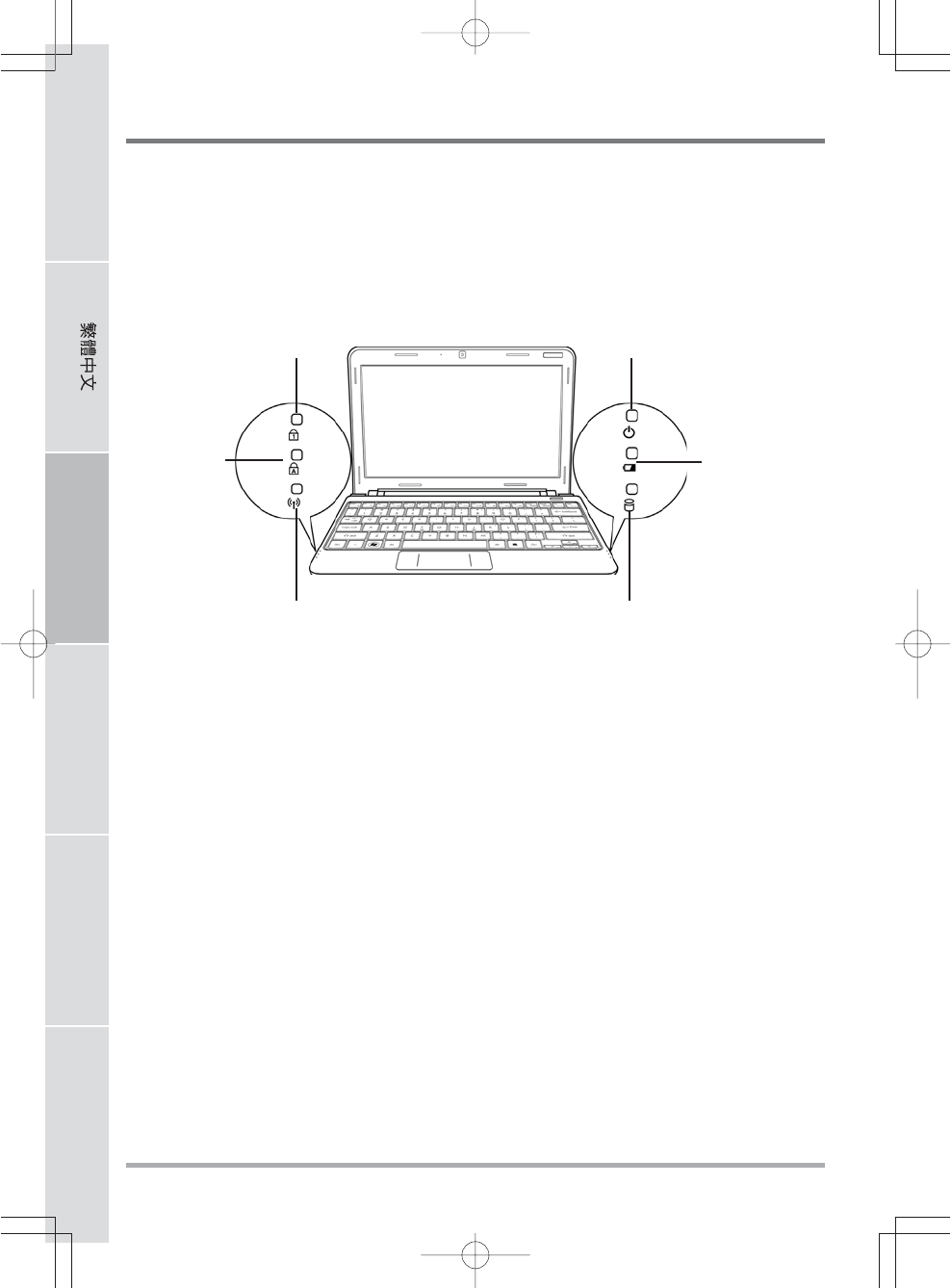
MISE EN ROUTE
16
ENGLISH FRANÇAIS DEUTSCH ESPAÑOL ITALIANO
Témoins d’état
Les lampes témoin d’état correspondent à des modes de traitement spécifiques. Ces modes sont :
Etat Marche/Veille, état Batterie/Adaptateur CA, activité du disque dur (HDD), Verr Num, Verr
Maj, et activité de transmission sans fil.
Témoin d’état de Marche/Veille
Ce témoin s’illumine quand l’ordinateur est allumé, et clignote quand l’ordinateur est en mode
Veille.
Témoin de Batterie
La lampe témoin de Batterie vous indique si la batterie Lithium Ion est en train de se charger ou si
elle est déjà entièrement rechargée.
• Si vous rechargez votre batterie, la lampe témoin de batterie reste allumée même si votre
notebook est éteint.
• S’il n’y a pas d’activité de batterie, si les adaptateurs d’alimentation ne sont pas connectés, ou
si le commutateur d’alimentation est sur la position Eteint, la lampe témoin de batterie sera
aussi éteint.
• Les batteries soumises à des chocs, des vibrations ou des températures extrêmes peuvent être
irrémédiablement endommagées.
Témoin d’activité de
transmission sans fil
Témoin d’état de Marche/VeilleLe témoin VerrNum
Témoin de
Batterie
Le témoin
VerrMaj
Témoin d’activité du disque dur
(HDD)

MISE EN ROUTE
17
Témoin d’activité du disque dur (HDD)
Le témoin d’activité du disque dur (HDD) vous indique si votre disque dur interne est en cours
d’accès et, si c’est le cas, à quelle vitesse.
Le témoin VerrNum
Ce témoin indique quand le clavier interne est paramétré en mode de pavé numérique à dix touches.
Le témoin VerrMaj
Ce témoin vous indique que le clavier est paramétré pour taper tout en lettres capitales.
Témoin d’activité de transmission sans fil
Le témoin d’activité de transmission sans fil vous indique si votre ordinateur est connecté ou non
à un réseau Bluetooth/sans fil.
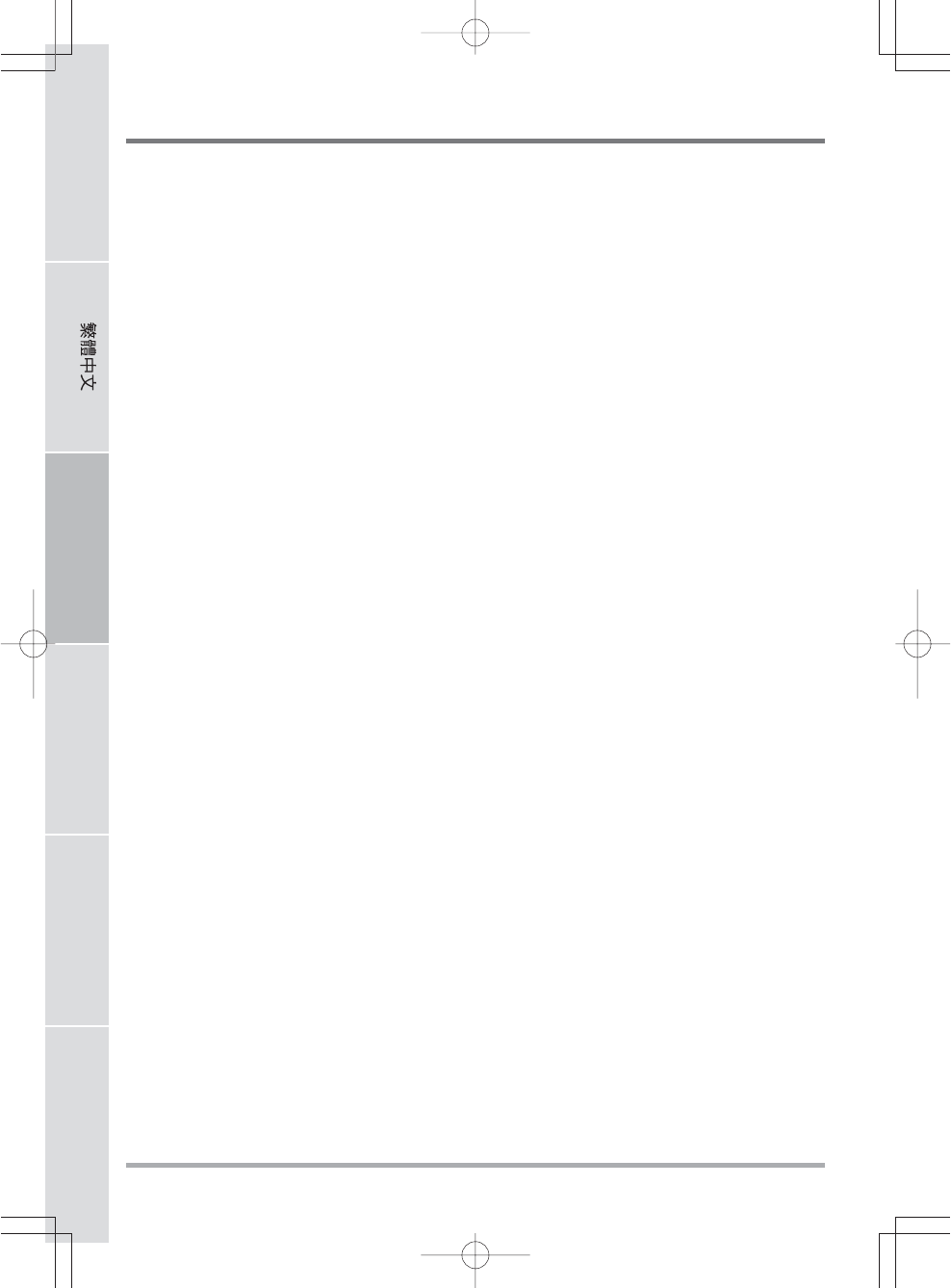
MISE EN ROUTE
18
ENGLISH FRANÇAIS DEUTSCH ESPAÑOL ITALIANO
Utilisation des touches de fonction
Votre ordinateur possède 12 touches de fonction, F1 à F12. Les fonctions attribuées à ces touches
diffèrent pour chaque application. Vous devez vous reporter à la documentation de votre logiciel
pour découvrir comment ces touches sont utilisées.
La touche [FN] offre des fonctions étendues pour le notebook et est toujours utilisée
conjointement avec une autre touche.
• [FN+F1]: Met le notebook en mode Suspension. Appuyer sur le bouton d’alimentation
pour le rétablir en mode actif.
• [FN+F2]: Active ou désactive la connexion réseau sans fil. Appuyez sur cette combinaison
de touches pour activer la connexion LAN sans fil. Appuyez et maintenez cette
combinaison de touches enfoncée pour activer la connexion réseau 3G.
• [FN+F3]: Vous permet de changer votre sélection de l’endroit où envoyer votre vidéo
d’affichage. Chaque fois que vous appuyez sur la combinaison de touches vous passez au
choix suivant. Les choix, dans l’ordre, sont : panneau d’affichage intégré seulement, à la fois
le panneau d’affichage intégré et le moniteur externe, ou moniteur externe seulement.
• [FN+F4]: Diminue la luminosité de l’écran.
• [FN+F5]: Augmente la luminosité de l’écran.
• [FN+F6]: Désactive le volume de l’ordinateur.
• [FN+F7]: Diminue le volume de l’ordinateur.
• [FN+F8]: Augmente le volume de l’ordinateur.
• [FN+F9]: Lit ou met en pause la piste multimédia en cours.
• [FN+F10]: Arrête la piste multimédia en cours.
• [FN+F11]: Va à la piste multimédia précédente.
• [FN+F12]: Va à la piste multimédia suivante.
• [FN+Esc]: Active ou désactive la fonction Bluetooth.
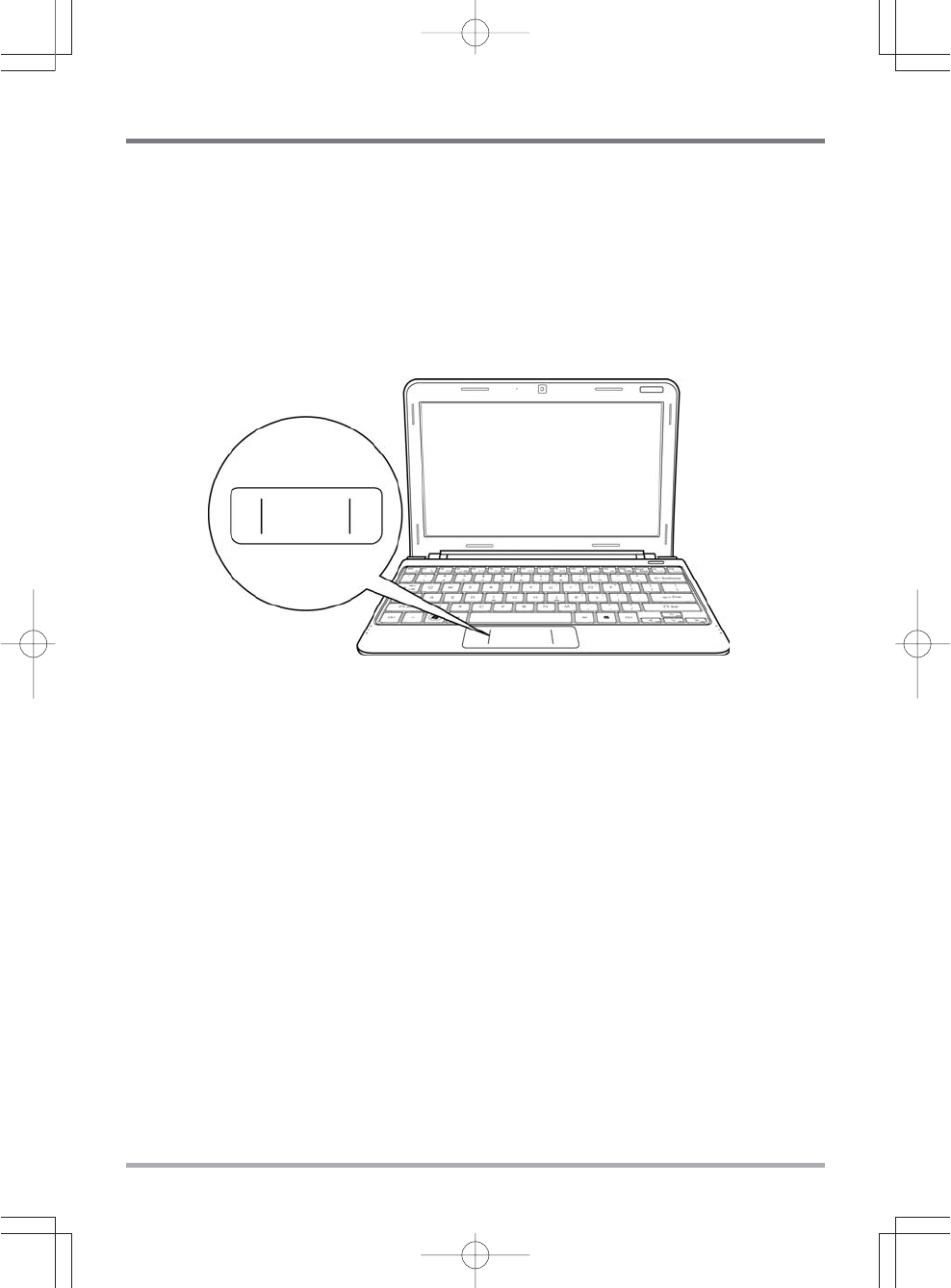
MISE EN ROUTE
19
Utilisation du TouchPad
Un dispositif de pointage TouchPad est intégré à votre ordinateur. Il est utilisé pour contrôler le
mouvement du pointeur pour sélectionner les éléments sur votre panneau d’affichage.
Le TouchPad est composé d’un contrôle du curseur, un bouton gauche et droit, et une barre de
défilement. Le contrôle du curseur fonctionne de la même façon que celui d’une souris, et déplace
le curseur sur l’affichage. Il nécessite seulement une légère pression du bout du doigt. Les boutons
gauche et droit fonctionnent de la même façon que les boutons d’une souris. La fonctionnalité
effective des boutons peut varier en fonction de l’application utilisée.
Cliquer
Cliquer signifie appuyer sur un bouton et le relâcher. Pour faire un clic gauche, déplacez le curseur
sur l’élément que vous désirez sélectionner, appuyez une fois sur le bouton gauche, et relâchez-
le immédiatement. Pour faire un clic droit, déplacez le curseur sur l’élément que vous désirez
sélectionner, appuyez une fois sur le bouton droit, et relâchez-le immédiatement. Vous avez aussi
la possibilité d’effectuer le clic en tapant légèrement une fois sur le TouchPad.
Double-cliquer
Double cliquer signifie appuyer et relâcher deux fois le bouton gauche en succession rapide. Cette
procédure ne fonctionne pas avec le bouton droit. Pour faire un double clic, déplacez le curseur
sur l’élément que vous désirez sélectionner, appuyez deux fois sur le bouton gauche, et relâchez-
le immédiatement. Vous avez aussi la possibilité d’effectuer le double clic en tapant légèrement
deux fois sur le TouchPad.
Faire glisser
Faire glisser signifie appuyer sur le bouton gauche et le maintenir enfoncé, tout en déplaçant le
curseur. Pour faire glisser, déplacez le curseur sur l’élément que vous désirez déplacer. Appuyez
sur le bouton gauche et maintenez-le enfoncé tout en déplaçant l’élément à son nouvel emplace-
ment et relâchez-le ensuite. Faire glisser peut aussi être effectué à l’aide du TouchPad. D’abord,
tapez deux fois sur le TouchePad au-dessus de l’élément que vous désirez déplacer en prenant soin
de laisser votre doigt sur le pavé tactile après le taper final. Ensuite, déplacez l’objet à son nouvel
emplacement en déplaçant votre doigt sur le TouchPad, et en relâchant ensuite la pression de votre
doigt.
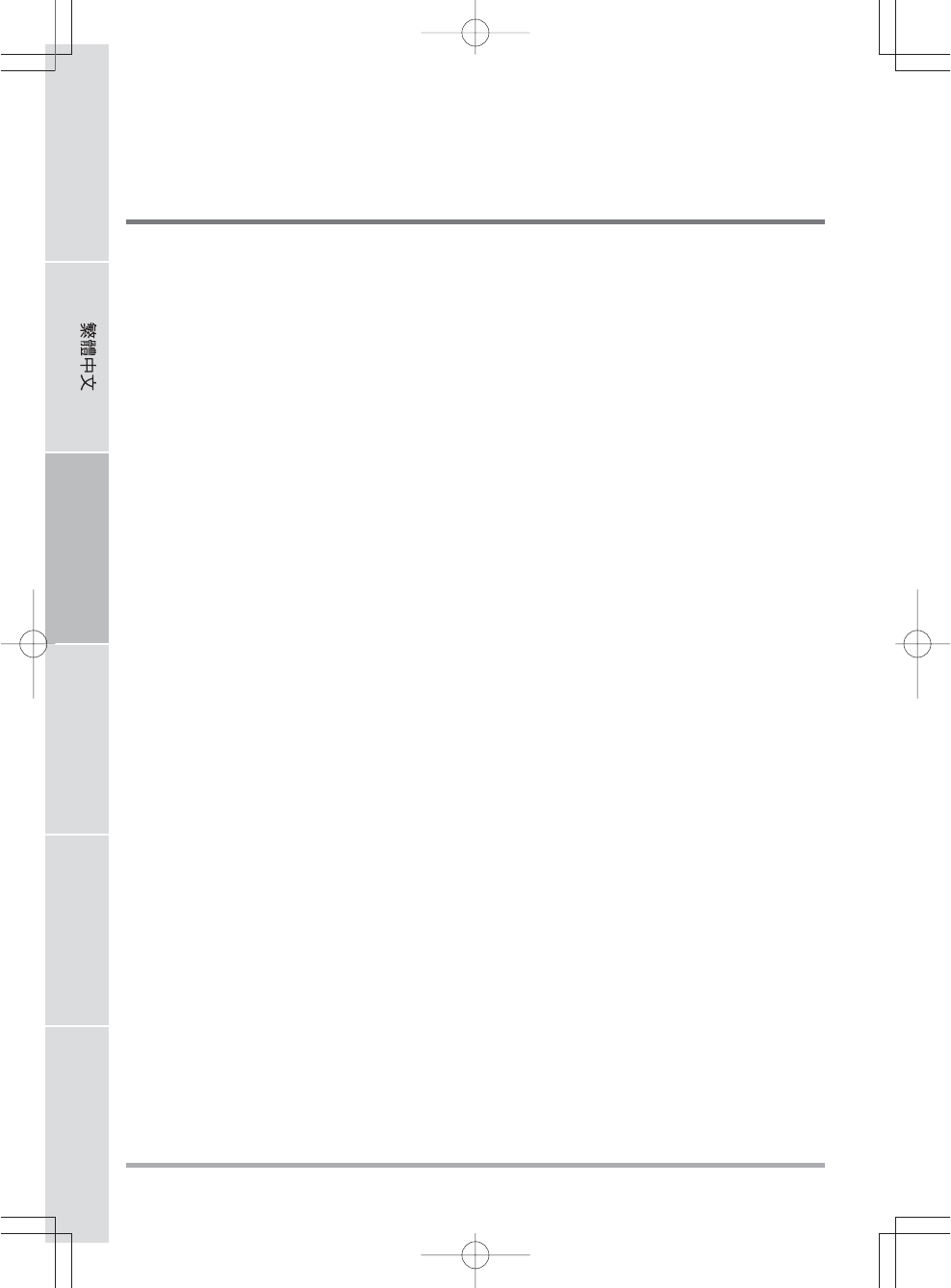
20
ENGLISH FRANÇAIS DEUTSCH ESPAÑOL ITALIANO
DÉPANNAGE
Votre notebook est robuste et présente rarement de problèmes dans ce domaine. Cependant, vous
pouvez rencontrer de simples problèmes de configuration ou d’utilisation que vous pouvez
résoudre sur place, ou des problèmes avec des périphériques, que vous pouvez résoudre en
remplaçant le périphérique. Les informations contenues dans cette section vous aident à isoler et
résoudre certains de ces problèmes simples et à identifier les pannes qui nécessitent une réparation.
Identifier le problème
Si vous rencontrez un problème, effectuez tout d’abord la procédure suivante avant de vous lancer
dans un dépannage complexe.
1. Eteignez votre notebook.
2. Vérifiez que l’adaptateur CA est branché à votre notebook et à une source d’alimentation CA.
3. Vérifiez que toute carte installée dans le logement de Carte du PC est correctement en place.
Vous pouvez aussi retirer la carte du logement, éliminant ainsi un problème possible de panne.
4. Vérifiez que les périphériques connectés aux connecteurs externes sont correctement branchés.
Vous pouvez aussi déconnecter ces périphériques, éliminant ainsi les causes possibles de
panne.
5. Allumez votre notebook. Assurez-vous qu’il est resté éteint au moins 10 secondes avant de le
rallumer.
6. Effectuez la séquence de démarrage.
7. Si le problème n’a pas été résolu, contactez votre représentant de l’assistance technique.
Avant d’appeler, vous devez préparer les informations suivantes afin que le représentant
d’assistance technique puisse vous fournir la solution la plus rapide possible :
• Nom du produit
• Numéro de configuration du produit
• Numéro de série du produit
• Date d’achat
• Conditions dans lesquelles le problème s’est produit
• Tout message d’erreur ayant apparu
• Configuration matérielle
• Type de périphérique connecté, le cas échéant
Voir l’étiquette de configuration sous votre notebook pour connaître les numéros de configuration
et de série.

21
Technologie protégée par Copyright
Ce produit incorpore la technologie de protection par copyright qui est protégée par les brevets
U.S. et autres droits de propriété intellectuelle. L’utilisation de cette technologie de protection
par copyright doit être autorisée par Macrovision, et est destinée à des utilisations domestiques
et autres visualisations limitées à moins qu’autorisé différemment par Macrovision. Toute ingénierie
inverse ou démontage sont interdits.

MEMO
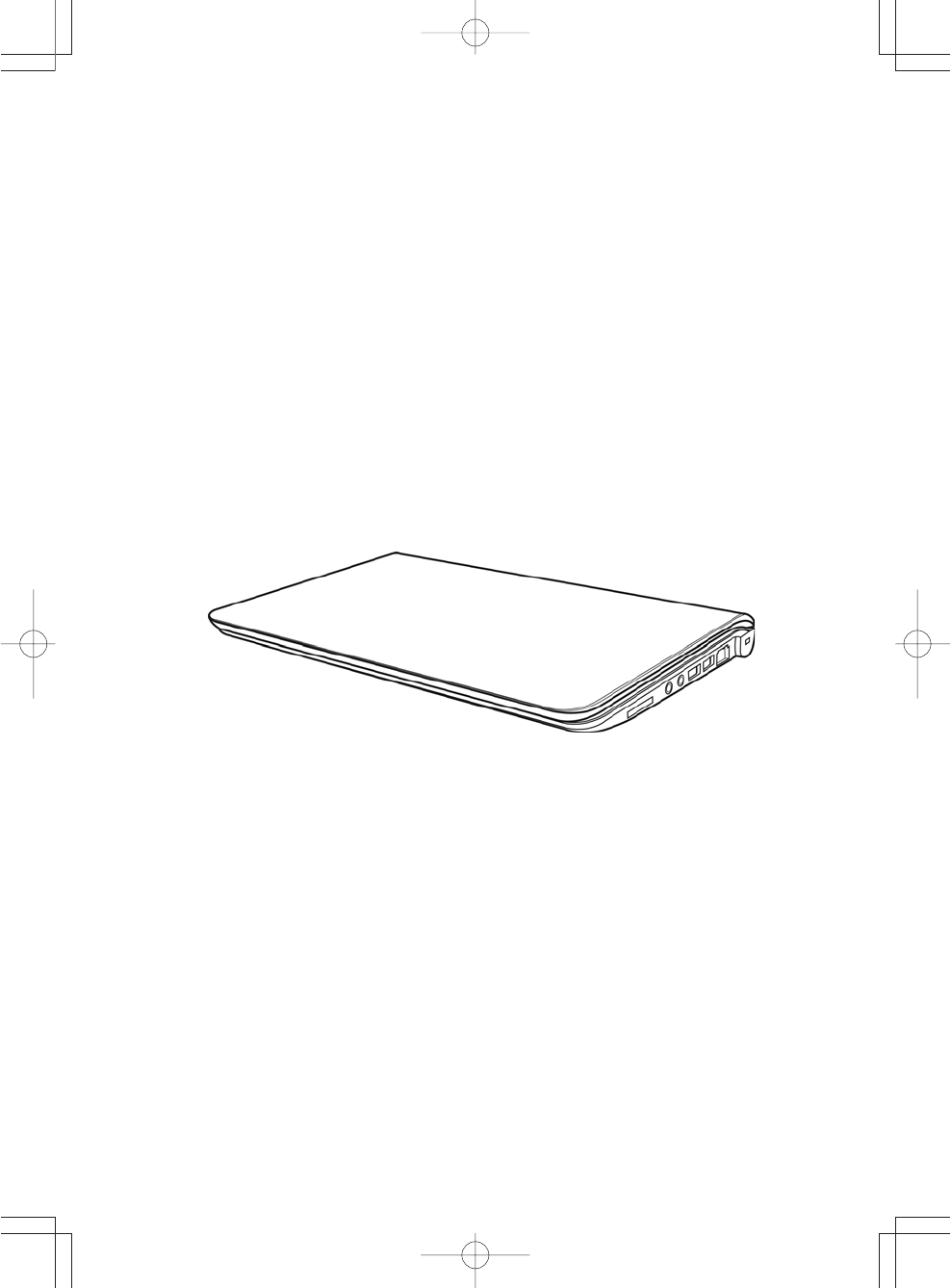
BENUTZERHANDBUCH
Dezember 2009
DEUTSCH
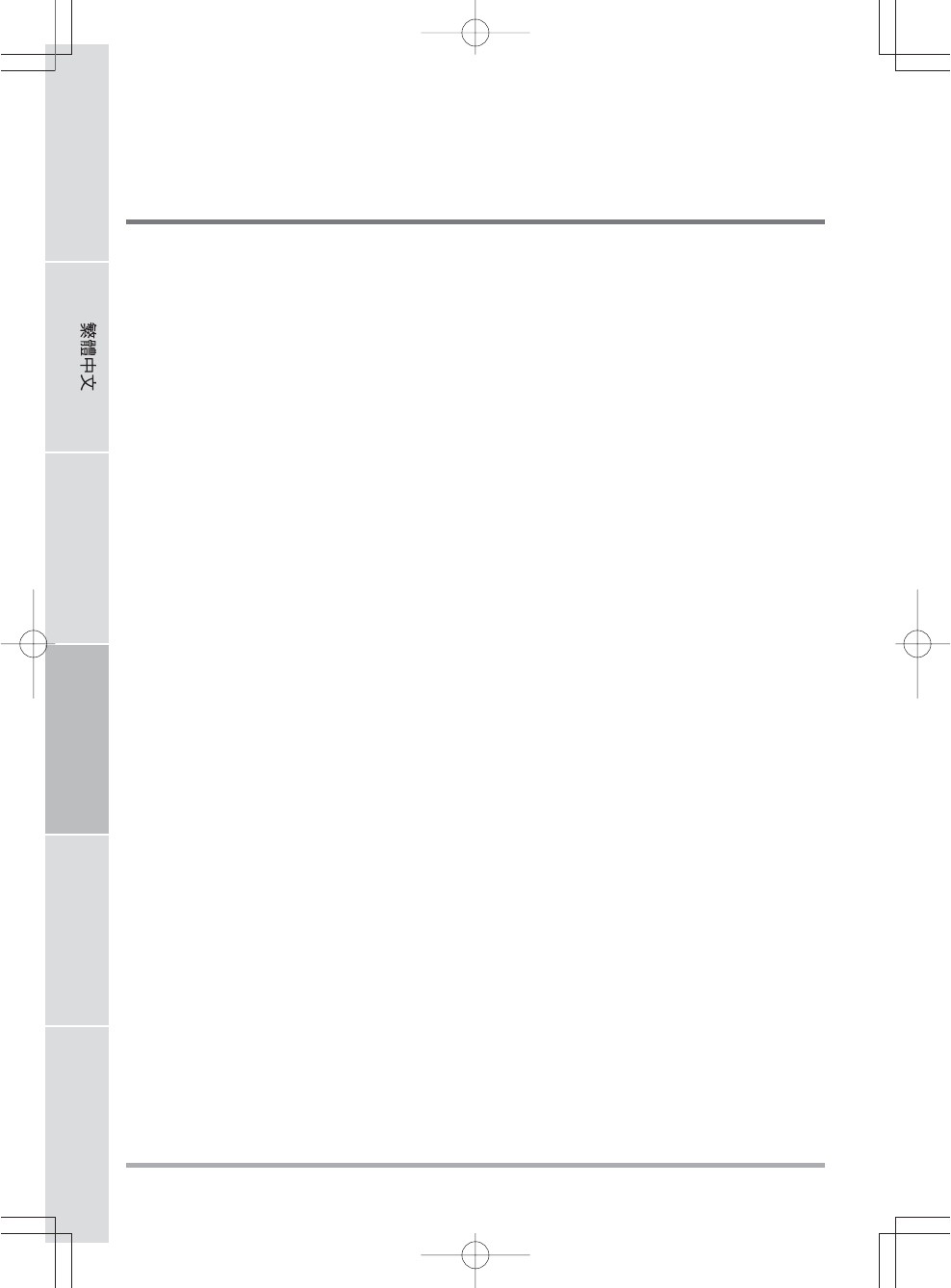
2
ENGLISH FRANÇAIS DEUTSCH ESPAÑOL ITALIANO
INHALT
ZUM BEGINN .......................................................................................................... 5
Überprüfen der Lieferung auf Vollständigkeit .............................................................. 5
Lernen Sie das Notebook kennen ................................................................................. 6
ÖFFNEN DES BILDSCHIRMS .................................................................................... 6
VORDERSEITE .......................................................................................................... 7
LINKE SEITE .............................................................................................................. 9
RECHTE SEITE ........................................................................................................ 10
RÜCKSEITE ............................................................................................................. 11
UNTERSEITE ........................................................................................................... 12
ERSTE SCHRITTE ................................................................................................ 13
Stromversorgung .......................................................................................................... 13
ANSCHLIESSEN DES NETZADAPTER ................................................................... 13
WIEDERAUFLADEN DES AKKUS ............................................................................ 14
Einschalten des Notebooks ......................................................................................... 15
EINSCHALTEN ......................................................................................................... 15
Statusanzeigen ......................................................................................................... 16
Die Funktionstasten ................................................................................................. 18
Benutzen des TouchPads........................................................................................ 19
FEHLERBEHEBUNG ............................................................................................. 20
Identifizieren eines Problems ...................................................................................... 20
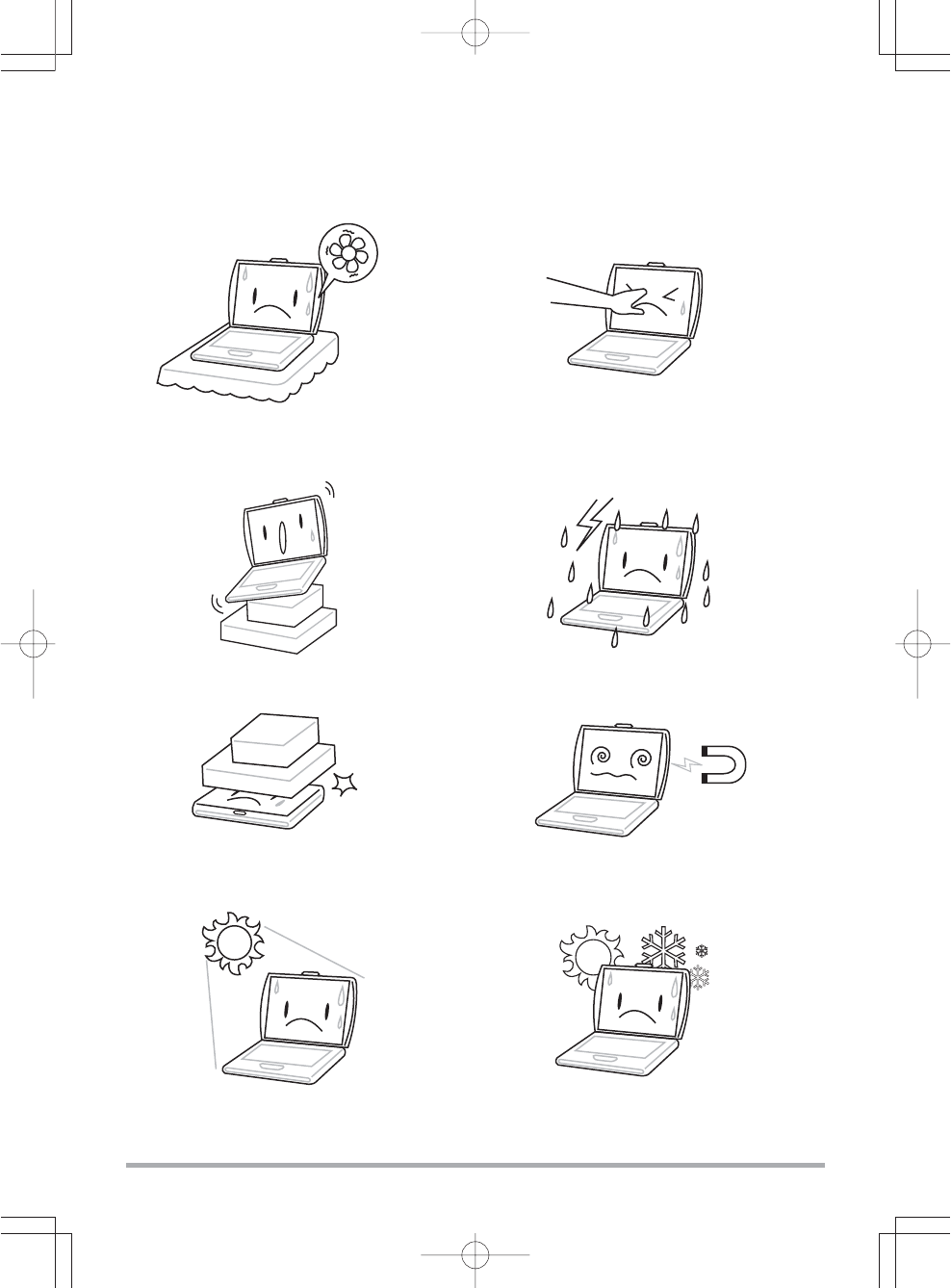
3
PFLEGE DES NOTEBOOKS
Stellen oder legen Sie KEINE Gegenstände auf
das Notebook, und lassen Sie nichts darauf fallen.
Üben Sie KEINE Gewalt auf das Gerät aus.
Setzen Sie das Notebook KEINEN Magnetfeldern
aus.
Achten Sie darauf, dass die Lüftungsöffnungen
nicht verdeckt werden, um eine Überhitzung des
Prozessors zu vermeiden.
Drücken Sie NICHT auf den Bildschirm.
Legen Sie das Notebook NICHT auf unebene oder
wacklige Unterlagen.
Verwenden Sie das Notebook NICHT bei
extremen Umgebungsbedingungen.
Setzen Sie das Notebook KEINEM direkten
Sonnenlicht aus.
Setzen Sie das Notebook NICHT extremen
Temperaturen aus.
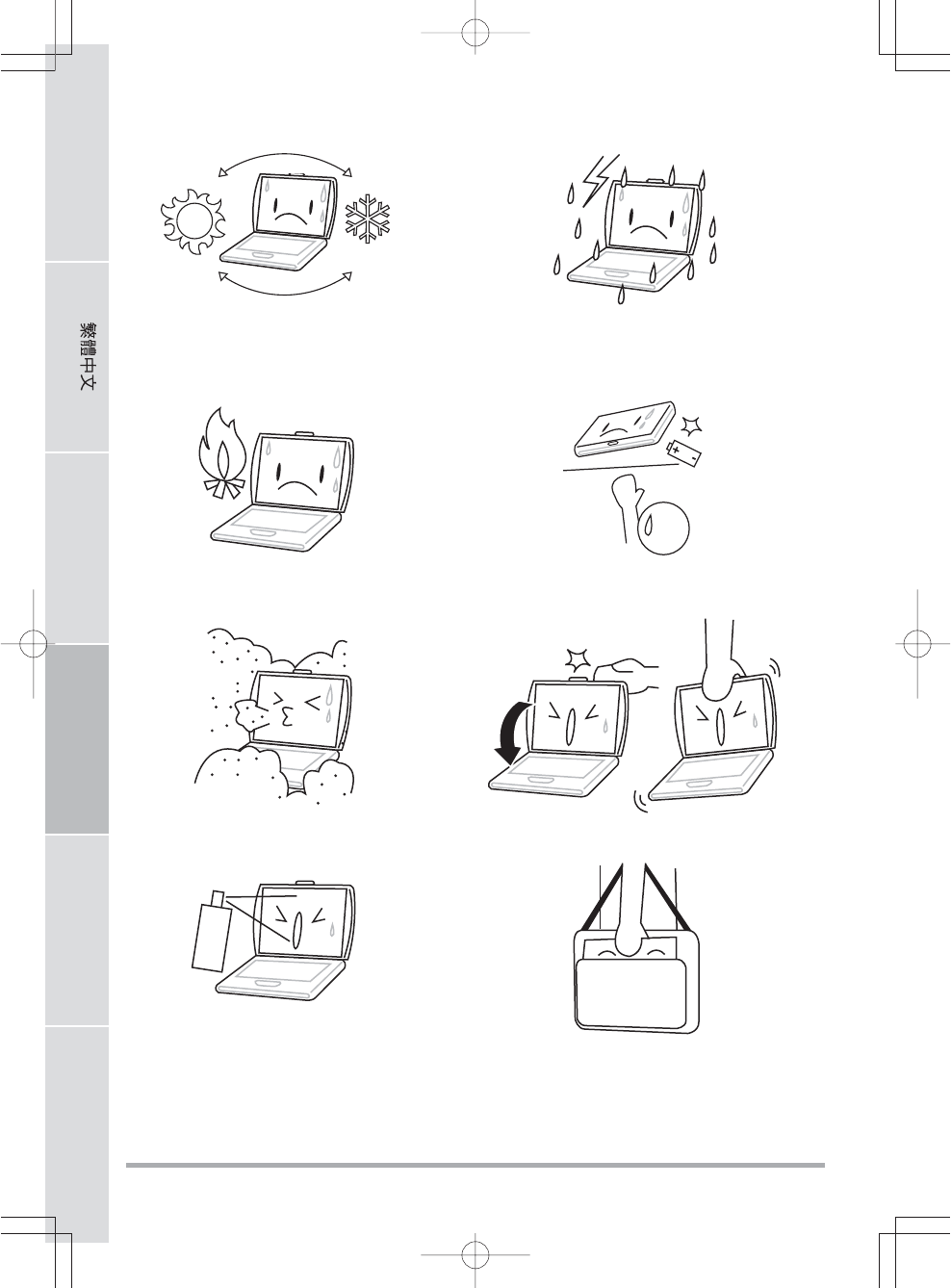
4
ENGLISH FRANÇAIS DEUTSCH ESPAÑOL ITALIANO
Setzen Sie das Notebook NICHT Staub und/oder
korrosiven Chemikalien aus.
Sprühen Sie KEIN Wasser oder andere
Reinigungsflüssigkeiten direkt auf den Bildschirm.
Schlagen Sie das Notebook NICHT zu, und heben
Sie es nicht am Bildschirm hoch.
Wenn Sie das Notebook auf Reisen mitnehmen,
achten Sie darauf, es als Handgepäck
mitzunehmen. Checken Sie es nicht mit dem
anderen Gepäck ein.
Stellen Sie das Notebook NICHT in der Nähe
von Feuer und anderen Wärmequellen auf.
Versuchen Sie NICHT, den Akku zu manipulieren.
Halten Sie ihn außerhalb der Reichweite von
Kindern.
Vermeiden Sie plötzliche Veränderungen von
Temperatur und Luftfeuchtigkeit, und stellen Sie
das Notebook nicht in die Nähe von Adaptern
und Lüftungsöffnungen anderer Geräte.
Setzen Sie das Notebook NICHT Regen und
Feuchtigkeit aus.
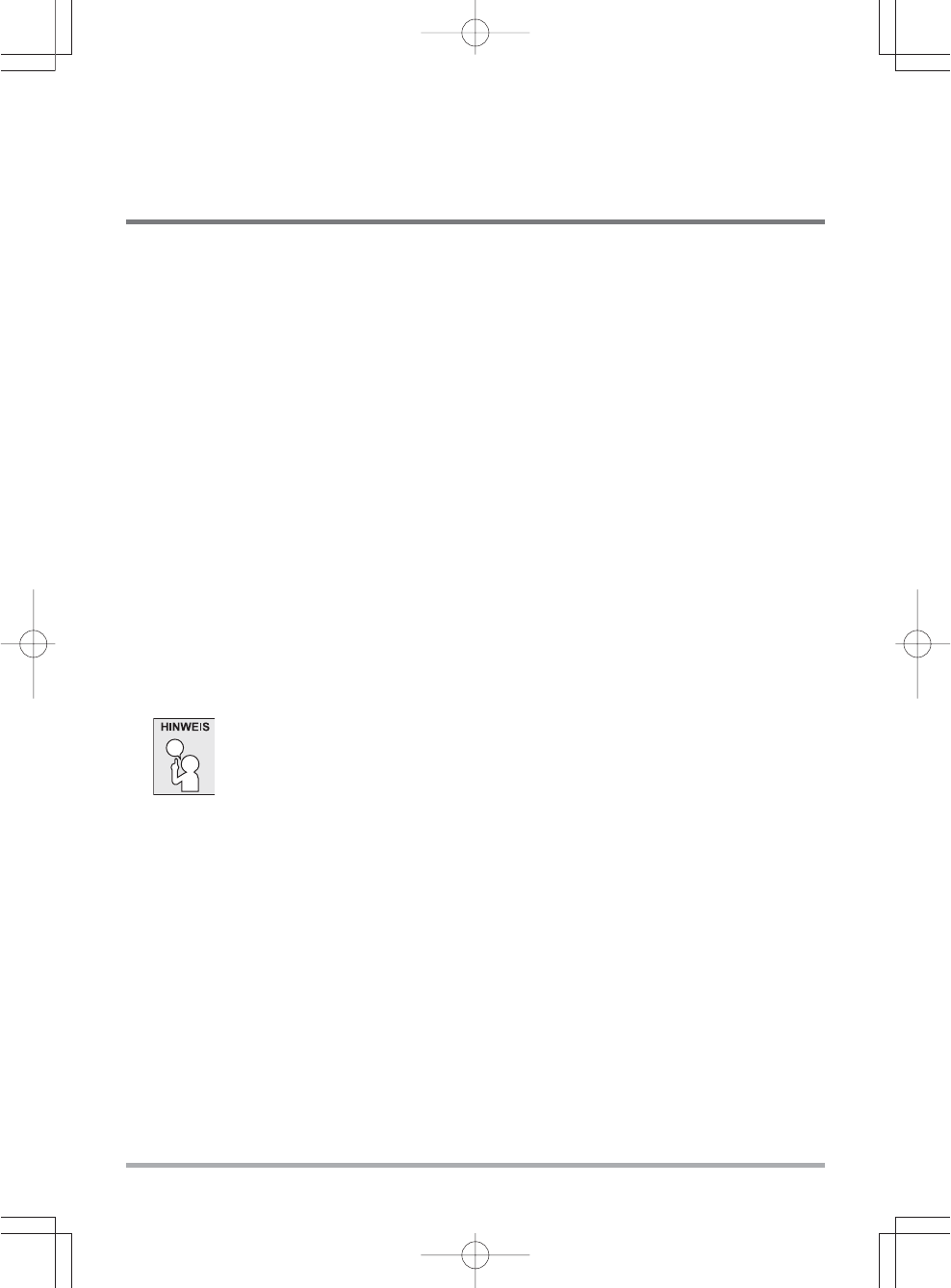
5
ZUM BEGINN
Überprüfen der Lieferung auf Vollständigkeit
Wenn Sie das Notebook erhalten haben, packen Sie es vorsichtig aus, und überprüfen Sie, ob alle
nachfolgend aufgeführten Teile enthalten sind. Bei einem vorkonfigurierten Modell sollten die
folgenden Teile dabei sein:
• Notebook
• Lithium-Ionen-Akku
• AC-Netzadapter mit Netzkabel
• Treiber- und Programm-CD
• Kurzanleitung oder Benutzerhandbuch
Je nach Konfiguration des Notebooks ist es möglich, dass noch die folgenden Teile benötigt
werden:
• Dual DVD+/-RW-Anwendungsdisc
• Super Multi DVD RW-Anwendungsdisc
• Blu-ray/DVD RW-Anwendungsdisc
Wenn Sie sichergestellt haben, dass das Notebook-System vollständig ist, lesen Sie sich die
folgenden Seiten durch, um alles über die Komponenten des Notebooks zu erfahren.
Je nachdem, welches Modell Sie erworben haben, kann Ihr Notebook von dem
in diesem Benutzerhandbuch abgebildeten Notebook abweichen.
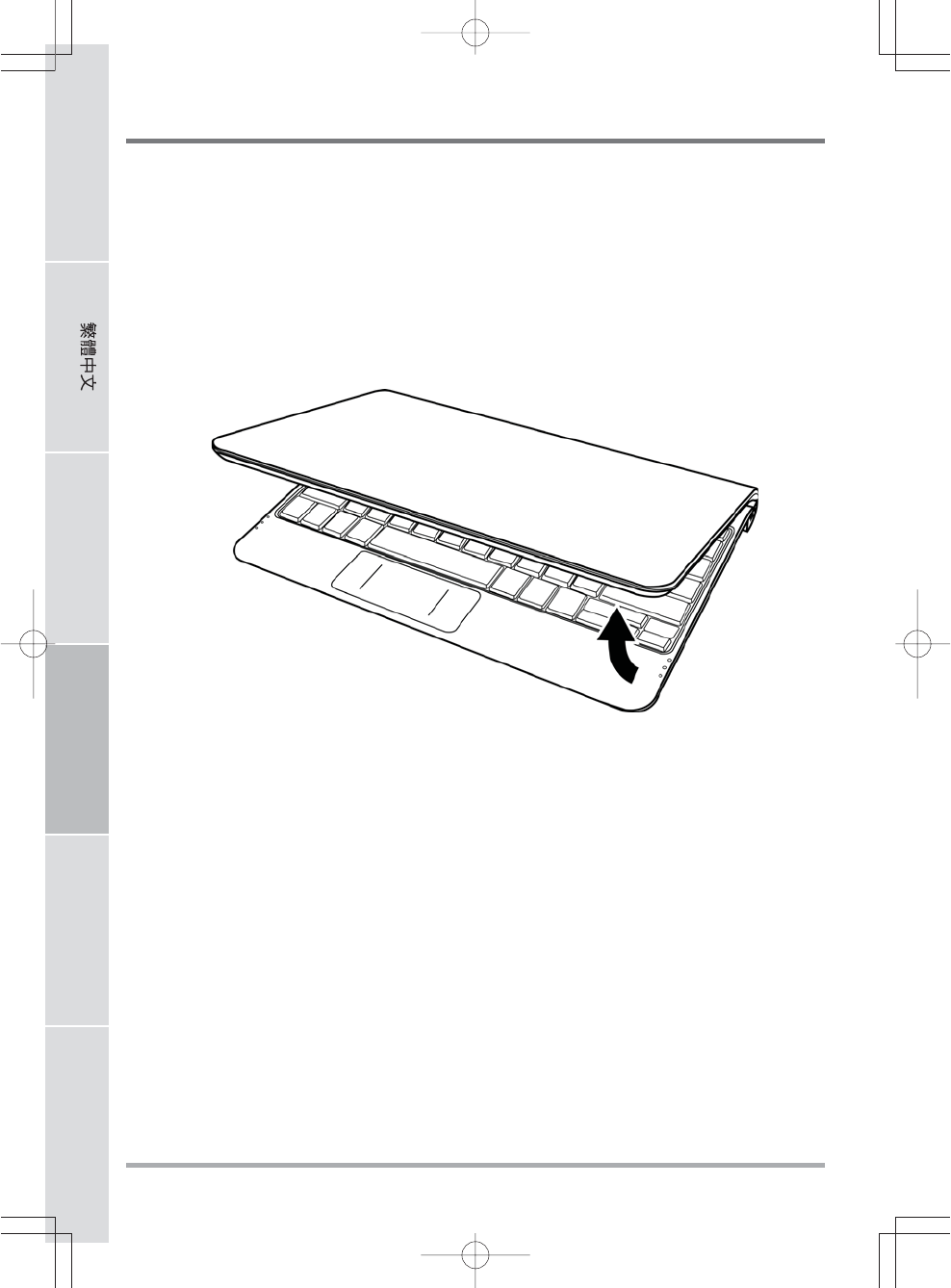
ZUM BEGINN
6
ENGLISH FRANÇAIS DEUTSCH ESPAÑOL ITALIANO
Lernen Sie das Notebook kennen
ÖFFNEN DES BILDSCHIRMS
Um mit dem Gerät zu arbeiten, klappen Sie einfach den Deckel hoch.
Achten Sie beim Schließen darauf, dass der Deckel nicht zugeknallt wird.
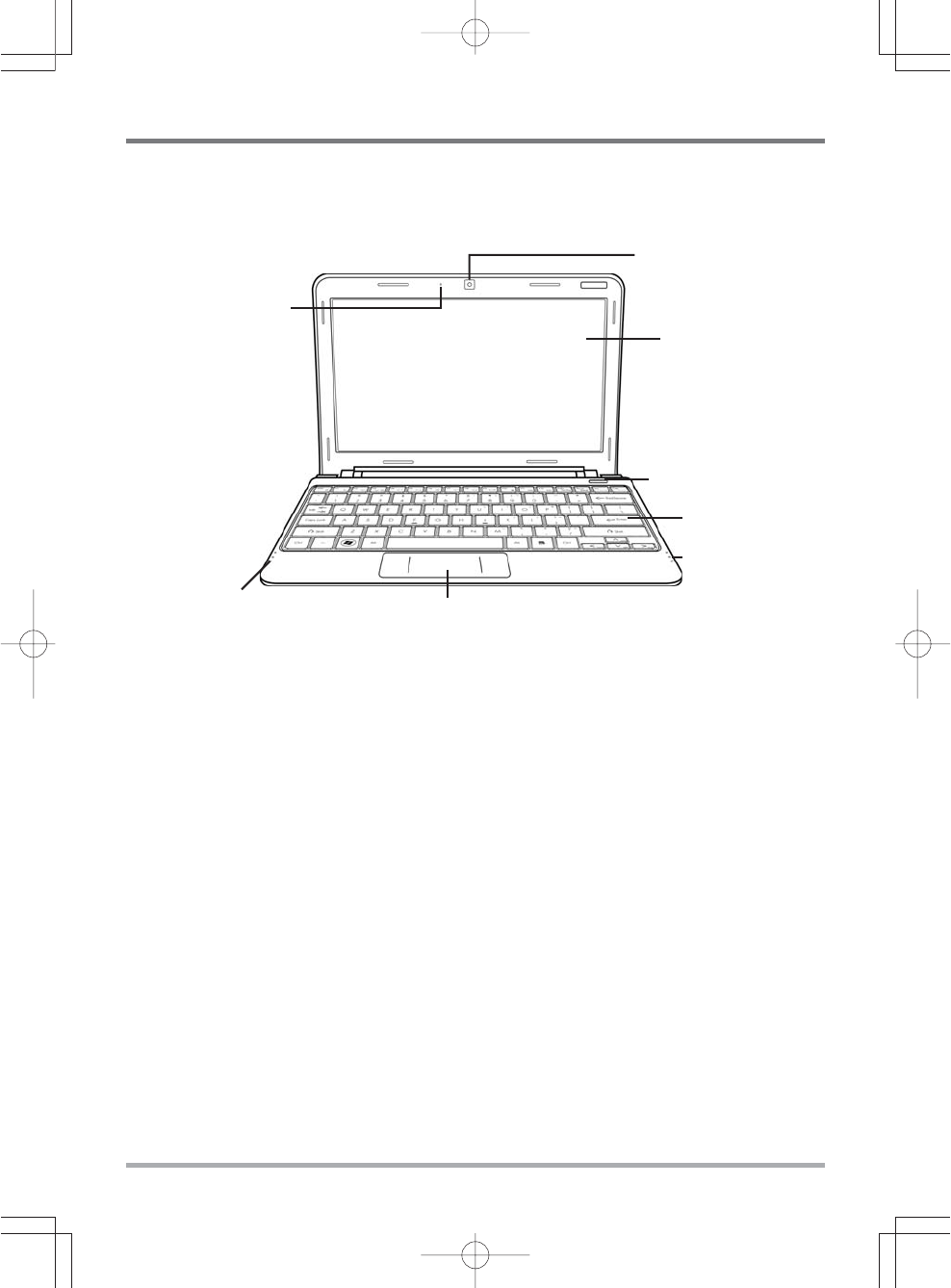
ZUM BEGINN
7
VORDERSEITE
Hier sehen Sie eine Ansicht des Notebooks von vorne.
Kamera
Mit der integrierten 0,3- oder 1,3-Megapixelkamera können Sie mit nur einem Klick Fotos machen
oder einen Videochat oder eine Videokonferenz starten.
Bildschirm
Beim Bildschirm handelt es sich um einen LCD-Farbmonitor mit Hintergrundbeleuchtung. Auf
ihm werden die Texte und Grafiken angezeigt.
Taste Suspend/Wiederaufnahme
Mit dieser Taste schalten Sie das Notebook ein, aus und in den Ruhezustand. (Weitere Informationen
dazu finden Sie im Abschnitt Einschalten unter Taste Suspend/Wiederaufnahme.)
Tastatur
Das Notebook hat eine Tastatur in Normalgröße und besitzt eine festgelegte Windows®-Tastatur.
Bildschirm
TouchPad-Zeigegerät
Taste Suspend/
Wiederaufnahme
Tastatur
Statusanzeigelampen
Statusanzeigelampen
Mikrofon
Kamera
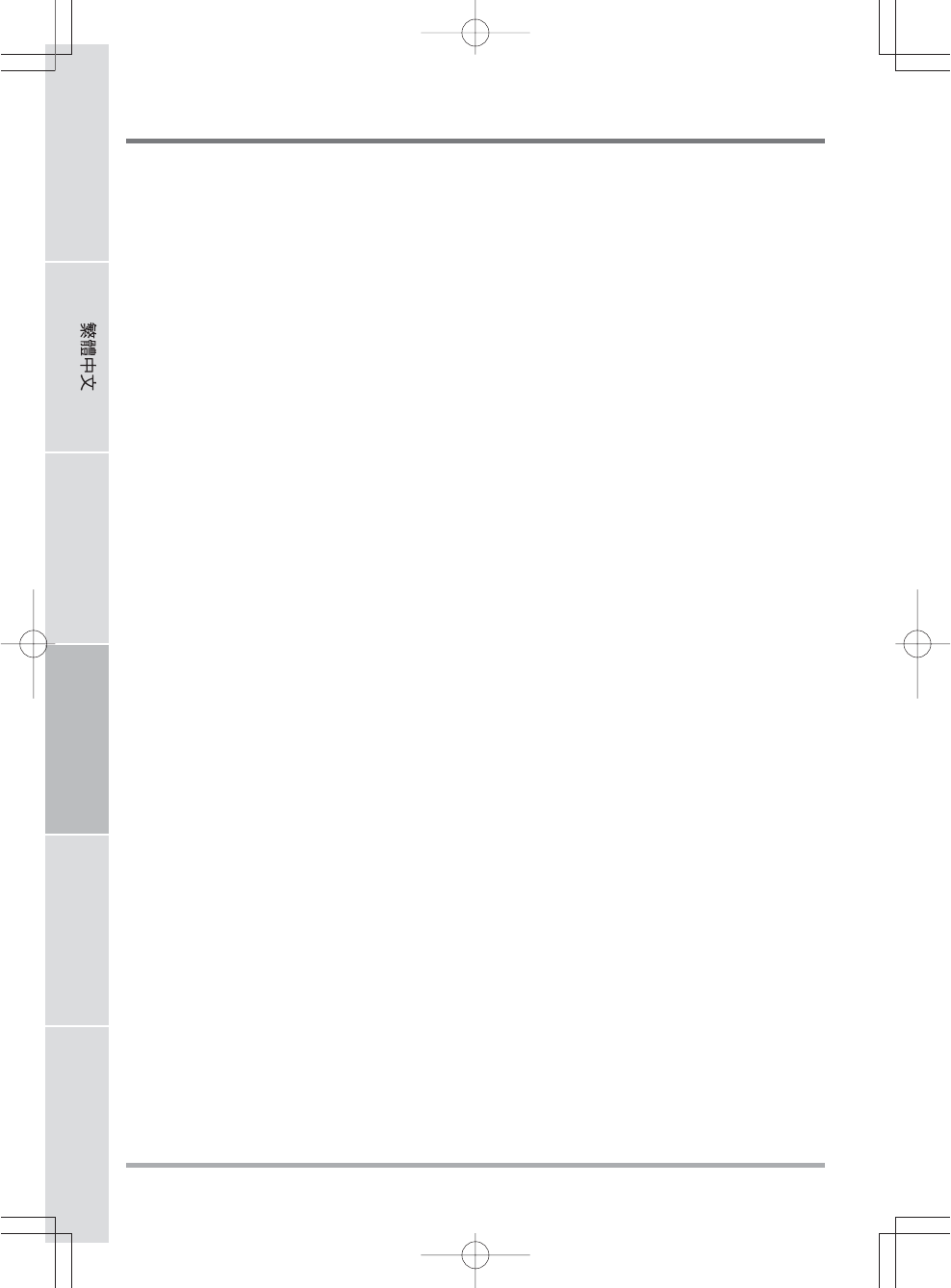
ZUM BEGINN
8
ENGLISH FRANÇAIS DEUTSCH ESPAÑOL ITALIANO
Statusanzeigelampen
Die Statusanzeigelampen entsprechen den spezifischen Betriebsmodi. Diese Modi sind: Betrieb/
Ruhestatus, Akku/AC-Netzadapterstatus, Festplattenaktivität (HDD), Num Lock, Caps Lock
und drahtlose Datenübertragung.
TouchPad-Zeigegerät
Beim TouchPad handelt es sich um eine mausähnliche Einrichtung zur Steuerung des Cursors mit
zwei Tasten (Links, Rechts und zwei Scroll-Tasten) und einem berührungsempfindlichen
Bewegungsfeld.
Mikrofon
Alle eingehenden Sprach- und/oder sonstige Audiodaten können hier über ein entsprechendes
Programm aufgenommen werden.
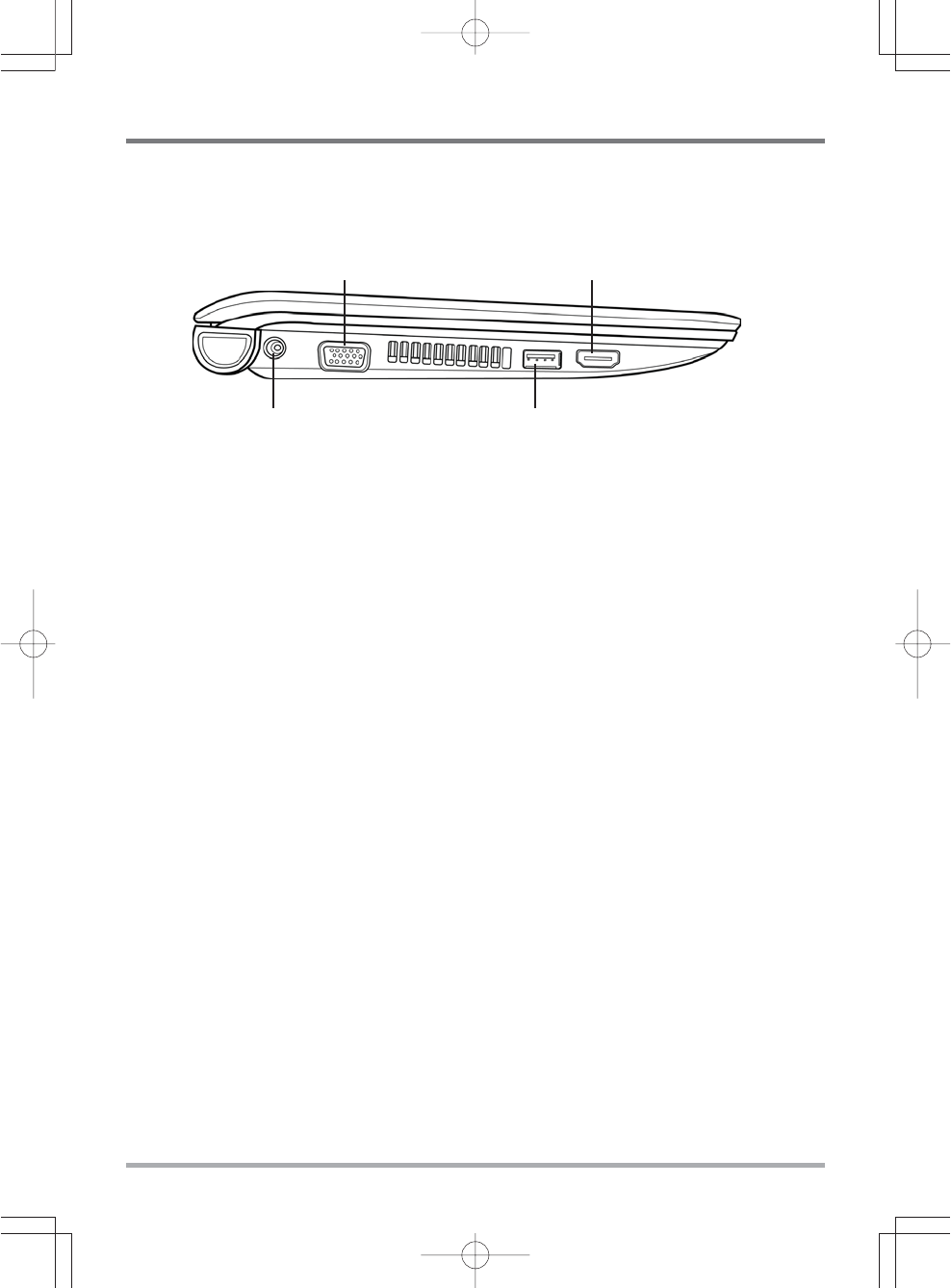
ZUM BEGINN
9
Netzadapteranschluss
Hier wird der AC-Netzadapter für die Stromversorgung des Notebooks und das Aufladen des
eingesetzten Lithium-Ionen-Akkus angeschlossen.
Anschluss für externen Monitor
An diesen Anschluss kann ein externer Monitor angeschlossen werden.
USB- Anschluss
An den USB-Anschluss können Sie USB-Geräte anschließen. Er unterstützt den USB-Standard
v2.0 mit Datenübertragungsraten von bis zu 480 Mb/s.
HDMI-Anschluss
An den HDMI-Anschluss können Sie ein Wiedergabegerät wie TV, Projektor oder Videorekorder
anschließen.
HDMI-Anschluss
Anschluss für externen Monitor
Netzadapteranschluss USB- Anschluss
LINKE SEITE
Hier folgt eine kurze Beschreibung der linken Seite des Notebooks.
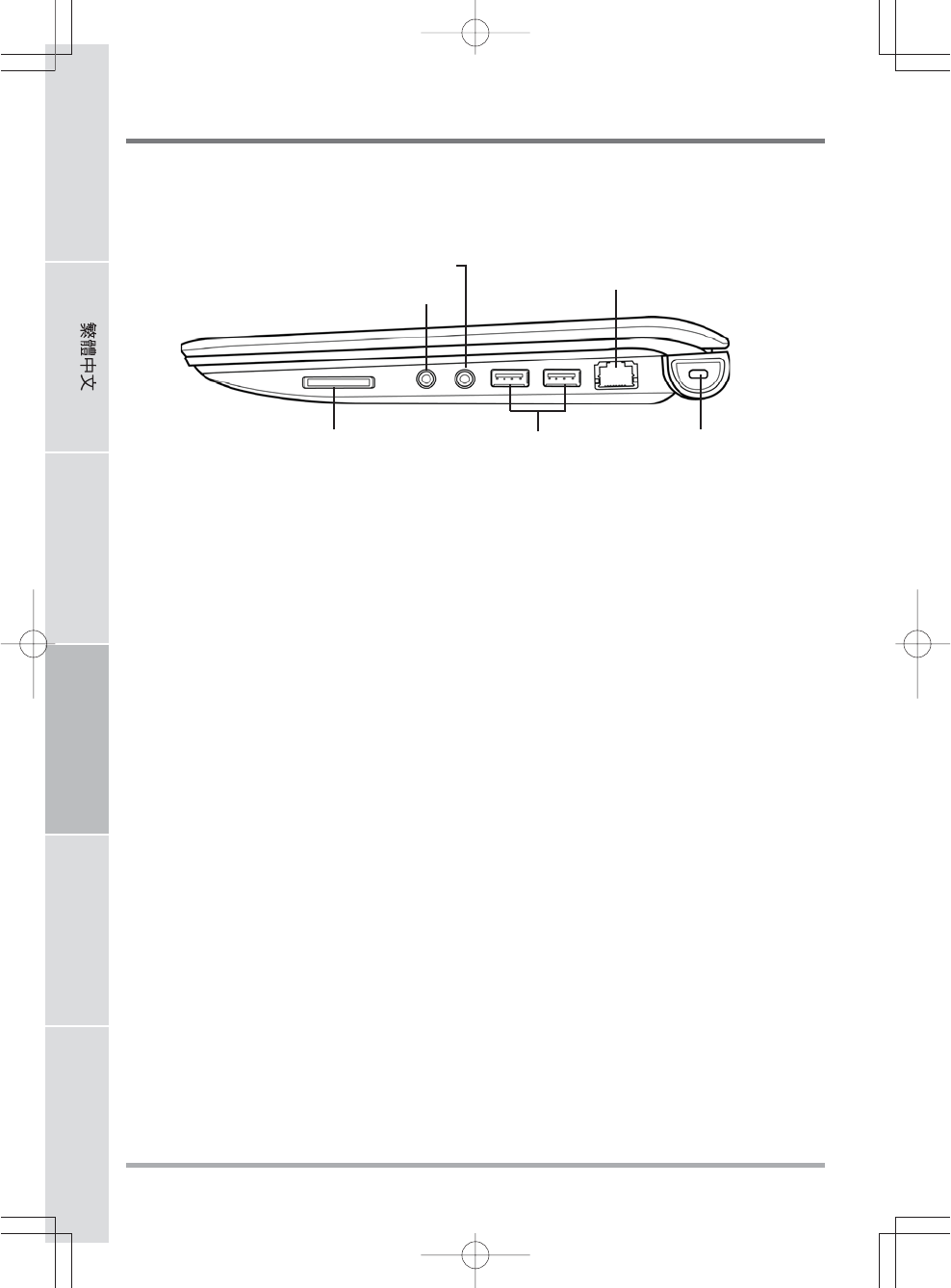
ZUM BEGINN
10
ENGLISH FRANÇAIS DEUTSCH ESPAÑOL ITALIANO
Speicherkartenleser
Der Speicherkartenleser bietet die schnellste und bequemste Möglichkeit, Bilder, Musik und
Daten zwischen Ihrem Notebook und anderen Flash-kompatiblen Geräten wie Digitalkameras,
MP3-Playern, Handys oder PDAs zu übertragen.
Kopfhöreranschluss
An den Kopfhöreranschluss können Sie Kopfhörer oder externe Lautsprecher und Verstärker
anschließen.
Mikrofonanschluss
An den Mikrofonanschluss können Sie ein externes Mono-Mikrofon anschließen.
USB-Anschlüsse
An die USB-Anschlüsse können Sie USB-Geräte anschließen. Sie unterstützen den
USB-Standard v2.0 mit Datenübertragungsraten von bis zu 480 Mb/s.
LAN-Port (RJ-45)
Der LAN-Port ist für einen RJ-45-Stecker für den Standard 10/100 Base-T vorgesehen.
Mikrofonanschluss LAN-Port (RJ-45)
Kopfhöreranschluss
Speicherkartenleser Öffnung für Kensington-SchlossUSB-Anschlüsse
RECHTE SEITE
Hier folgt eine kurze Beschreibung der rechten Seite des Notebooks.
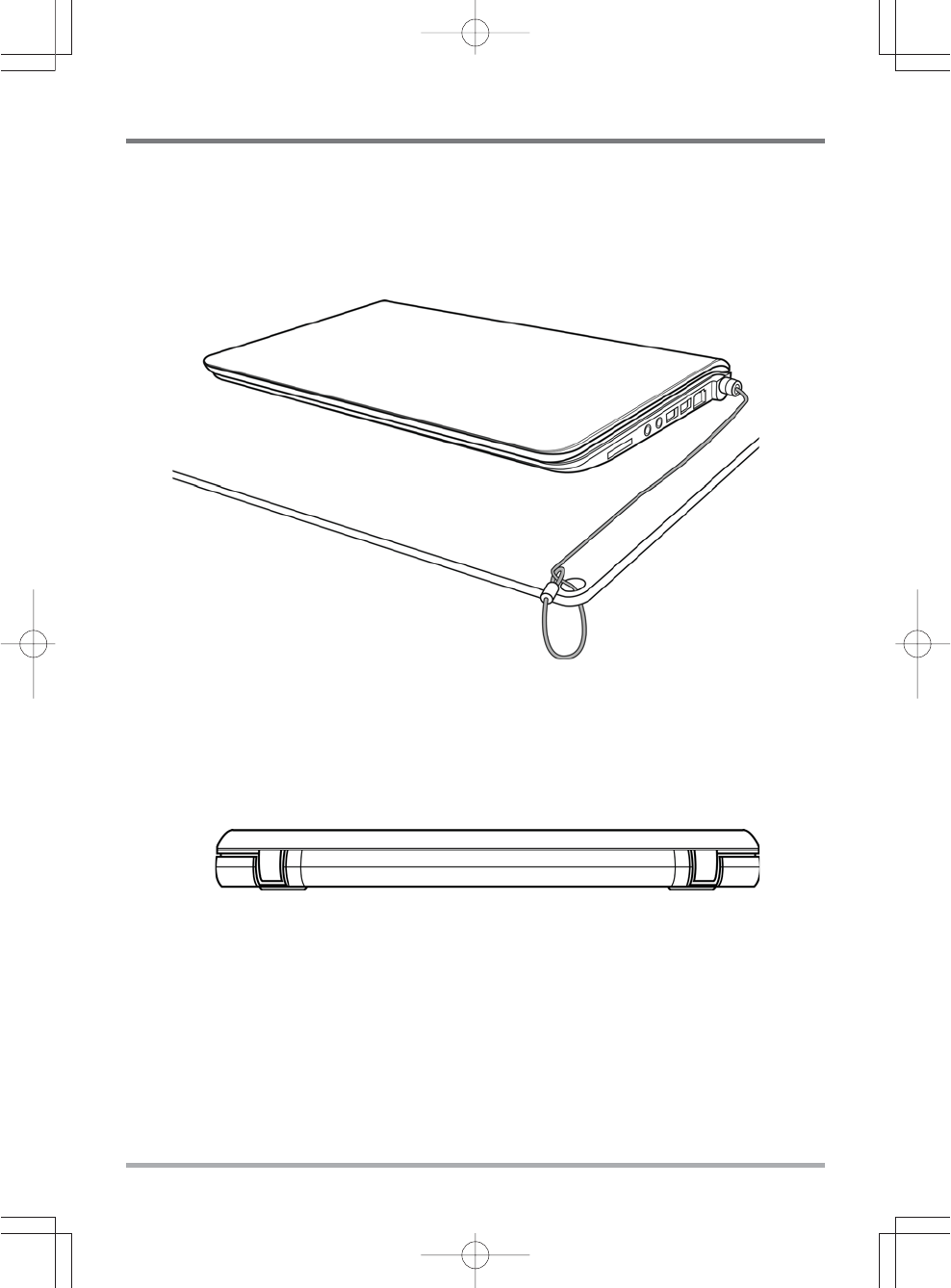
ZUM BEGINN
11
RÜCKSEITE
Hier sehen Sie eine Ansicht des Notebooks von hinten.
Öffnung für Kensington-Schloss
Mit Hilfe des Stahlkabels des Kensington-Schlosses können Sie das Notebook an einem festen
Gegenstand befestigen und sichern.
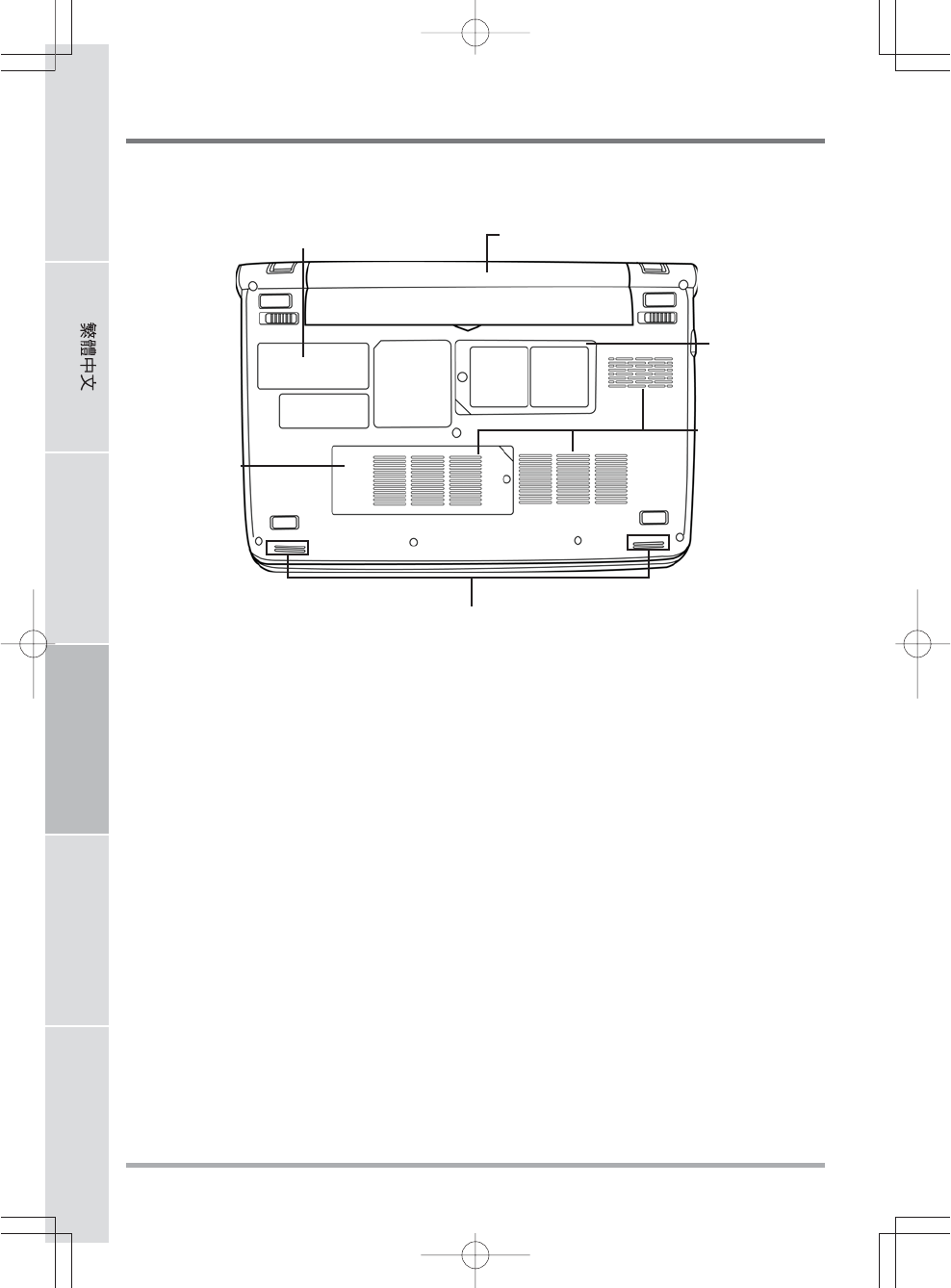
ZUM BEGINN
12
ENGLISH FRANÇAIS DEUTSCH ESPAÑOL ITALIANO
Fach für den Lithium-Ionen-Akku
Abgedeckte
Kartensteckpläte
Konfigurationsetikett
Stereolautsprecher
Abgedeckte
Kartensteckpläte
Lüftungsöffnungen
UNTERSEITE
Hier sehen Sie eine Ansicht des Notebooks von unten.
Fach für den Lithium-Ionen-Akku
Das Akkufach enthält den Lithium-Ionen-Akku. Das Fach kann geöffnet werden, um den Akku zu
entnehmen, wenn das Notebook z.B. über einen längeren Zeitraum nicht benutzt wird oder wenn
ein entladenen Akku durch einen gefüllten ersetzt wird.
Abgedeckte Kartensteckpläte
Im Wi-Fi-Fach befindet sich die Wireless LAN-Karte und das 3G-Modul (nicht bei allen
Konfigurationen verfügbar). Das Speicherfach enthält das Speichermodul des Computers.
Lüftungsöffnungen
Diese Lüftungsöffnungen dienen als Auslass für die heiße Luft, die der Lüfter zum Kühlen der
Bauteile im Innern nach außen befördert. Legen Sie das Notebook immer so hin, dass die
Lüftungsöffnungen nicht verdeckt werden.
Stereolautsprecher
Die zwei eingebauten Lautsprecher liefern hochwertigen Stereoton.
Konfigurationsetikett
Auf dem Konfigurationsetikett sind die Modellnummer und andere Informationen über das Note-
book verzeichnet.
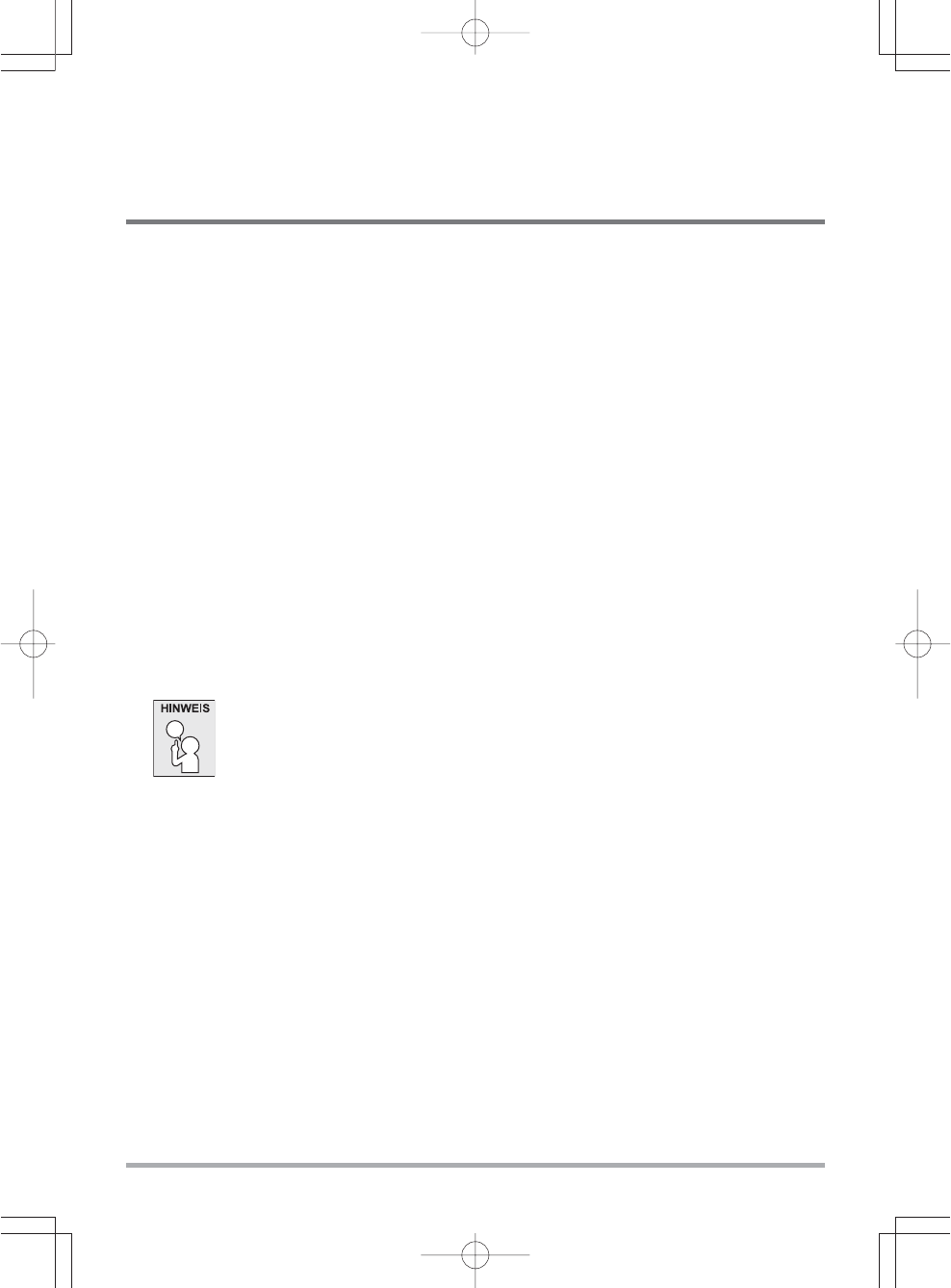
13
ERSTE SCHRITTE
Stromversorgung
Das Notebook kann auf zwei Arten mit Strom versorgt werden: mit einem Lithium-Ionen-Akku
oder einem AC-Netzadapter, der an das Stromnetz angeschlossen wird.
ANSCHLIESSEN DES NETZADAPTER
Der AC-Netzadapter versorgt das Notebook mit Strom und lädt gleichzeitig den Akku, wenn
dieser sich im Notebook befindet.
Anschließen des AC-Netzadapters
1. Schließen Sie das DC-Kabel an die DC-Netzanschlussbuchse des Notebooks an.
2. Verbinden Sie den AC-Netzadapter mit einer Netzsteckdose.
Wechseln zwischen Netzstrom und Akkustrom
1. Stellen Sie sicher, dass der eingesetzte Akku geladen ist.
2. Trennen Sie den AC-Netzadapter ab. Das Notebook wechselt automatisch zur Stromversorgung
über den Akku.
Der Lithium-Ionen-Akku ist beim Kauf nicht geladen. Wenn Sie also das Note-
book benutzen möchten, muss es zunächst mit Netzstrom versorgt werden.
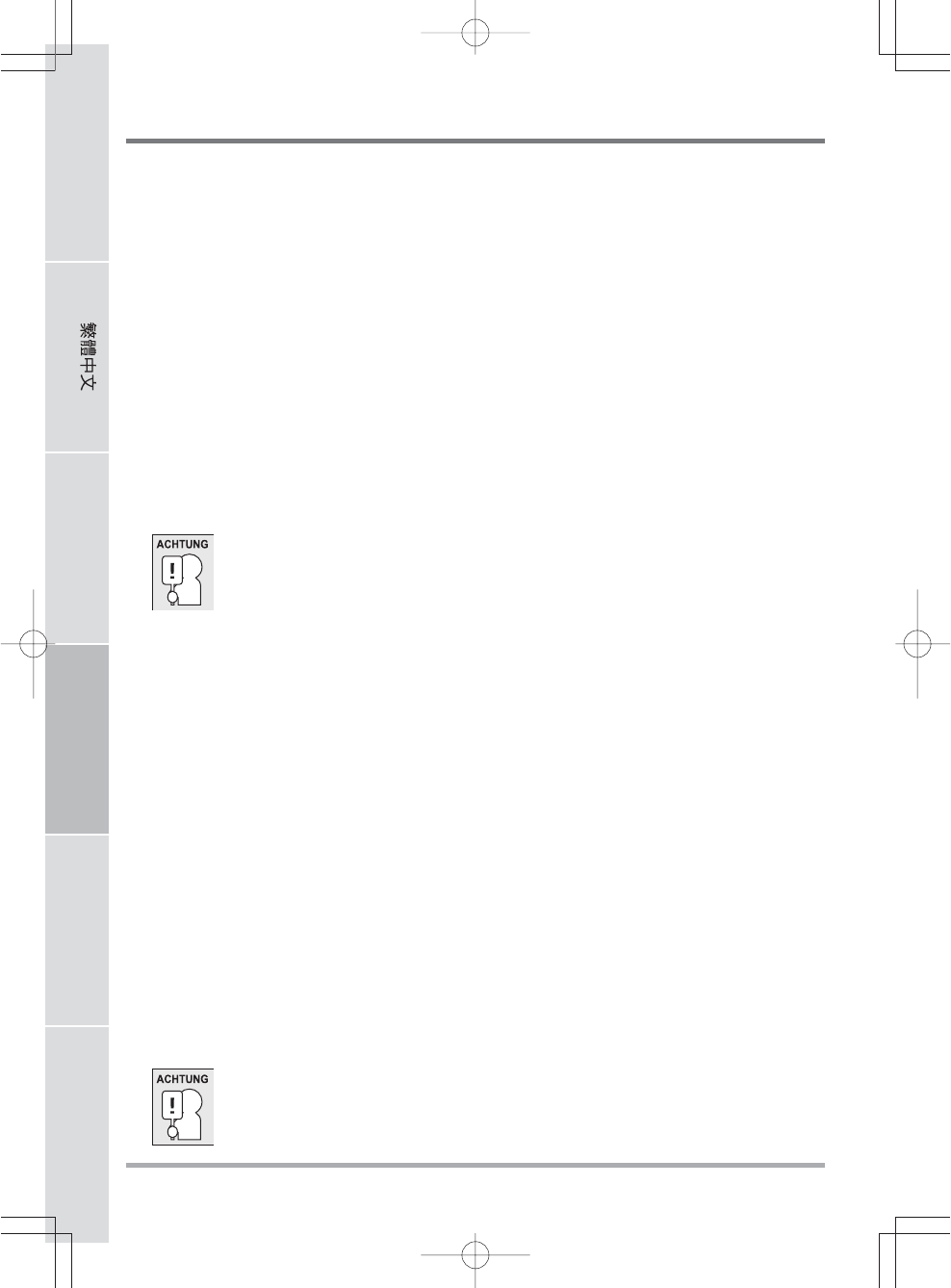
ERSTE SCHRITTE
14
ENGLISH FRANÇAIS DEUTSCH ESPAÑOL ITALIANO
WIEDERAUFLADEN DES AKKUS
Der Lithium-Ionen-Akku wird im Gerät aufgeladen, wenn das Notebook an eine Netzsteckdose
angeschlossen ist. Wenn Sie also den Akku aufladen möchten, muss sich dieser im Notebook
befinden, und das Notebook muss an das Stromnetz angeschlossen sein.
Bei Lithium-Ionen-Akkus tritt kein “Memory-Effekt” auf, so dass Sie den Akku vor dem
Neuaufladen nicht erst vollständig entladen müssen. Die Ladedauer ist bedeutend länger, wenn Sie
während des Ladevorgangs mit dem Notebook arbeiten. Der Akku wird schneller aufgeladen, wenn
sich das Notebook im Suspend-Modus befindet oder ausgeschaltet ist.
Niedriger Akkuladestand
Wenn der Akkuladestand sehr niedrig ist, erscheint eine entsprechende Meldung. Nachdem die
Akkuwarnung erschienen ist, läuft das Gerät so lange weiter, bis die Ladung für einen weiteren Betrieb
nicht mehr ausreicht. In diesem Fall wechselt das Notebook in den Suspend-Modus. Wenn das Note-
book diesen Punkt erreicht hat, ist eine Datenspeicherung nicht mehr sicher.
Da die Netzadapter eine unterschiedliche Ausgangsleistung haben, sollten Sie
nur den mitgelieferten Netzadapter verwenden. Anderenfalls kann das Note-
book beschädigt werden.
Wenn das Notebook aufgrund niedriger Akkuladung in den Suspend-Modus versetzt wurde, kann
er erst wieder gestartet werden, wenn er entweder über den Netzadapter an das Stromnetz
angeschlossen, oder wenn ein geladener Akku eingesetzt wird. Sobald das Gerät wieder mit Strom
versorgt wird, können Sie es durch Drücken auf die Taste Suspend/Wiederaufnahme wieder starten.
Im Suspend-Modus werden die Daten einige Zeit lang gespeichert. Wenn das Gerät aber nicht bald
wieder mit Strom versorgt wird, wird das Gerät abgeschaltet, die Stromanzeigelampe geht aus, und
alle Daten, die nicht gespeichert wurden, gehen verloren. Wenn Sie das Gerät über das Stromnetz
mit Strom versorgen, können Sie mit dem Notebook arbeiten, während gleichzeitig der Akku neu
geladen wird.
Auswechseln des Adapters
Wenn ein falscher Akkutyp verwendet wird, besteht Explosionsgefahr. Computer, die mit einem
austauschbaren Lithium-Ionen-Akku ausgestattet sind, trifft folgendes zu:
- Wenn sich der Akku in einem OPERATOR ACCESS AREA (Betreiber-Zugriffsbereich)
befindet, muss sich nahe beim Akku eine Kennzeichnung oder ein Hinweis zu Betrieb und
Reparatur befinden;
- Befindet sich der Akku an einem anderen Ort im Computer, muss sich nahe beim Akku eine
Kennzeichnung oder ein Hinweis zu Betrieb und Reparatur befinden.
Auf der Kennzeichnung oder dem Hinweis sollte sich der folgende oder ein ähnlicher Text befinden:
Bei Verwendung eines falschen Akkutyps besteht Explosionsgefahr. Entsorgen
Sie Akkus entsprechend den Anweisungen.
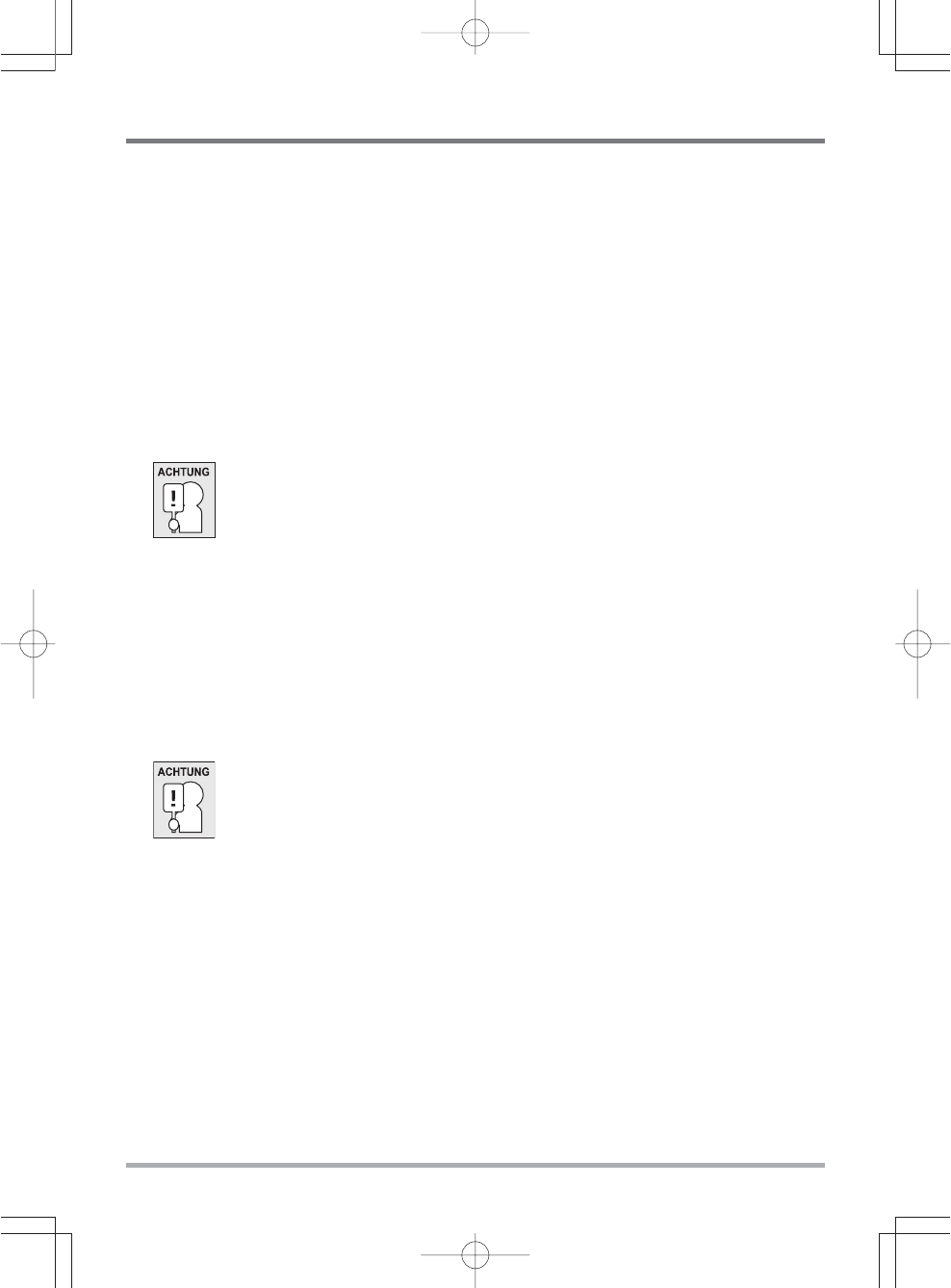
ERSTE SCHRITTE
15
Einschalten des Notebooks
EINSCHALTEN
Taste Suspend/Wiederaufnahme
Ist das Notebook ausgeschaltet, müssen Sie auf die Taste Suspend/Wiederaufnahme drücken, um
es einzuschalten. Das Notebook kann eingeschaltet werden, wenn es mit dem AC-Netzadapter an
das Stromnetz angeschlossen oder über den internen Lithium-Ionen-Akku mit Strom versorgt
wird. Drücken Sie zum Einschalten auf die Taste Suspend/Wiederaufnahme, die sich oberhalb der
Tastatur befindet. Wenn Sie eine längere Arbeitspause machen, drücken Sie noch einmal auf diese
Taste um das Notebook auszuschalten.
Das Notebook darf nicht in eingeschaltetem Zustand transportiert und Stößen
oder Vibrationen ausgesetzt werden, da dabei die Festplatte beschädigt werden
kann.
Wenn Sie das Notebook einschalten, wird zunächst ein POST-Test (Power On Self Test) ausgeführt,
bei dem überprüft wird, ob alle Bauteile und Konfigurationen einwandfrei funktionieren. Wird ein
Fehler gefunden, ertönt ein Warnsignal und/oder es wird eine Fehlermeldung angezeigt.
Je nach Art des Problems können Sie einfach fortfahren, indem Sie das Betriebssystem starten,
oder Sie müssen in das BIOS-Programm gehen, um die entsprechenden Einstellungen zu ändern.
Nach erfolgreichem Abschluss des POST-Tests wird das installierte Betriebssystem geladen.
Schalten Sie das Notebook niemals während des POST-Tests aus, da dadurch
nicht behebbare Fehler auftreten können.
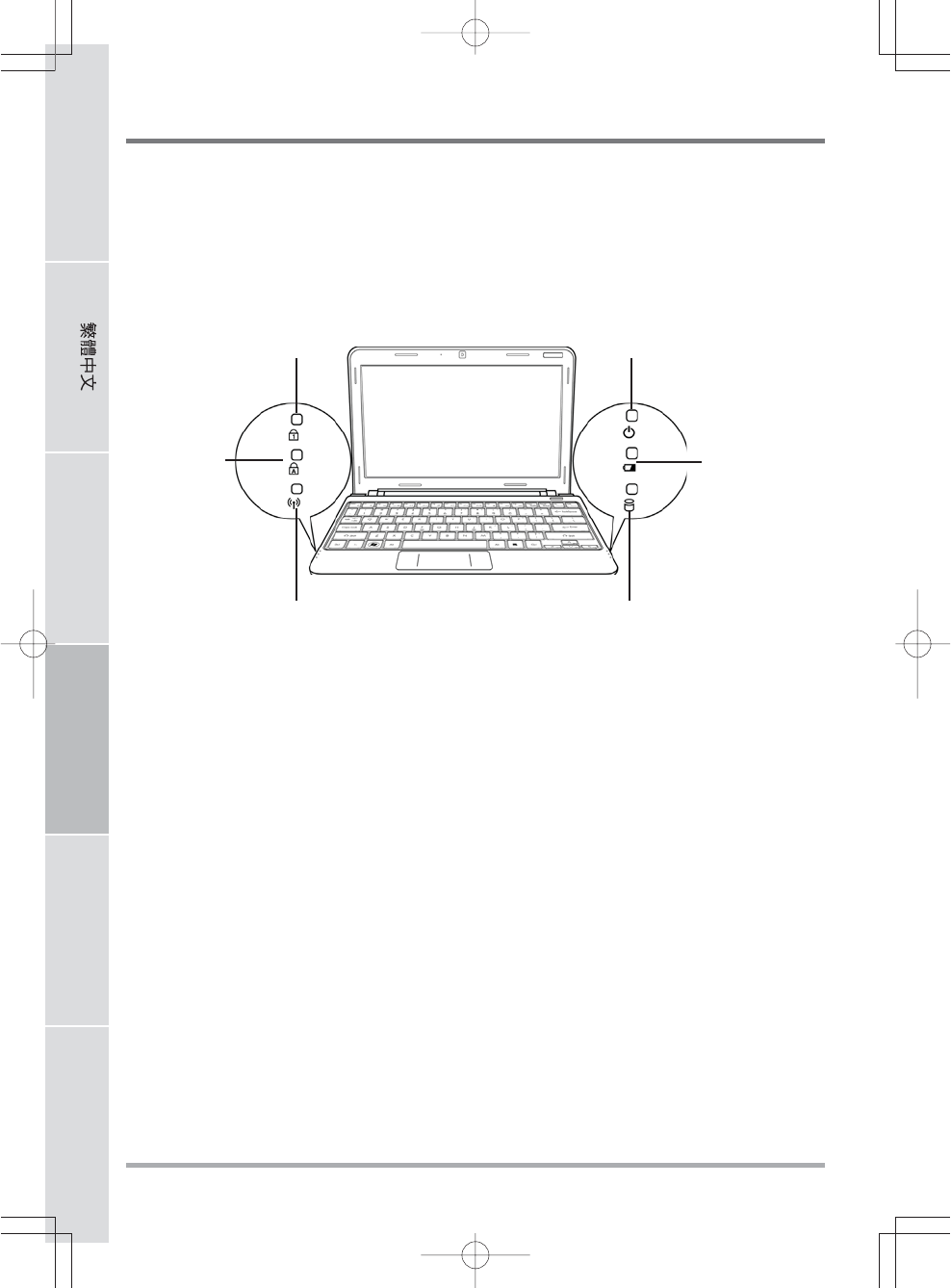
ERSTE SCHRITTE
16
ENGLISH FRANÇAIS DEUTSCH ESPAÑOL ITALIANO
Statusanzeigen
Die Statusanzeigelampen entsprechen den spezifischen Betriebsmodi. Diese Modi sind: Betrieb/
Ruhestatus, Akku/AC-Netzadapterstatus, Festplattenaktivität (HDD), Num Lock, Caps Lock
und drahtlose Datenübertragung.
Anzeige für Betrieb/Ruhestatus
Diese Lampe leuchtet, wenn der Computer eingeschaltet wird, und sie blinkt, wenn er sich in
einem Ruhestatus befindet.
Akkuanzeige
Anhand der Akkuanzeige können Sie erkennen, ob der Lithium-Ionen-Akku gerade geladen wird
oder ob er bereits voll geladen ist.
• Während des Ladevorgangs leuchtet die Akkuanzeige auch dann weiter, wenn Sie das Notebook
ausgeschaltet haben.
• Die Akkuanzeige ist auch dann ausgeschaltet, wenn der Akku nicht aktiv ist, wenn der
Netzadapter nicht angeschlossen ist oder wenn das Notebook ausgeschaltet ist.
• Wenn Akkus Stößen, Vibrationen und extremen Temperaturen ausgesetzt werden, können sie
dauerhaft beschädigt werden.
Anzeige für drahtlose
Datenübertragung
Anzeige für Betrieb/RuhestatusNum-Lock-Anzeige
Akkuanzeige
Anzeige der
Feststelltaste
(Caps-Lock)
Anzeige für Festplattenaktivität
(HDD)

ERSTE SCHRITTE
17
Anzeige für Festplattenaktivität (HDD)
An dieser Anzeige können Sie erkennen, ob und mit welcher Geschwindigkeit das System gerade
auf die Festplatte zugreift.
Num-Lock-Anzeige
Diese LED zeigt an, wenn das Zahlenfeld der Tastatur aktiviert ist.
Anzeige der Feststelltaste (Caps-Lock)
An dieser Anzeige können Sie erkennen, ob die Feststelltaste aktiv ist.
Anzeige für drahtlose Datenübertragung
An der Lampe für drahtlose Datenübertragung können Sie erkennen, ob der Computer mit einem
Bluetooth-/Drahtlosnetzwerk verbunden ist.
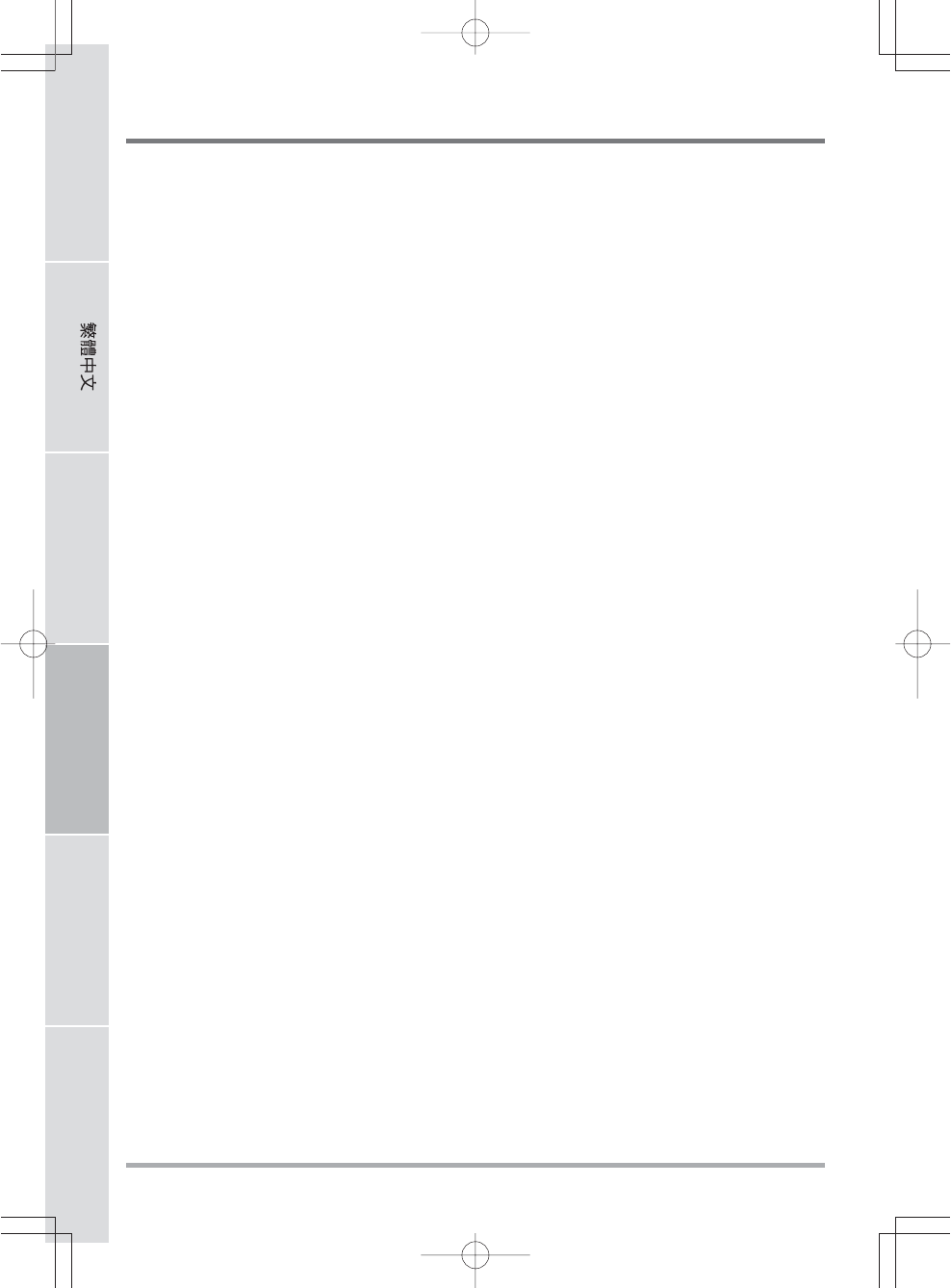
ERSTE SCHRITTE
18
ENGLISH FRANÇAIS DEUTSCH ESPAÑOL ITALIANO
Die Funktionstasten
Das Notebook verfügt über 12 Funktionstasten, Taste F1 bis F12. Je nach Programm sind die
Funktionen, die diesen Tasten zugewiesen sind, unterschiedlich. In der Software-Dokumentation
finden Sie die Funktionen der jeweiligen Tasten.
Die Taste [FN] bietet dem Notebook zusätzliche Funktionen und wird immer zusammen mit einer
anderen Taste gedrückt.
• [FN+F1]: Versetzt das Notebook in den Suspend-Modus. Durch Drücken der Ein/Aus-
Taste wird das Notebook wieder aktiviert.
• [FN+F2]: Aktiviert bzw. deaktiviert die Drahtlosnetzwerkverbindung. Drücken Sie auf
diese Tastenkombination, um die Wireless LAN-Verbindung zu aktivieren. Drücken Sie
etwas länger auf diese Tastenkombination, um die 3G-Netzwerkverbindung zu aktivieren.
• [FN+F3]: Hier wird festgelegt, auf welchem Gerät das Bild angezeigt werden soll. Bei jedem
Drücken dieser Tastenkombination wird die nächste Option angezeigt. Die Reihenfolge ist:
nur eingebauter Monitor, eingebauter Monitor und externer Monitor, nur externer Monitor.
• [FN+F4]: Verringert die Helligkeit des Bildschirms.
• [FN+F5]: Erhöht die Helligkeit des Bildschirms.
• [FN+F6]: Stellt den Ton des Computers aus.
• [FN+F7]: Verringert die Lautstärke des Computers.
• [FN+F8]: Erhöht die Lautstärke des Computers.
• [FN+F9]: Startet die Wiedergabe bzw. unterbricht die Wiedergabe des aktuellen Multime-
dia-Tracks.
• [FN+F10]: Stoppt die Wiedergabe des aktuellen Multimedia-Tracks.
• [FN+F11]: Wechselt zum vorhergehenden Multimedia-Track.
• [FN+F12]: Wechselt zum nächsten Multimedia-Track.
• [FN+Esc]: Aktiviert bzw. deaktiviert die Bluetooth-Funktion.
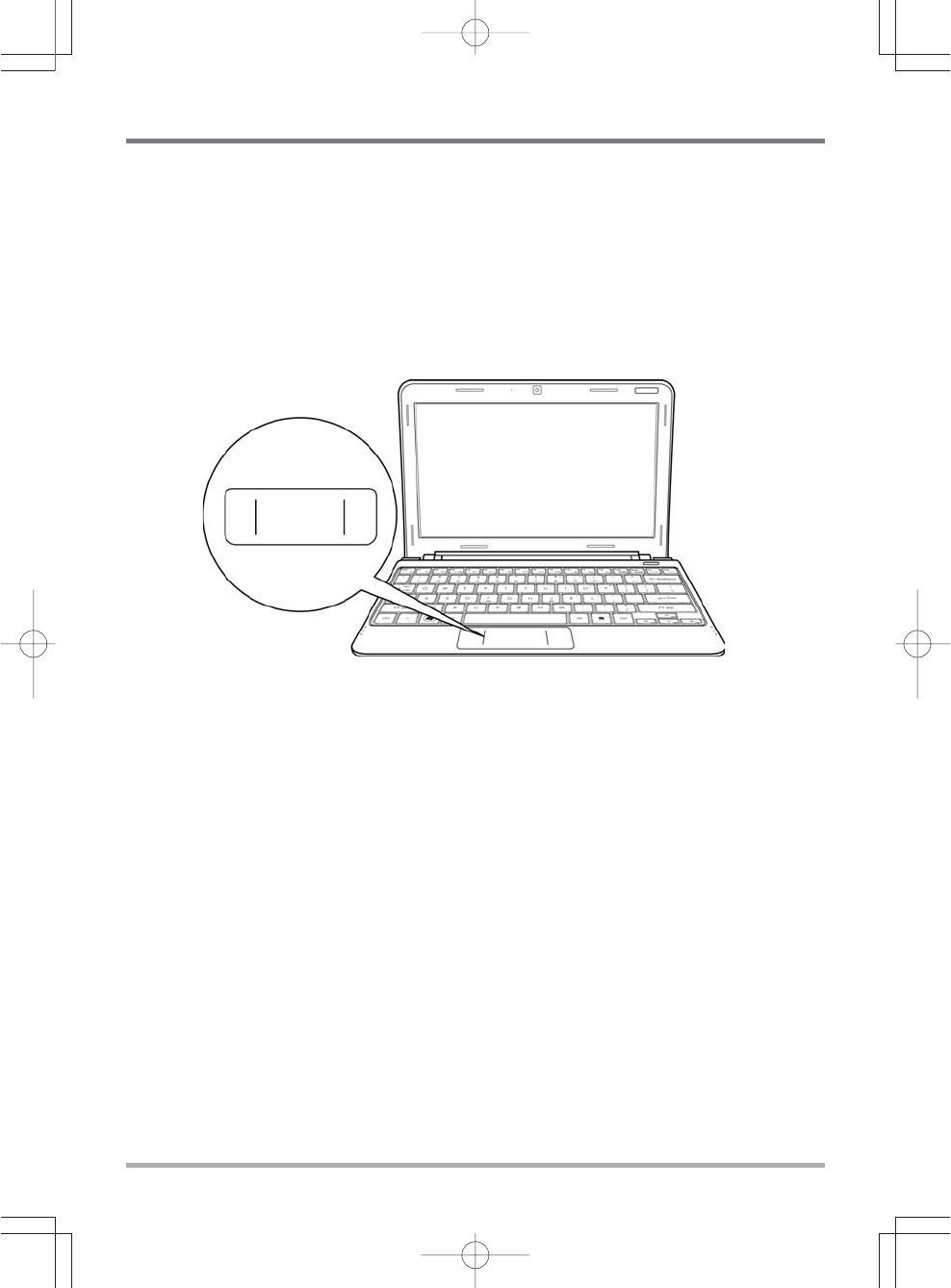
ERSTE SCHRITTE
19
Benutzen des TouchPads
Das TouchPad ist ein Zeigegerät, das in das Notebook integriert ist. Es kann zur Steuerung der
Cursorbewegungen auf dem Bildschirm verwendet.
Das TouchPad bestetht aus der Cursorsteuerung, einer linken und einer rechten Taste sowie einer
Scroll-Leiste. Die Cursorsteuerung kann wie eine Maus den Cursor über den Bildschirm steuern.
Sie müssen dazu die Fläche nur ganz leicht mit den Fingerspitzen berühren. Die linke und rechte
Taste haben die gleiche Funktion wie Maustasten. Je nach Programm kann sich die Funktion der
Tasten unterscheiden.
Klicken
Klicken bedeutet ein kurzes Drücken und wieder Loslassen einer Taste. Bei einem Linksklick
bewegen Sie den Cursor auf das Element, das Sie auswählen möchten, und drücken dann kurz auf
die linke Taste. Bei einem Rechtsklick bewegen Sie den Cursor auf das Element, das Sie auswählen
möchten, und drücken dann kurz auf die rechte Taste. Sie können auch klicken, indem Sie einmal
kurz das TouchPad berühren.
Doppelklicken
Beim Doppelklicken klicken Sie zweimal schnell hintereinander die linke Taste an. Der Doppelklick
funktioniert nur bei der linken Taste. Bei einem Doppelklick bewegen Sie den Cursor auf das
Element, das Sie auswählen möchten, und drücken dann kurz zweimal auf die linke Taste. Sie
können auch doppelklicken, indem Sie zweimal kurz das TouchPad berühren.
Verschieben
Beim Verschieben halten Sie die linke Taste gedrückt während der Cursor verschoben wird.
Schieben Sie zunächst den Cursor auf das Element, das verschoben werden soll. Drücken Sie dann
auf die linke Taste und halten diese gedrückt. Verschieben Sie dabei das Element an die neue
Position und lassen dann die Taste los. Auch mit Hilfe des TouchPads können Sie ein Element
verschieben. Schieben Sie den Cursor auf das Element, das verschoben werden soll. Berühren Sie
dann zweimal schnell hintereinander mit dem Finger das TouchPad. Nach dem zweiten Berühren
muss der Finger auf dem Pad liegen bleiben. Verschieben Sie dann das Element an die neue Position,
indem Sie den Finger über das TouchPad schieben. Nehmen Sie dann den Finger hoch, um das
Element loszulassen.
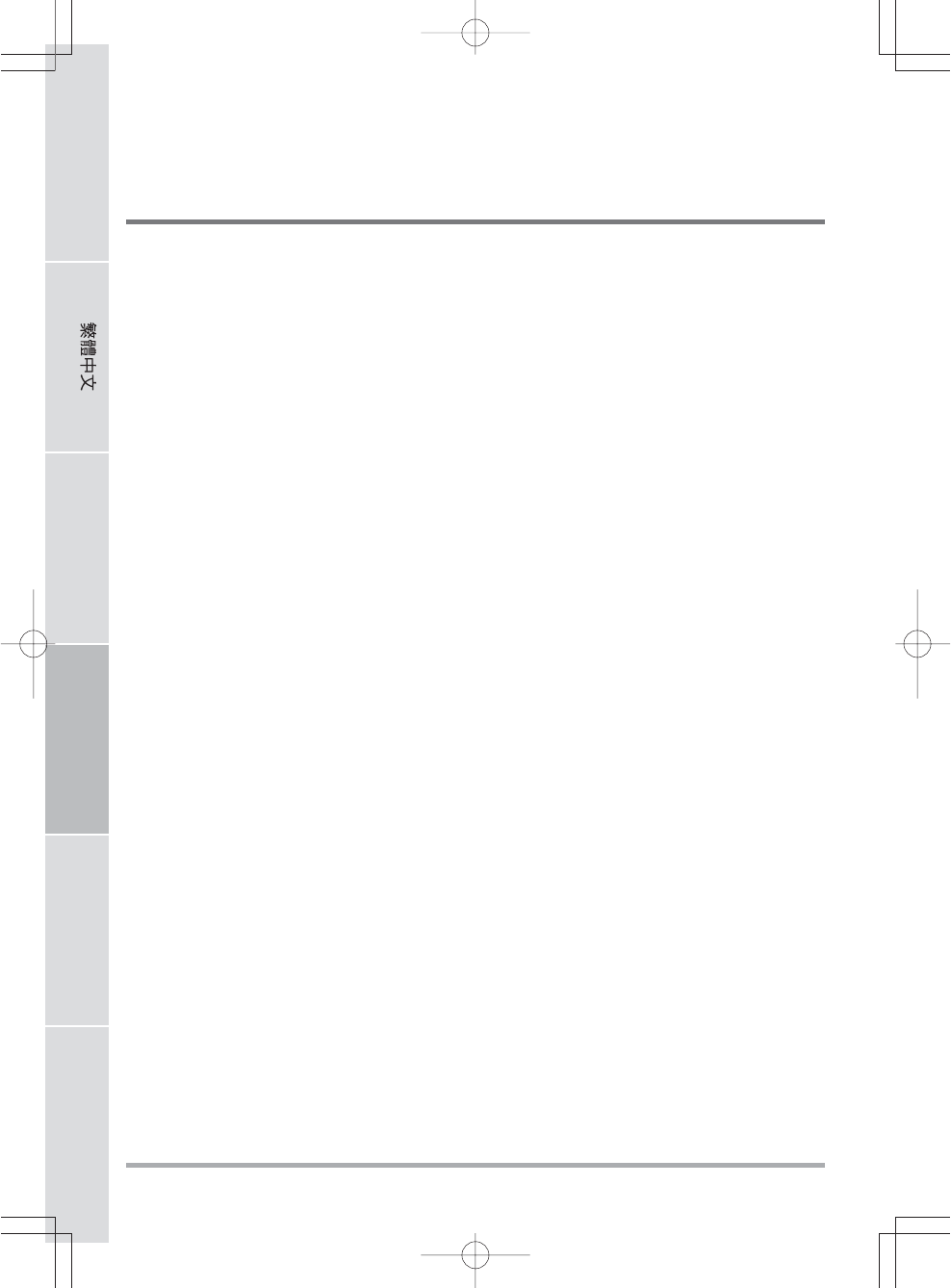
20
ENGLISH FRANÇAIS DEUTSCH ESPAÑOL ITALIANO
FEHLERBEHEBUNG
Das Notebook ist sehr robust und sollte in dieser Hinsicht keinen Anlass zu Beschwerden geben.
Es ist jedoch möglich, dass einfache Installations- und Betriebsprobleme auftreten, die Sie auf der
Stelle beheben können. Es kann auch Probleme mit Peripheriegeräten geben, die behoben werden
können, indem Sie das entsprechende Gerät austauschen. Die Informationen dieses Abschnitts
sollen Ihnen dabei helfen, die einfachen Probleme von den schwerwiegenden Fehlern zu
unterscheiden und selbst zu lösen.
Identifizieren eines Problems
Wenn Sie auf ein Problem stoßen sollten, führen Sie vor einer komplexen Fehlerbehebung zunächst
die folgenden Schritte aus:
1. Schalten Sie das Notebook aus.
2. Stellen Sie sicher, dass der AC-Netzadapter angeschlossen und dieser mit einer funktionierenden
Netzsteckdose verbunden ist.
3. Stellen Sie sicher, dass alle im PC-Karten-Steckplatz eingesteckten Karten richtig eingeführt
wurden. Sie können die Karte auch aus dem Steckplatz entnehmen und so eine mögliche
Fehlerquelle ausschließen.
4. Stellen Sie sicher, dass alle an die externen Anschlüsse angeschlossenen Geräte richtig
angeschlossen wurden. Sie können auch diese Geräte abtrennen, und so weitere mögliche
Fehlerquellen ausschließen.
5. Schalten Sie das Notebook an. Es sollte nach dem Ausschalten mindestens 10 Sekunden lang
ausgeschaltet bleiben, ehe Sie es wieder anschalten.
6. Lassen Sie das Notebook den Bootvorgang ausführen.
7. Wenn das Problem weiterhin besteht, wenden Sie sich an den technischen Kundendienst.
Halten Sie für den Anruf die folgenden Daten zur Verfügung, so dass der Kundendienst Ihnen
schnellstmöglich helfen kann:
• Produktname
• Konfigurationsnummer des Produkts
• Seriennummer des Produkts
• Kaufdatum
• Bedingungen, bei denen das Problem aufgetreten ist
• Alle Fehlermeldungen, die angezeigt wurden
• Hardwarekonfiguration
• Art der angeschlossenen Geräte, falls zutreffend
Die Konfigurations- und Seriennummer des Geräts finden Sie auf dem Konfigurationsetikett, das
sich auf der Unterseite des Notebooks befindet.

21
Urheberrechtlich geschützte Technologien
Dieses Produkt enthält urheberrechtlich geschützte Technologien. Sie sind geschützt durch US-
amerikanische Patente und andere Rechte an intellektuellem Eigentum. Die Verwendung dieser
urheberrechtlich geschützten Technologie muss von Macrovision genehmigt sein, und sie darf nur
für private und andere begrenzte Vorführzwecke verwendet werden. Die Verwendung für andere
Zwecke bedarf der Genehmigung von Macrovision. Reverse Engineering und Disassemblieren ist
untersagt.

MEMO
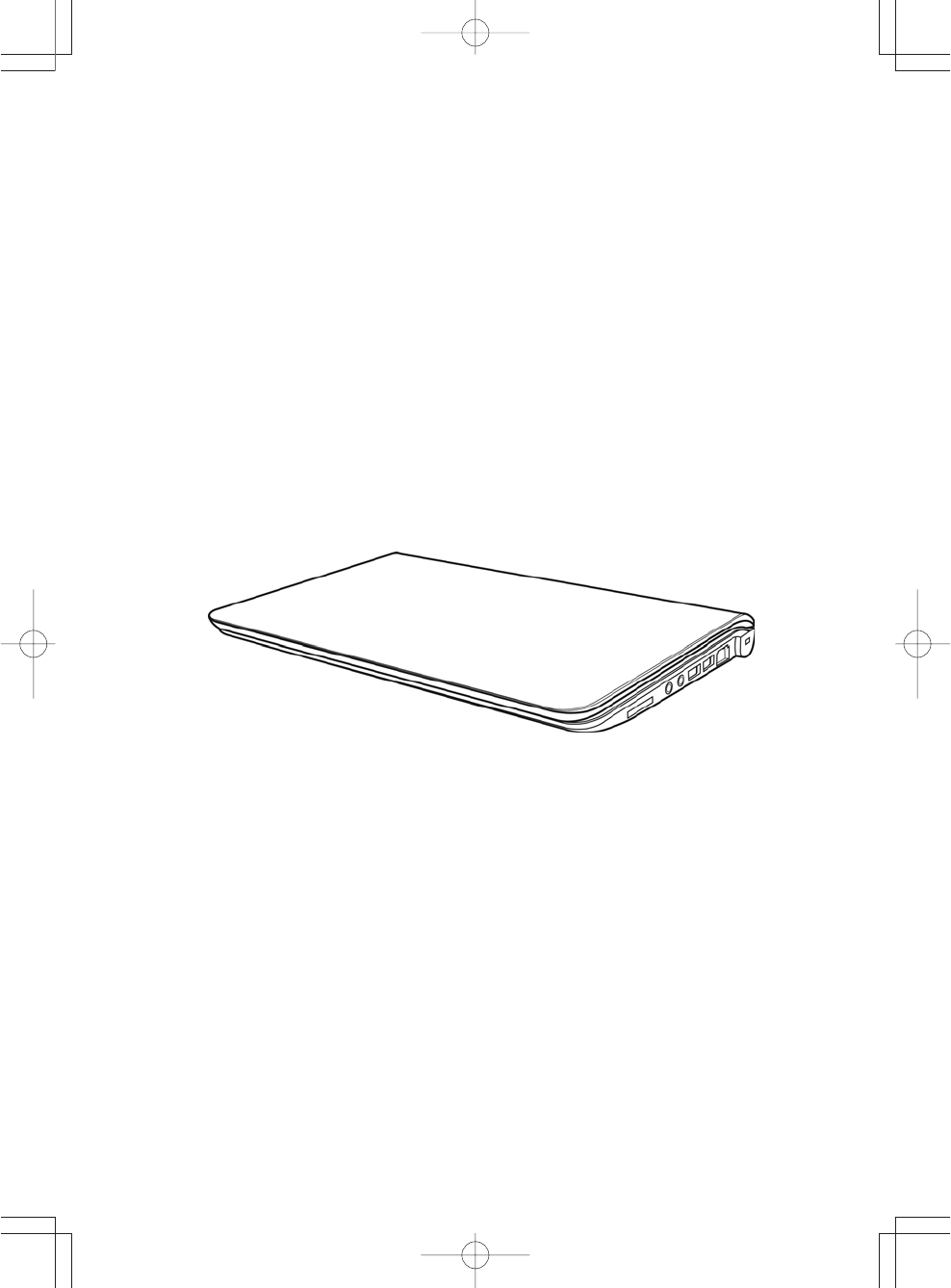
MANUAL DEL USUARIO
Diciembre de 2009
ESPAÑOL
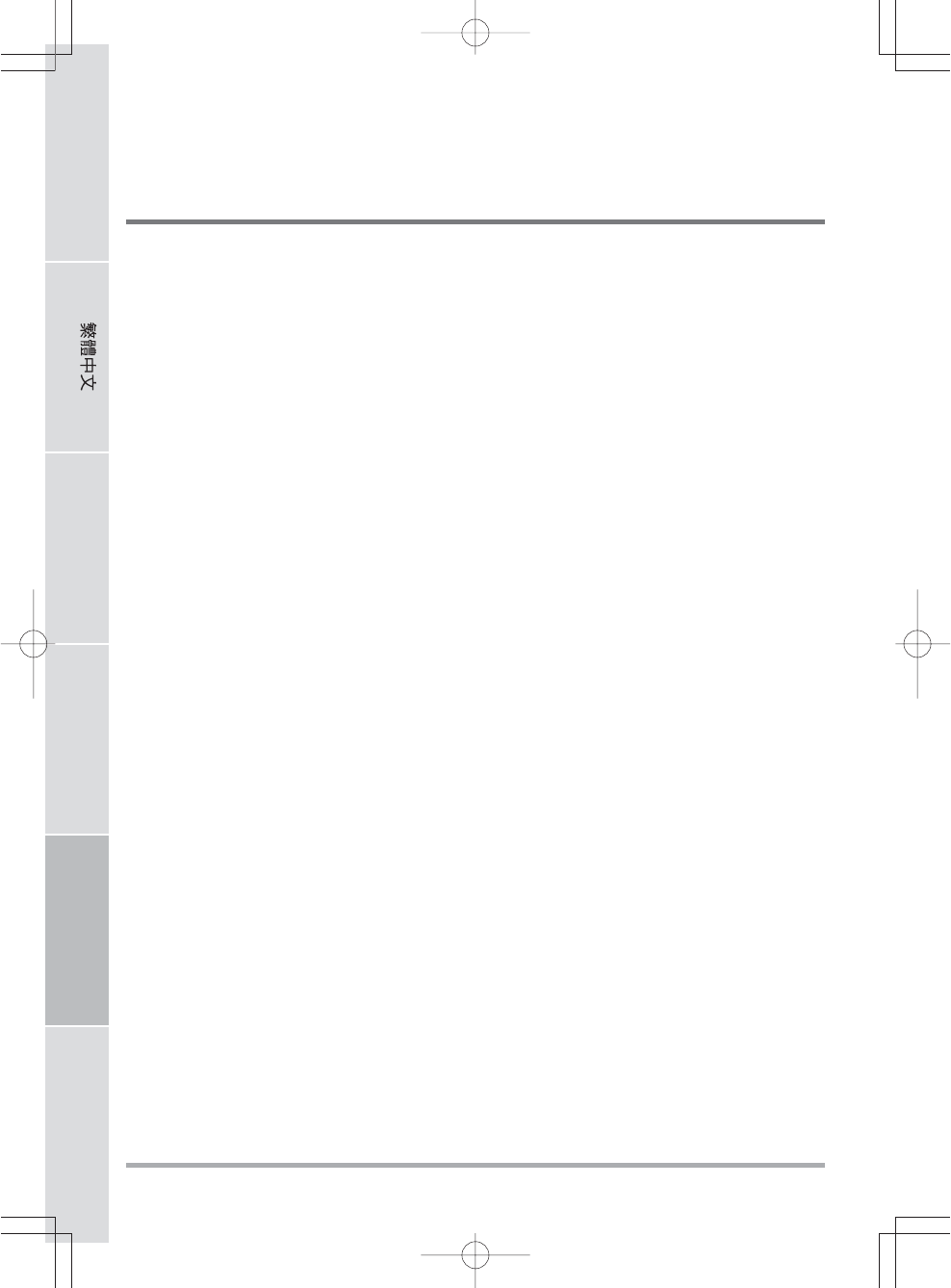
2
ENGLISH FRANÇAIS DEUTSCH ESPAÑOL ITALIANO
CONTENIDO
ANTES DE COMENZAR .......................................................................................... 5
Asegúrese de tenerlo todo ............................................................................................ 5
Familiarícese con el ordenador ..................................................................................... 6
ABRIR LA PANTALLA .................................................................................................. 6
VISTA PREVIA FRONTAL ............................................................................................ 7
VISTA PREVIA DEL LATERAL IZQUIERDO ................................................................ 9
VISTA PREVIA DEL LATERAL DERECHO ................................................................ 10
VISTA PREVIA POSTERIOR...................................................................................... 11
VISTA PREVIA INFERIOR ......................................................................................... 12
PRIMEROS PASOS .............................................................................................. 13
Fuentes de alimentación .............................................................................................. 13
CONECTAR LOS ADAPTADORES DE ALIMENTACIÓN .......................................... 13
CARGAR LA BATERÍA ............................................................................................... 14
Iniciar su portátil ........................................................................................................... 15
ENCENDER ............................................................................................................. 15
Indicadores de estado ............................................................................................. 16
Usar las teclas de función ....................................................................................... 18
Usar el TouchPad..................................................................................................... 19
SOLUCIÓN DE PROBLEMAS .............................................................................. 20
Identificar el problema ................................................................................................. 20
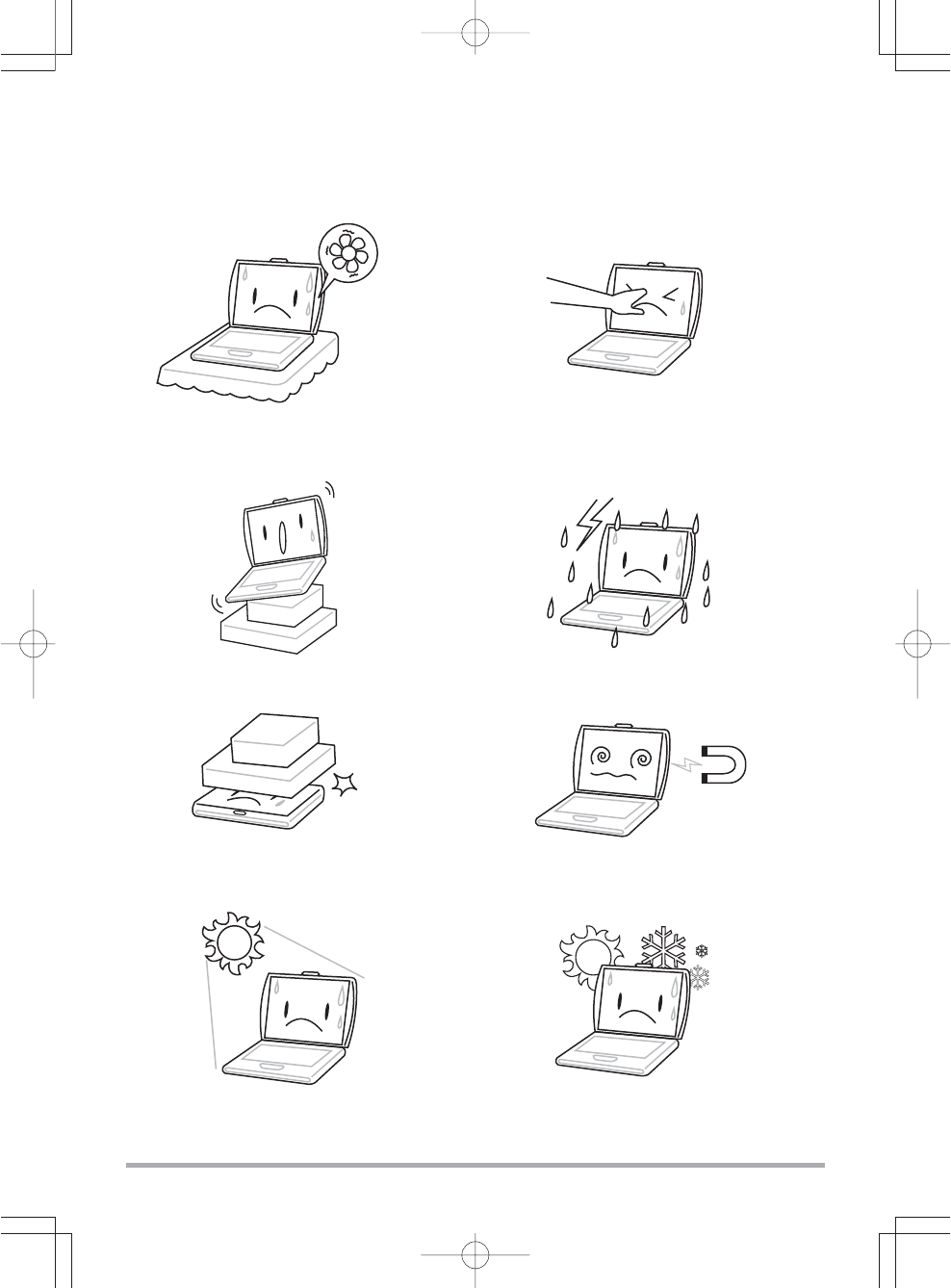
3
CUIDADOS DE SU PC PORTÁTIL
NO coloque o deje caer objetos sobre el ordenador
y NO ejerza una presión fuerte sobre él.
NO exponga el ordenador a campos magnéticos.
Para evitar el posible calentamiento del procesador
del ordenador, asegúrese de no bloquear las
aperturas de ventilación.
NO presione ni toque la pantalla.
NO lo coloque en superficies desiguales o
inestables.
NO utilice su ordenador portátil en condiciones
adversas.
NO lo exponga a la luz directa del sol. NO lo utilice ni lo almacene a temperaturas
extremas.
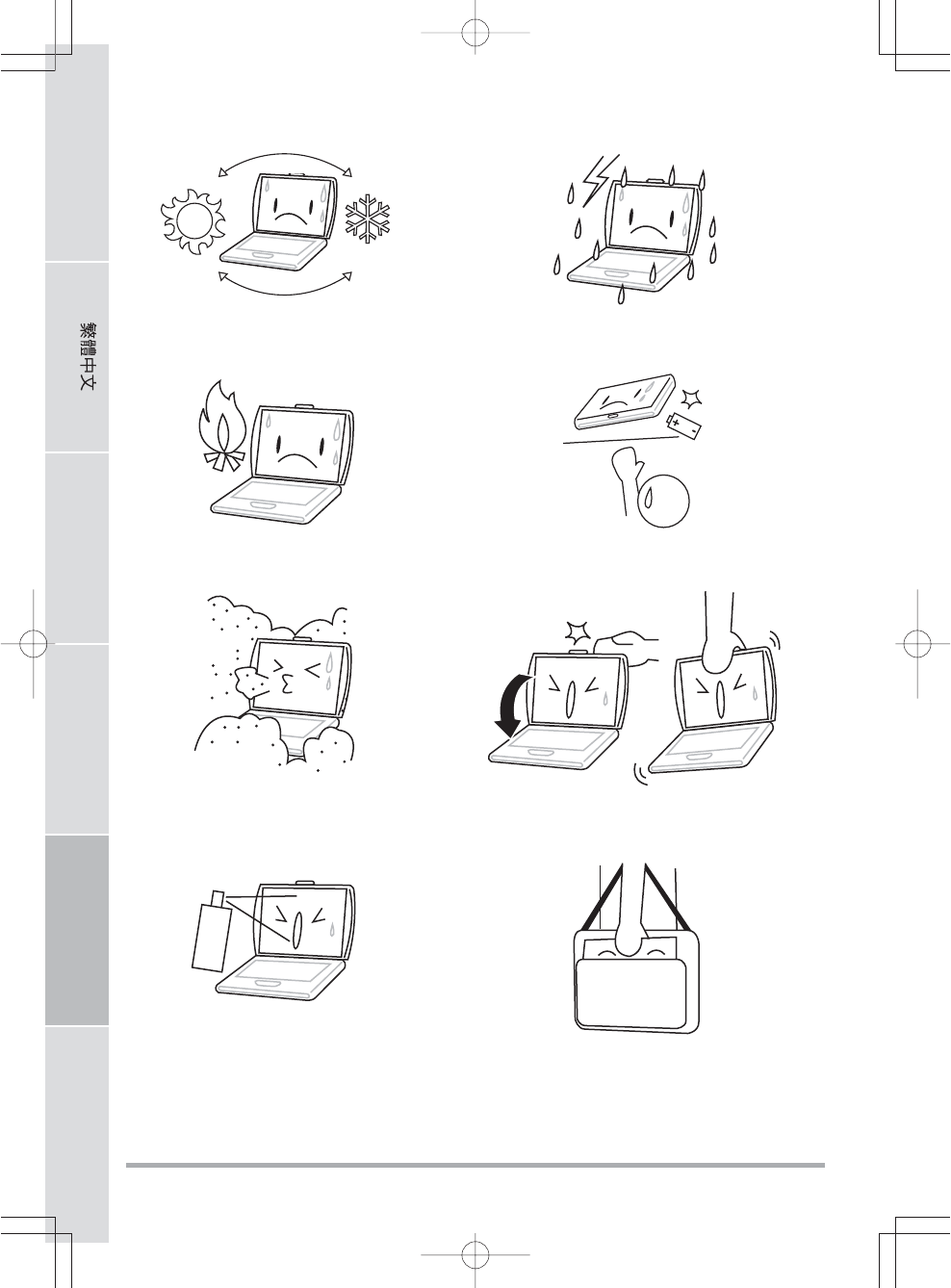
4
ENGLISH FRANÇAIS DEUTSCH ESPAÑOL ITALIANO
NO lo exponga al polvo y/o a químicos
corrosivos.
NO cierre de golpe el portátil y nunca levante o
sostenga el portátil por la pantalla.
NO lo coloque cerca del fuego u otras fuentes de
calor.
NO manipule las baterías. Manténgalas fuera del
alcance de los niños.
Evite cambios bruscos de temperatura o humedad
manteniéndolo alejado del aire acondicionado y
calefactores.
NO exponga el ordenador a la lluvia o a la
humedad.
NO pulverice agua u otros fluidos de limpieza
directamente sobre la pantalla.
Si viaja con el ordenador, recuerde llevarlo como
equipaje de mano. No lo facture como equipaje.
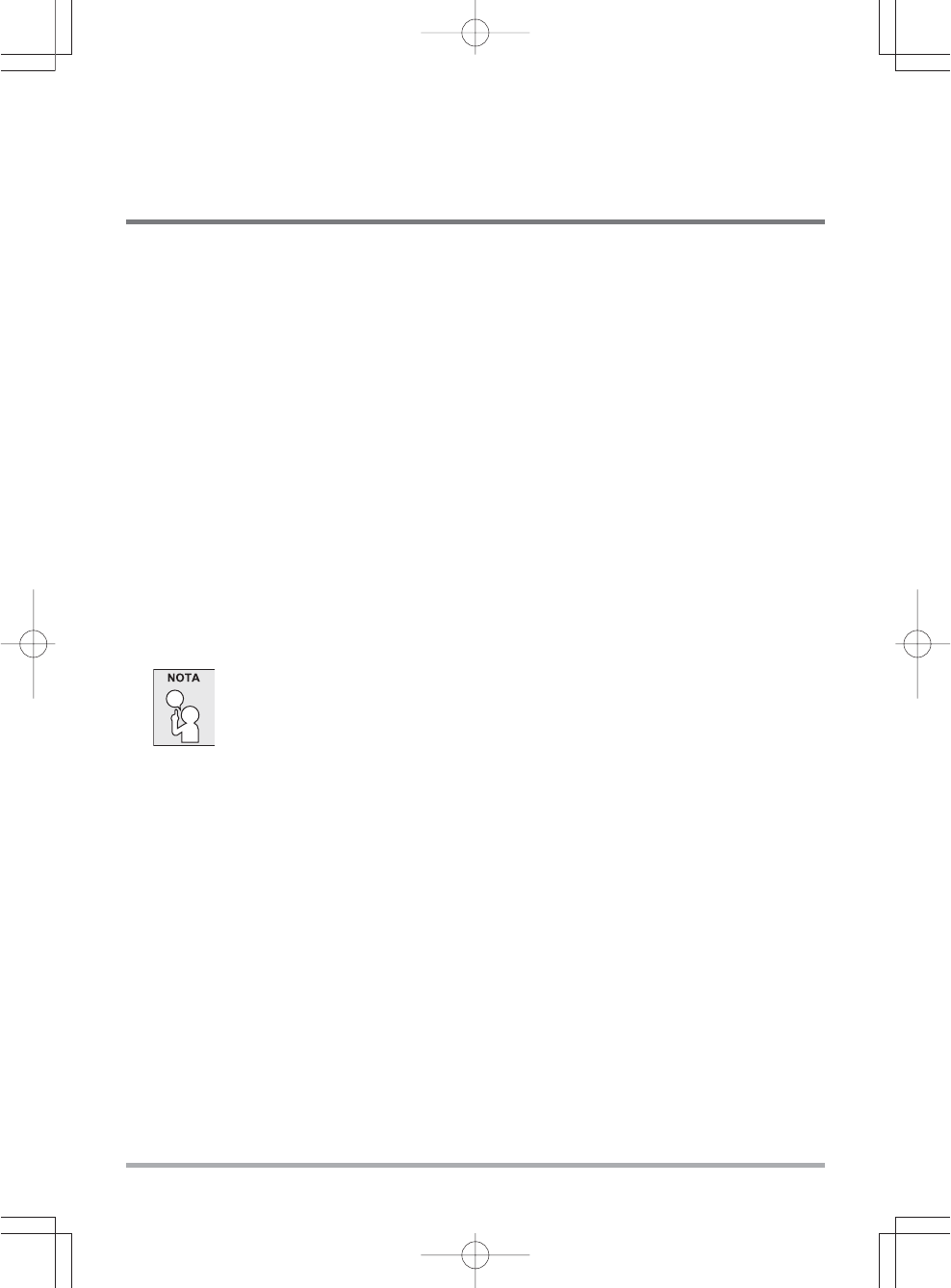
5
ANTES DE COMENZAR
Asegúrese de tenerlo todo
Cuando reciba su PC portátil, retire el embalaje con cuidado y compruebe si tiene todos los
artículos listados a continuación. Para un modelo preconfigurado debería tener lo siguiente:
• Ordenador portátil
• Batería de litio
• Adaptador de CA con cable de alimentación
• CD del controlador y aplicaciones
• Guía de inicio rápido o Guía del usuario
Dependiendo de la configuración de su portátil, puede que también necesite estos artículos:
• Disco DVD+/-RW de aplicaciones
• Disco Super Multi DVD RW de aplicaciones
• Disco Blu-ray/DVD RW de aplicaciones
Tras haber comprobado y confirmado que el sistema de su portátil está al completo, lea las
siguientes páginas para conocer más todos los componentes de su portátil.
Dependiendo del modelo comprado, la apariencia real de su portátil puede ser
distinta a la mostrada en este manual.
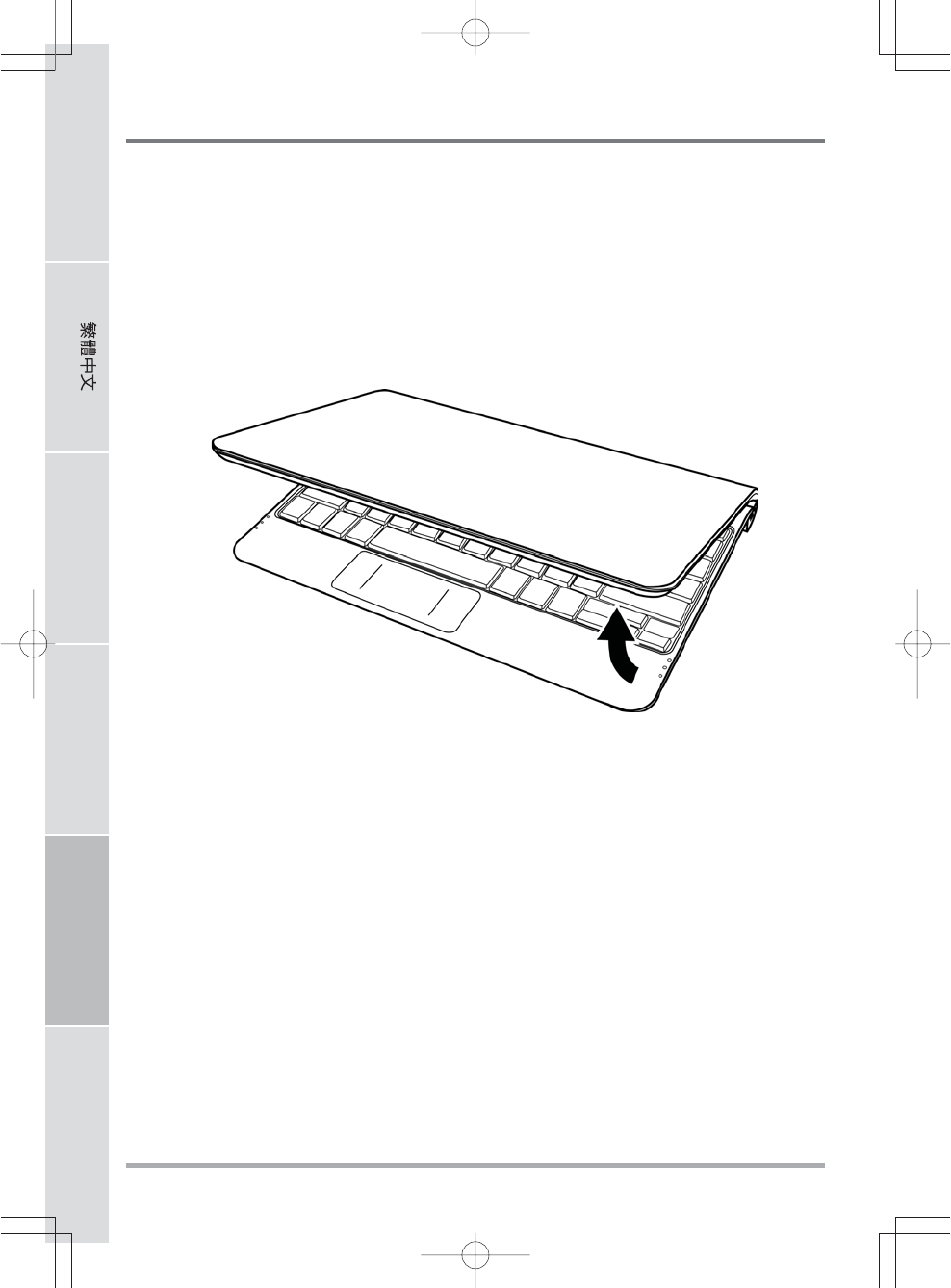
ANTES DE COMENZAR
6
ENGLISH FRANÇAIS DEUTSCH ESPAÑOL ITALIANO
Familiarícese con el ordenador
ABRIR LA PANTALLA
Para abrir la pantalla, simplemente levante la tapa.
Cuando la cierre, asegúrese de no golpearla bruscamente.
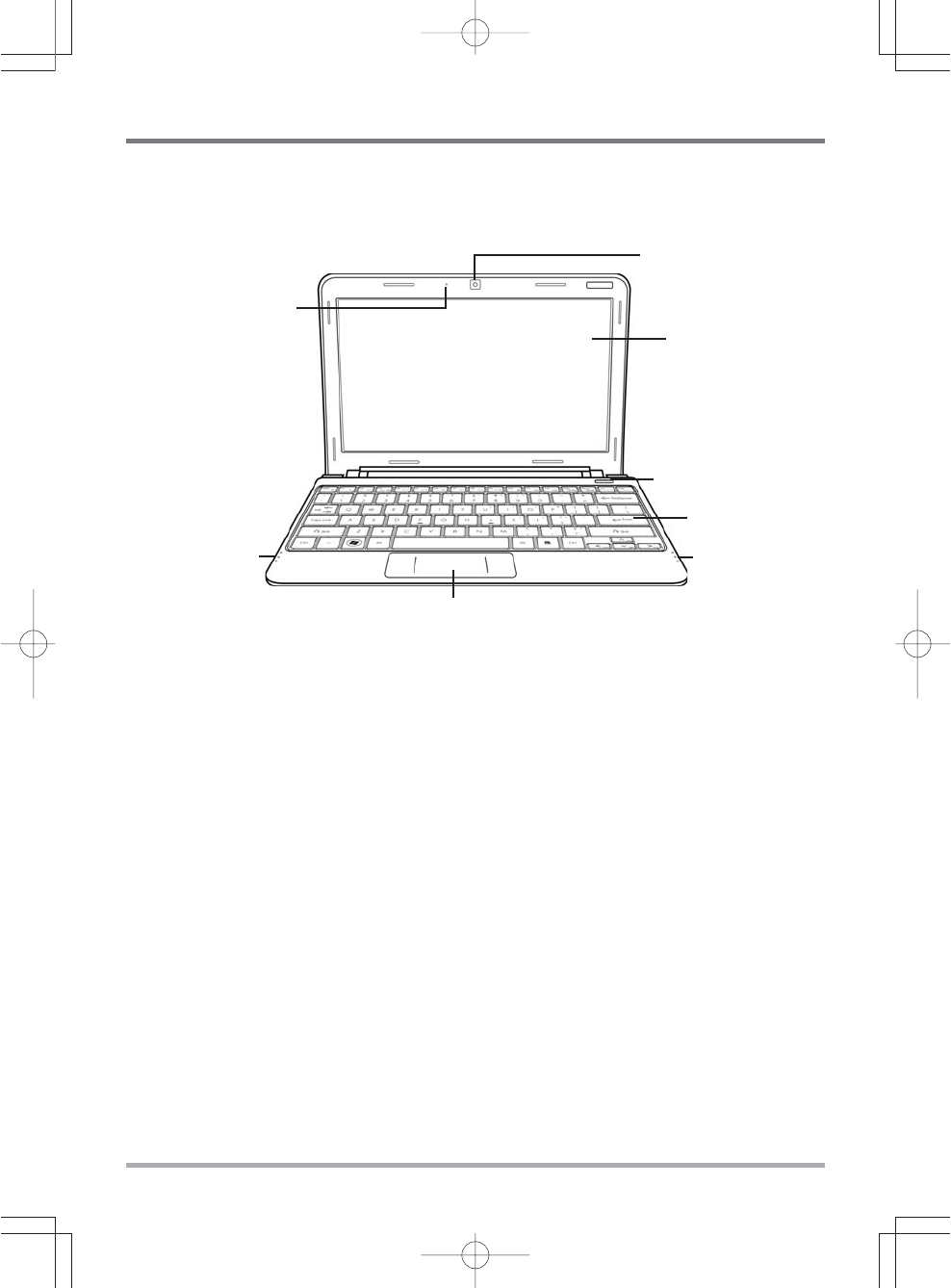
ANTES DE COMENZAR
7
VISTA PREVIA FRONTAL
Esta es una vista previa de la parte frontal del portátil.
Cámara
La cámara incorporada de 0.3 ó 1.3 megapíxeles le permite tomar fotos o chatear y hacer
videoconferencia con sólo un clic.
Pantalla
La pantalla es una pantalla LCD de color con luz de fondo para la visualización de texto y gráficos.
Botón suspender/encender
Este botón enciende y apaga su portátil o lo deja en estado de suspensión. (Ver Botón suspender/
encender en la sección Encender para más información).
Teclado
Teclado de tamaño completo con teclas exclusivas para Windows®.
Pantalla
Dispositivo puntero TouchPad
Botón suspender/
encender
Teclado
Luces indicadoras
de estado
Luces indicadoras
de estado
Micrófono
Cámara
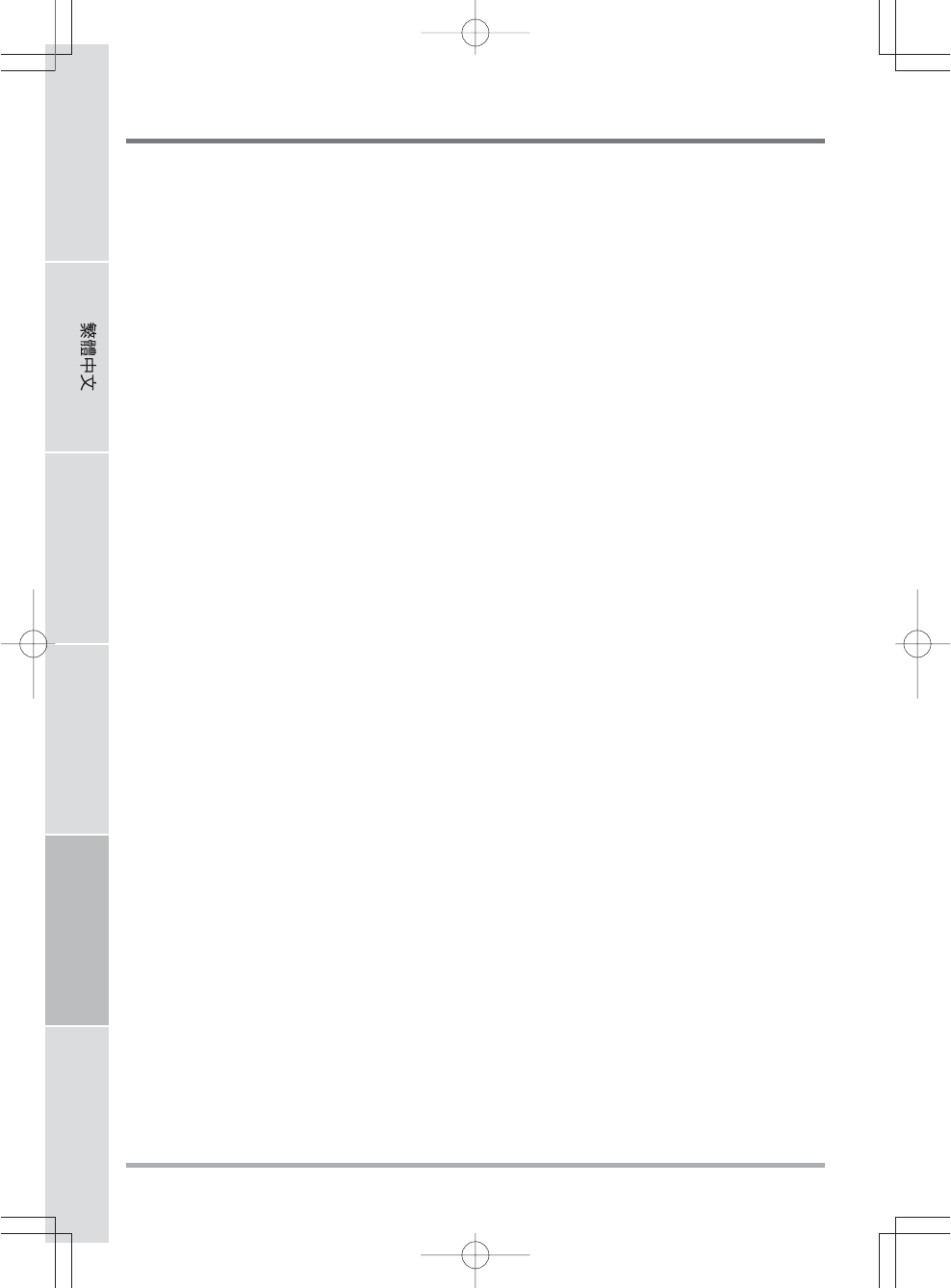
ANTES DE COMENZAR
8
ENGLISH FRANÇAIS DEUTSCH ESPAÑOL ITALIANO
Luces indicadoras de estado
Las luces indicadoras de estado corresponden a modos de operación específicos. Estos modos
son: estado Encendido/suspensión, estado batería/adaptador AC, actividad del disco duro (HDD),
Bloqueo numérico, Bloqueo mayúsculas y actividad de transmisión inalámbrica.
Dispositivo puntero TouchPad
El dispositivo puntero TouchPad es un control de cursor como un ratón con dos botones y una
plataforma táctil sensible al movimiento.
Micrófono
El micrófono incorporado permite la recepción y transmisión de voz y/u otros datos de audio a
cualquier programa capaz de aceptar dicha entrada.
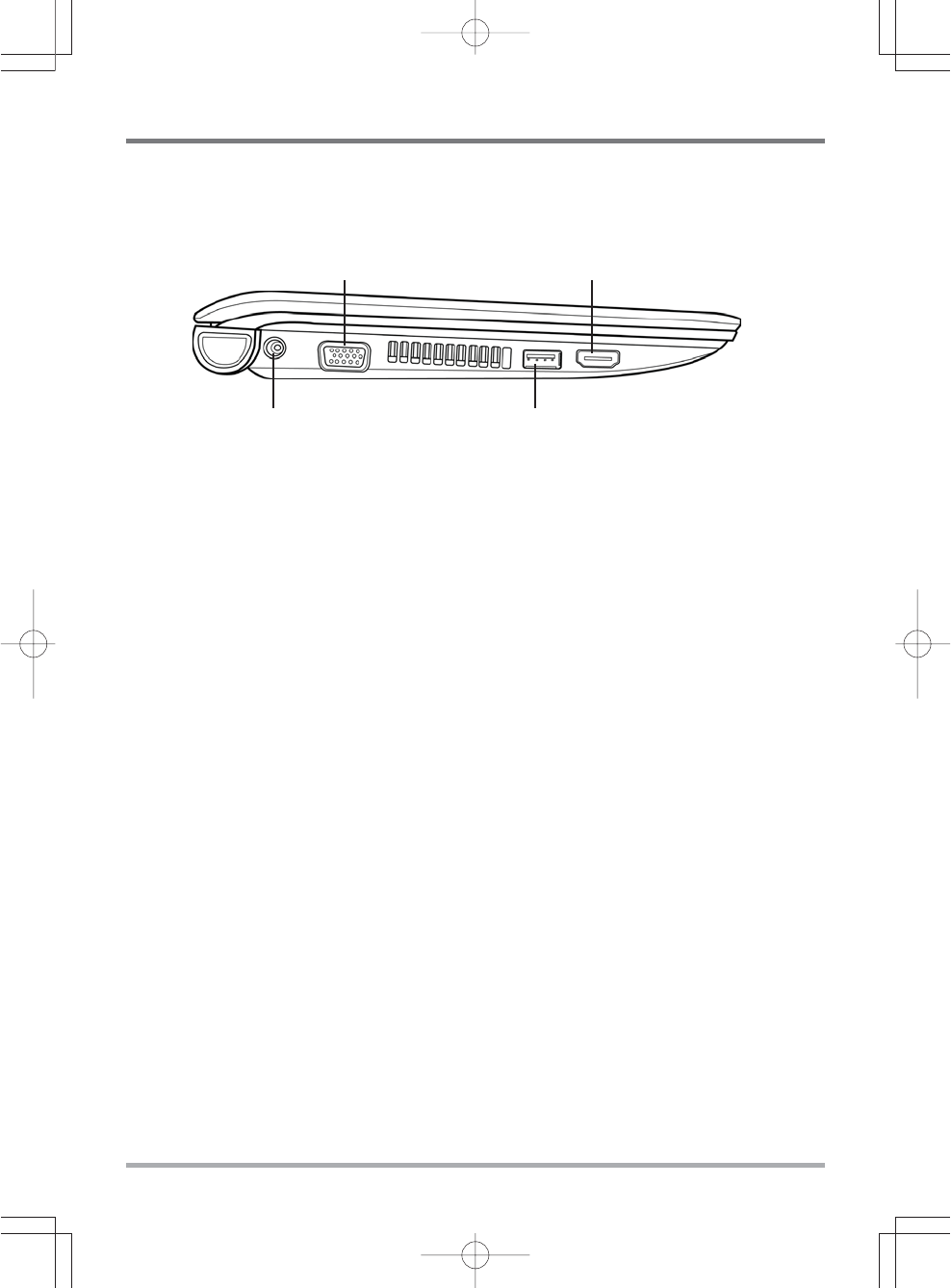
ANTES DE COMENZAR
9
Puerto del adaptador de alimentacion
El puerto del adaptador de alimentacion le permite conectar un adaptador CA para alimentar su
portatil y cargar la bateria interna de litio.
Puerto para monitor externo
El puerto para monitor externo le permite conectar un monitor externo.
Puerto USB
El puerto USB le permite conectar dispositivos de Bus Serie Universal (USB). Soporta la versión
v2.0 del estándar USB, que permite tasas de intercambio de datos de hasta 480 Mb/s.
Puerto HDMI
El puerto HDMI le permite conectar un dispositivo de vídeo como un televisor, un proyector o
un VCR.
Puerto HDMI
Puerto para monitor externo
Puerto del adaptador de alimentacion Puerto USB
VISTA PREVIA DEL LATERAL IZQUIERDO
A continuación se presenta una breve descripción del lateral izquierdo del portátil.
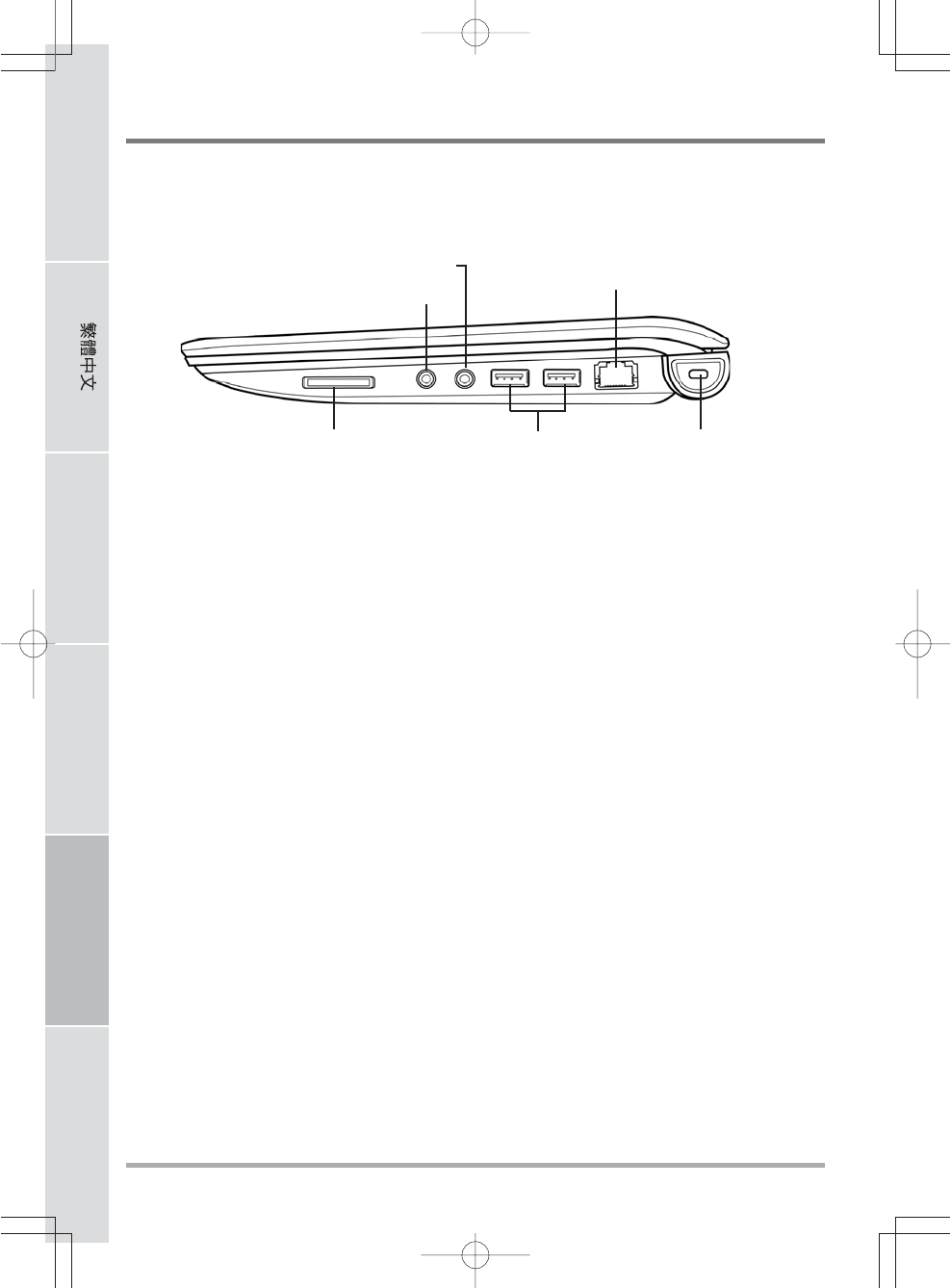
ANTES DE COMENZAR
10
ENGLISH FRANÇAIS DEUTSCH ESPAÑOL ITALIANO
Lector de tarjetas de memoria
El lector de tarjetas de memoria ofrece el metodo mas rapido y comodo para transferir imagenes,
musica y datos entre su portatil y dispositivos compatibles con flash como camaras digitales,
reproductores MP3, telefonos moviles y PDAs.
Clavija de auriculares
La clavija de auriculares le permite conectar auriculares o altavoces externos y amplificadores.
Clavija de micrófono
La clavija de micrófono le permite conectar un micrófono mono externo.
Puertos USB
Los puertos USB le permiten conectar dispositivos de Bus Serie Universal. Soportan la versión
v2.0 del estándar USB, que permite tasas de intercambio de datos de hasta 480 Mb/s.
Puerto LAN (RJ-45)
El puerto LAN esta disenado para soportar un enchufe RJ-45 estandar Base-T de 10/100.
Clavija de micrófono Puerto LAN (RJ-45)
Clavija de auriculares
Lector de tarjetas de memoria Ranura de bloqueo KensingtonPuertos USB
VISTA PREVIA DEL LATERAL DERECHO
A continuación se presenta una breve descripción del lateral derecho del portátil.
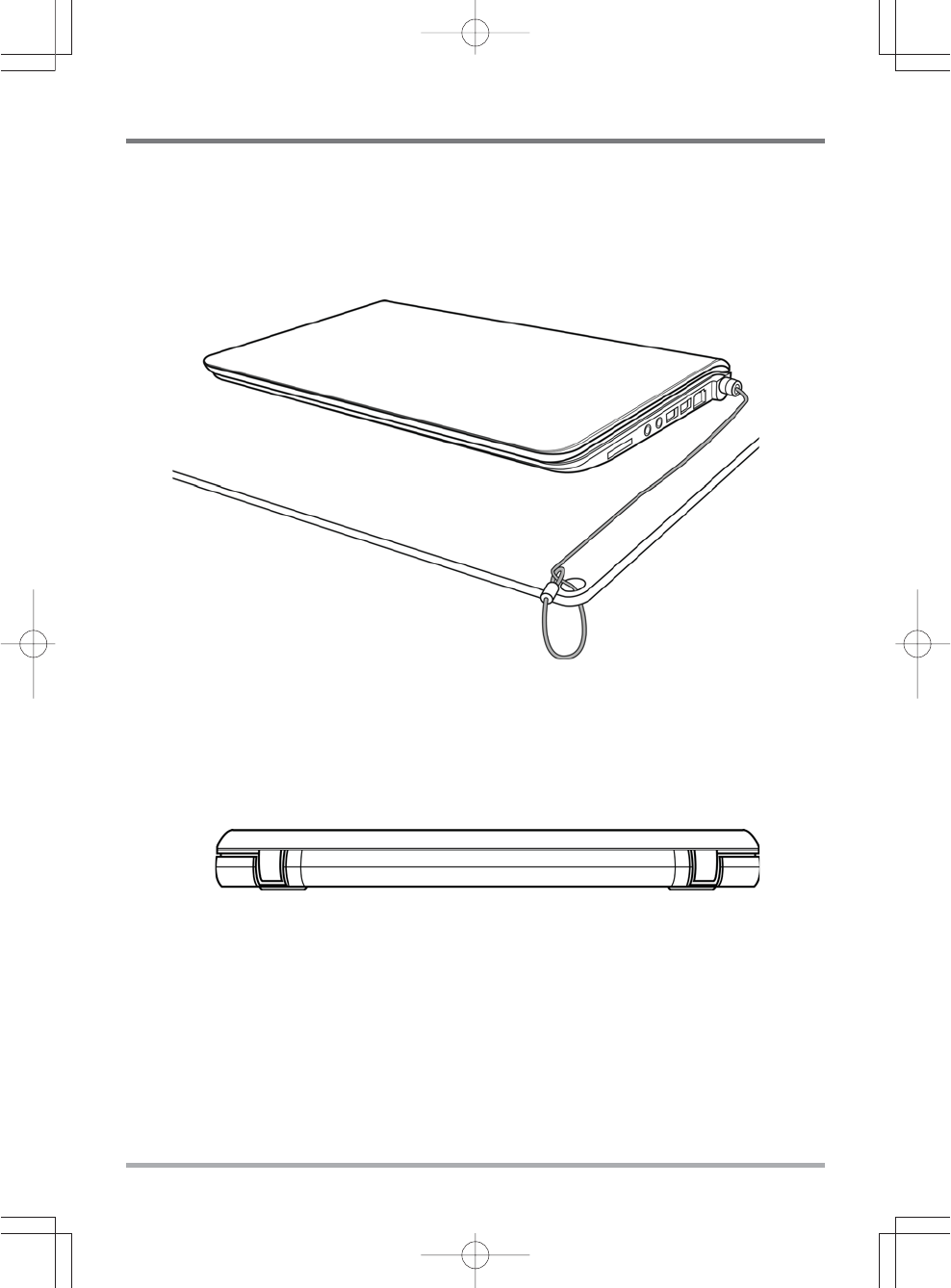
ANTES DE COMENZAR
11
VISTA PREVIA POSTERIOR
Esta es una vista previa de la parte posterior del portátil.
Ranura de bloqueo Kensington
La ranura de bloqueo Kensington le permite fijar su portatil a un objeto fijo a traves de un cable de
seguridad opcional
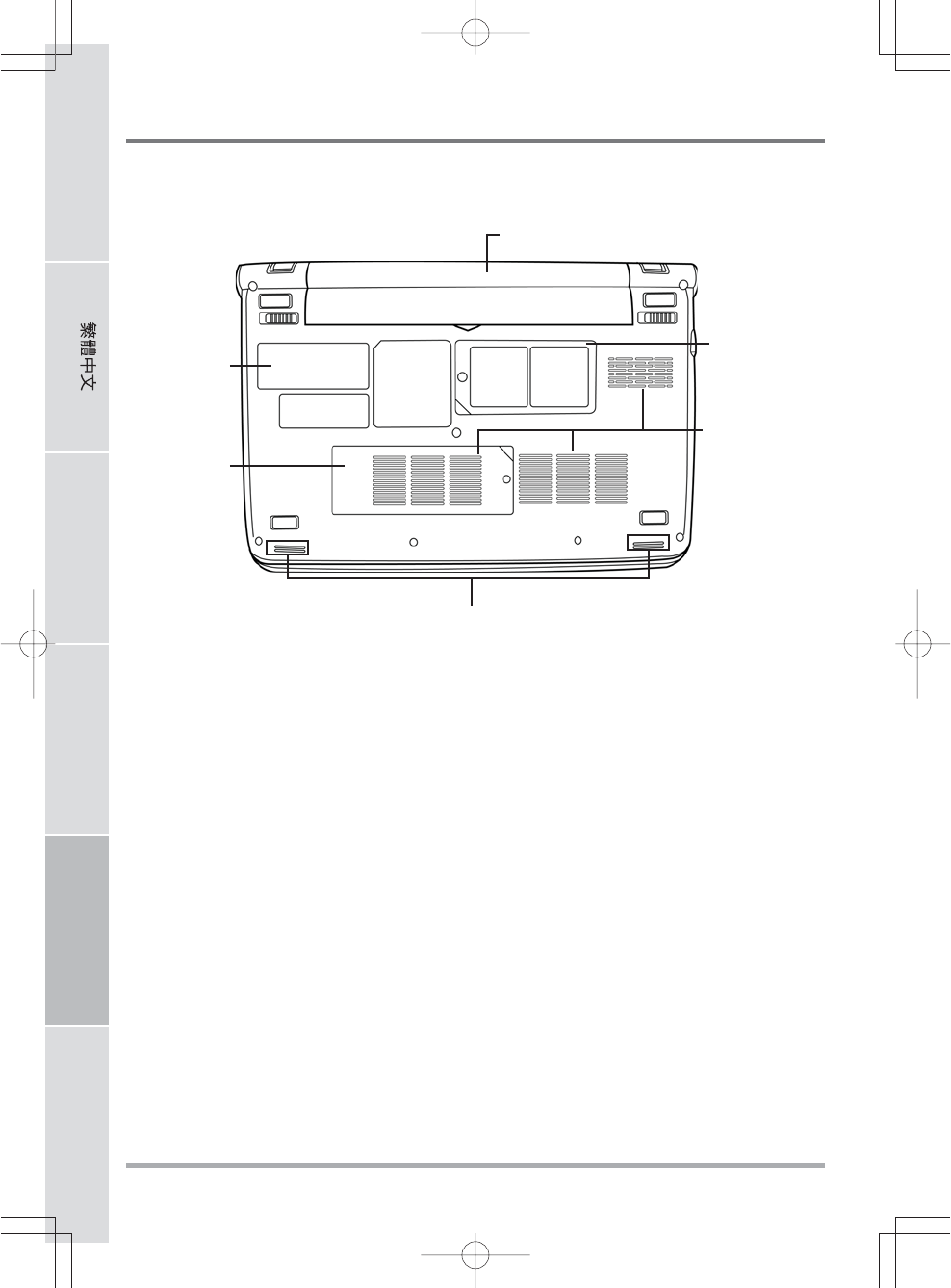
ANTES DE COMENZAR
12
ENGLISH FRANÇAIS DEUTSCH ESPAÑOL ITALIANO
Bahia de bateria de litio
Tapa del
compartimiento
Etiqueta de
clasificacion
Altavoces estéreo
Tapa del
compartimiento
Salidas del
ventilador
VISTA PREVIA INFERIOR
Esta es una vista previa de la parte inferior del portátil.
Bahia de bateria de litio
La bahia de la bateria de litio contiene la bateria de litio interna. Se puede abrir para quitar la bateria
y guardarla durante mucho tiempo o para cambiar una bateria gastada por una bateria de litio
cargada.
Tapa del compartimiento
El compartimiento para Wi-Fi contiene la tarjeta inalámbrica LAN y el módulo 3G (no disponible
en todas las configuraciones). El compartimiento de la memoria contiene el módulo de memoria del
ordenador.
Salidas del ventilador
Son puertos abiertos para que el ventilador disipe el calor de los componentes internos del
ordenador. No bloquee ni coloque el ordenador en una posicion en que se puedan bloquear las
salidas.
Altavoces estéreo
Los altavoces duales incorporados permiten el sonido en estéreo.
Etiqueta de clasificacion
La etiqueta muestra el numero de modelo y otra informacion acerca de su portatil.